GLOBAL SUSTAINABILITY CONSULTANTS OF 2023
FLEET MANAGERS READY TO Vs?
B CORP: THE GOLD STANDARD OF SUSTAINABILITY
PROTECTING PLANET AND PEOPLE THROUGH INGREDIENT INNOVATION






GLOBAL SUSTAINABILITY CONSULTANTS OF 2023
FLEET MANAGERS READY TO Vs?
B CORP: THE GOLD STANDARD OF SUSTAINABILITY
PROTECTING PLANET AND PEOPLE THROUGH INGREDIENT INNOVATION





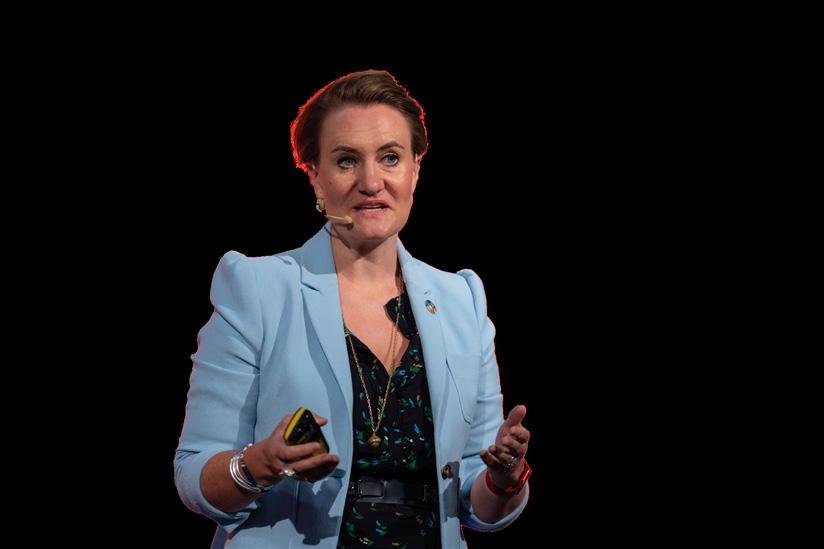
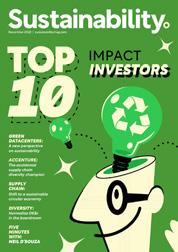
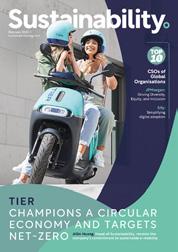
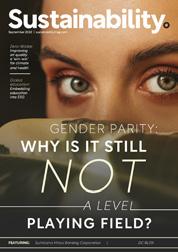
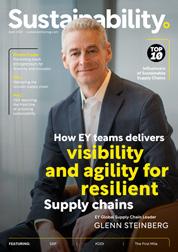
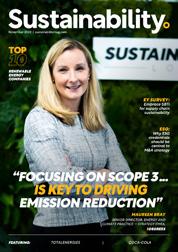


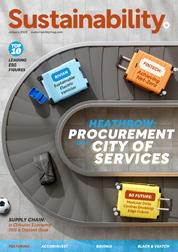

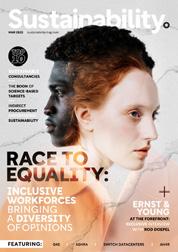
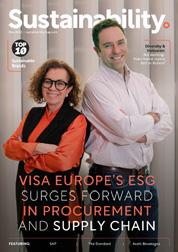



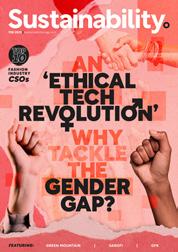

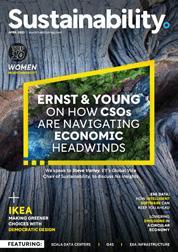
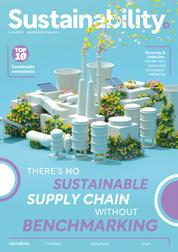





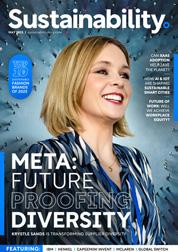
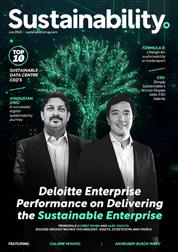





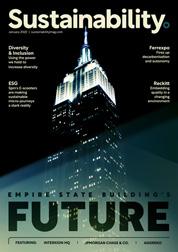
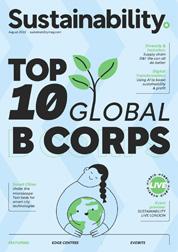













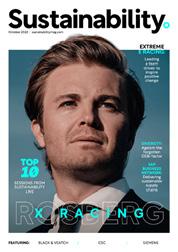




Sustainability magazine is an established and trusted voice with an engaged and highly targeted audience of 58,000 global executives
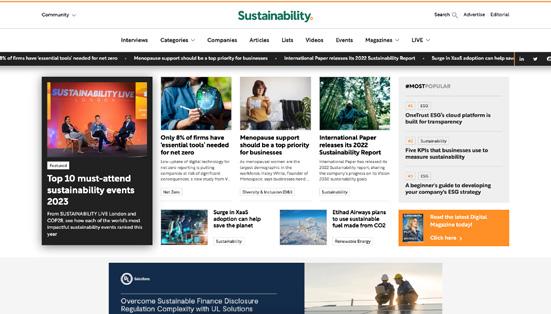






Digital Magazine
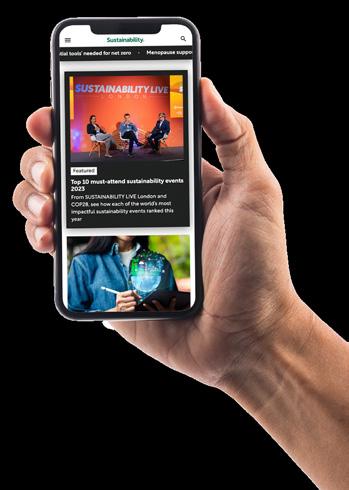

Website
Newsletters
Industry Data & Demand Generation
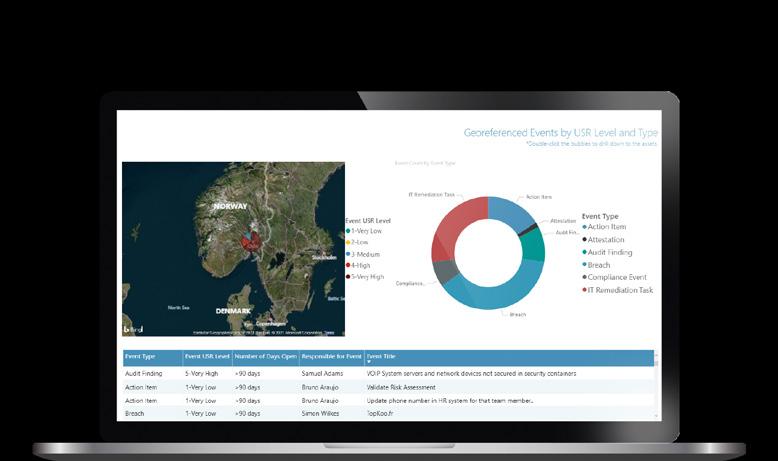
Webinars: Creation & Promotion
White Papers & Research Reports
Lists: Top 10s & Top 100s
Events: Virtual & In-Person

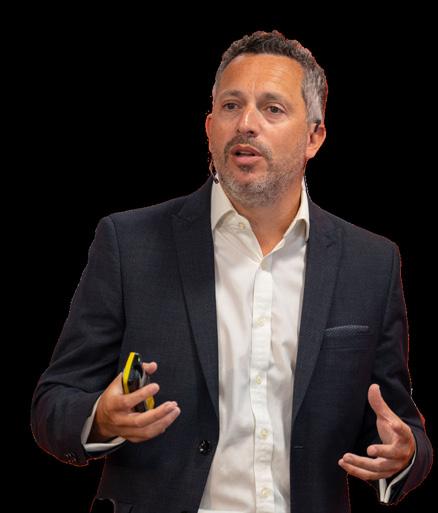
WORK WITH US

EDITOR-IN-CHIEF
LUCY BUCHHOLZ
CHIEF CONTENT OFFICER
SCOTT BIRCH
MANAGING EDITOR
NEIL PERRY
PROOFREADER
JESS GIBSON
CHIEF DESIGN OFFICER
MATT JOHNSON
HEAD OF DESIGN ANDY WOOLLACOTT
LEAD DESIGNER
MIMI GUNN
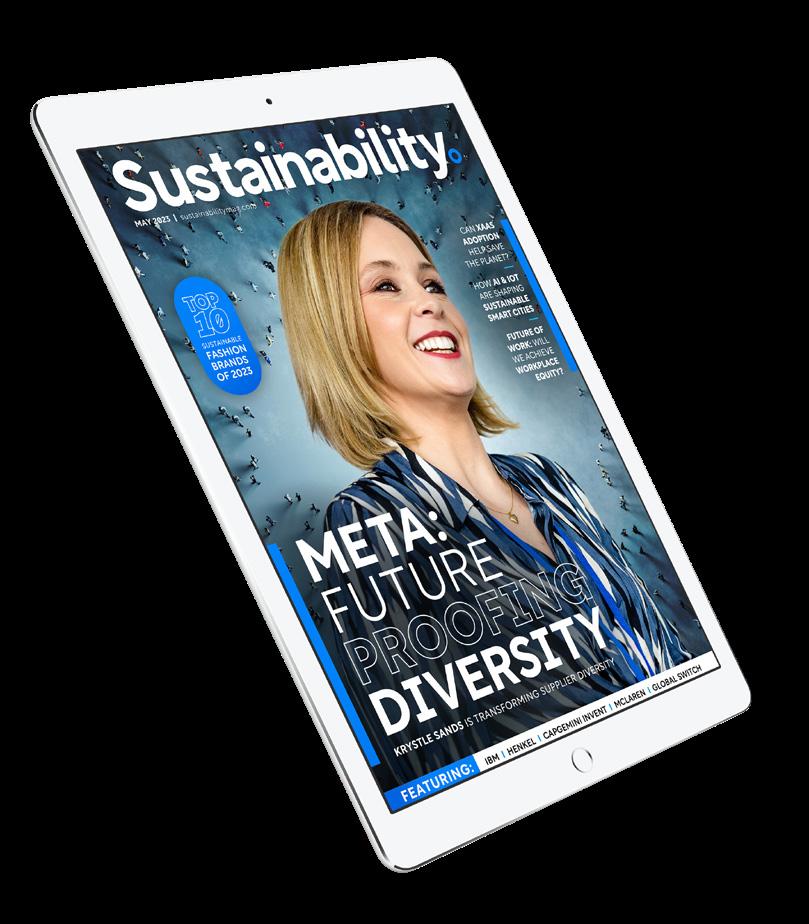
FEATURE DESIGNERS
SOPHIE-ANN
HECTOR PENROSE
SAM HUBBARD
REBEKAH BIRLESON
JULIA WAINWRIGHT
ADVERT DESIGNERS
JORDAN WOOD
CALLUM HOOD
DANILO CARDOSO
VIDEO PRODUCTION MANAGER
KIERAN WAITE
SENIOR VIDEOGRAPHER
HUDSON MELDRUM
DIGITAL

MARTA
THOMAS
DREW HARDMAN
JOSEPH HANNA
SALLY
JINGXI WANG
PRODUCTION DIRECTORS
GEORGIA ALLEN
DANIELA KIANICKOVÁ
PRODUCTION MANAGERS
JANE ARNETA
MARIA GONZALEZ
CHARLIE
YEVHENIIA
MARKETING MANAGER
PROJECT DIRECTORS
MEDIA SALES DIRECTOR
CHARLIE MCGILL
MANAGING DIRECTOR
CEO
With businesses competing to be the largest, wealthiest, and, nowadays, the greenest, it can be challenging to determine which ones are trustworthy and which are simply greenwashing.
B Corp certification was established to showcase the businesses truly committed to sustainability and has long been hailed as the gold standard for the corporate world. In this issue we investigate whether this still rings true.


Likewise, we pay tribute to the top 10 sustainability consultants of 2023, to highlight the firms going above and beyond to set and reach the very best ESG goals. Find out where the likes of BCG, KPMG, EY and many more rank on the list.
We also delve into the world of electrification. As more tools and insights are proving the benefits to fleets and their drivers when electrifying, we explore whether fleet managers are actually ready to adopt EVs.
LUCY BUCHHOLZ
lucy.buchholz@bizclikmedia.com

THE MEANING OF "SUSTAINABILITY" HAS BECOME SOMEWHAT UNCLEAR
SHOWCASING BUSINESSES TRULY COMMITTED TO SUSTAINABILITY”

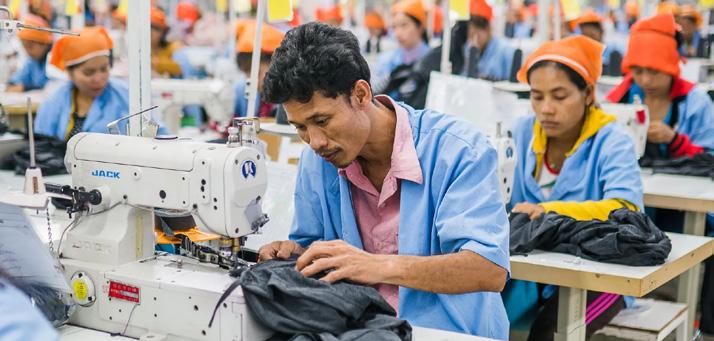
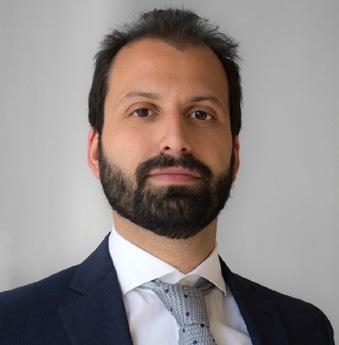
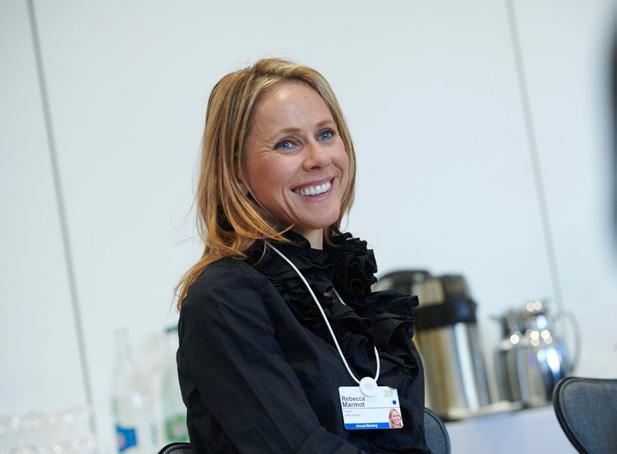




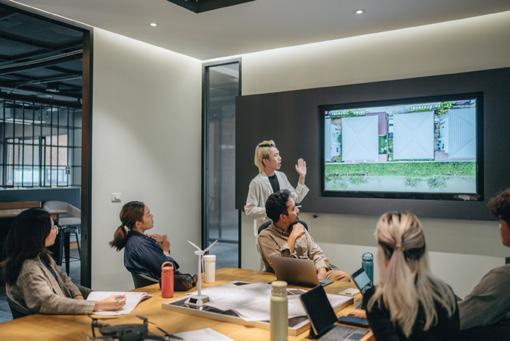
088 DATABANK
088 114
DataBank fuelling tech growth by taking data to the edge
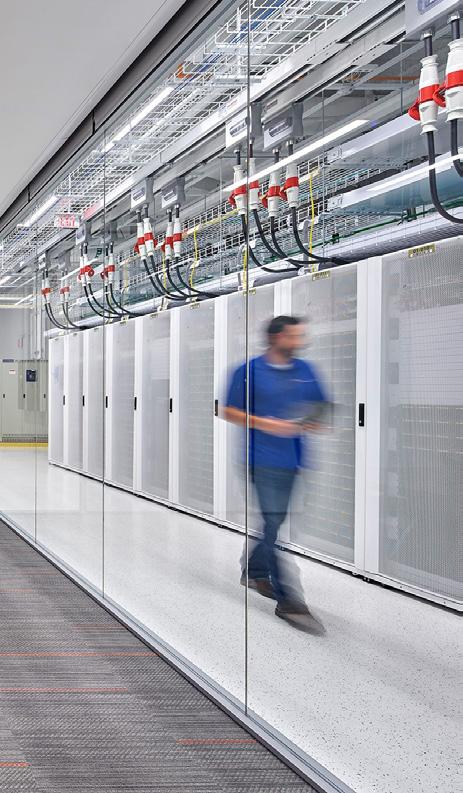
106 NET ZERO
Transitioning fleets made easier with EV readiness planning

114 HCLTECH
Optimise manufacturing with digital and industry 4.0


124 SUPPLY CHAIN
SUSTAINABILITY
Being seen to be green is no longer enough – you need proof
JUNE
134 21 ST CENTURY TECHNOLOGIES
Building Africa’s largest digital infrastructure
148 TOP 1 0 Global sustainability consultants of 2023
160 VODAFONE AUTOMOTIVE Connected mobility builds safety into road infrastructure

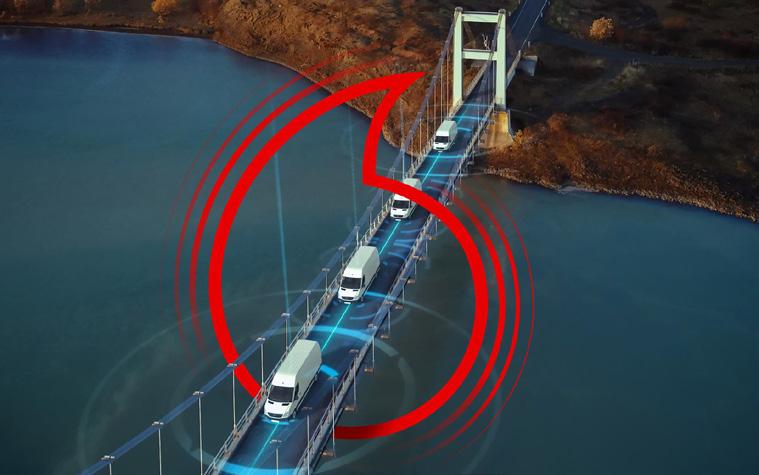
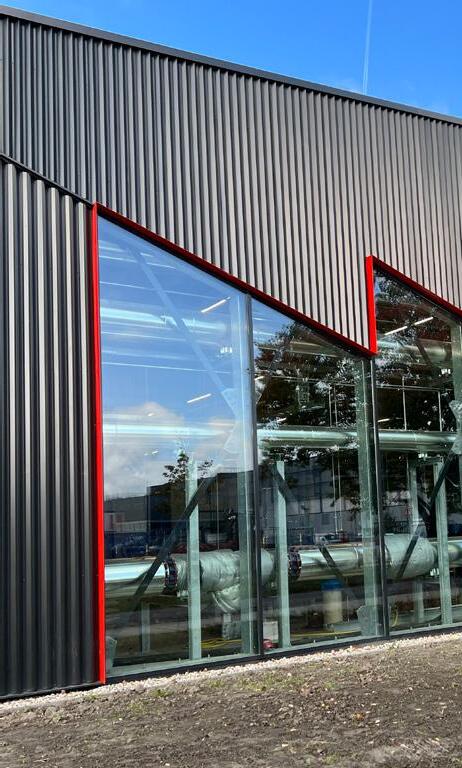
174 Q TS
The future of sustainable data centres
174


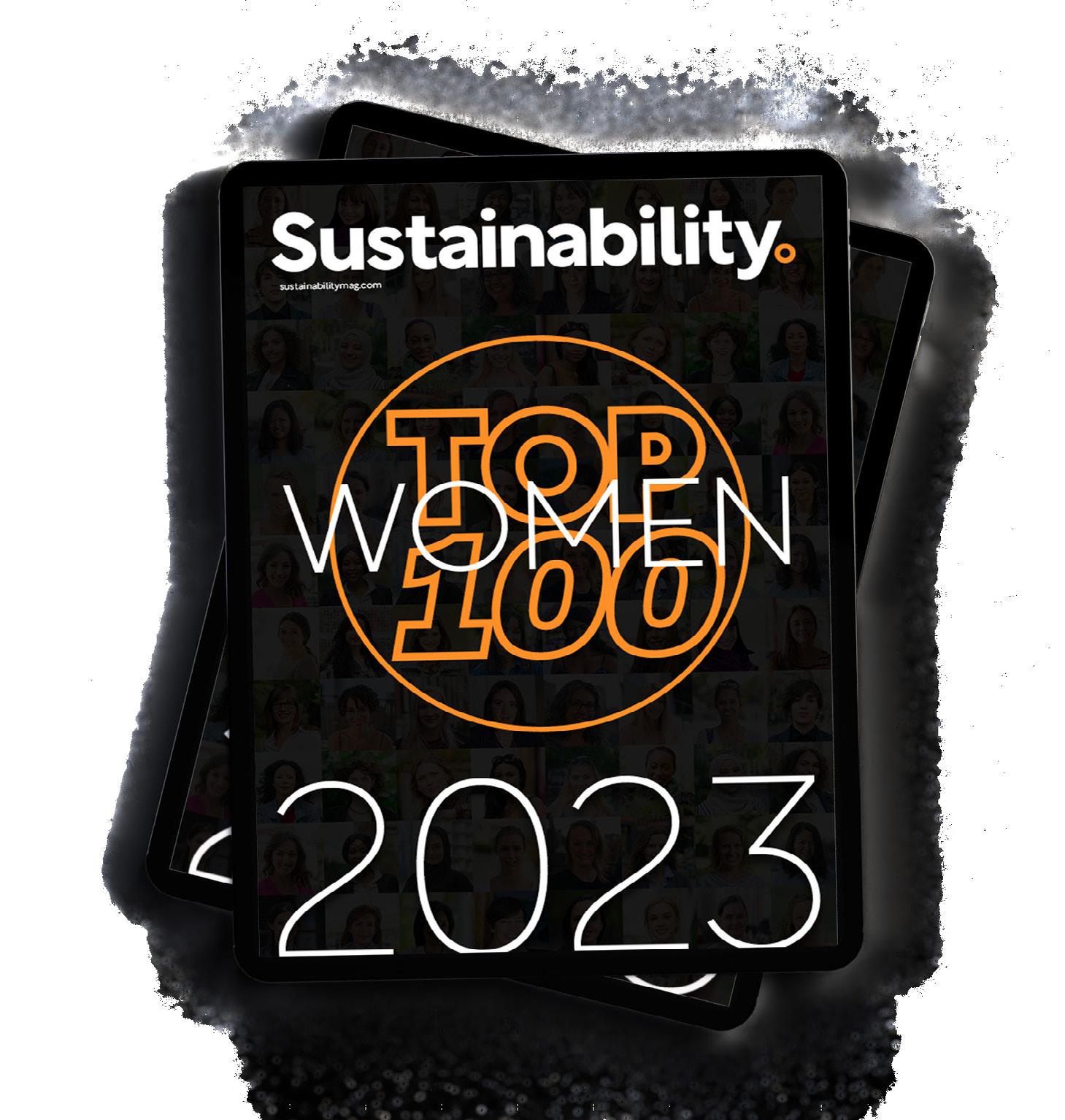



Traditionally, fashion has followed a linear business model – take, make, waste.
But, as consumers have become increasingly aware of the impact this model has on the environment, more have begun to adopt circular business models (CBMs). Fashion giant H&M is just one example of a business working to adopt a CBM by committing to limited environmental impact. To do so, the brand focuses on five key areas: chemicals, energy, production waste, water, and of course, people.
Consequently, the brand’s seen a 44% absolute reduction in plastic packaging compared to 2018; 42% of tier 1 supplier factories now have trade union representation; and 414,000 supply chain workers have received training on genderbased violence and sexual harassment.
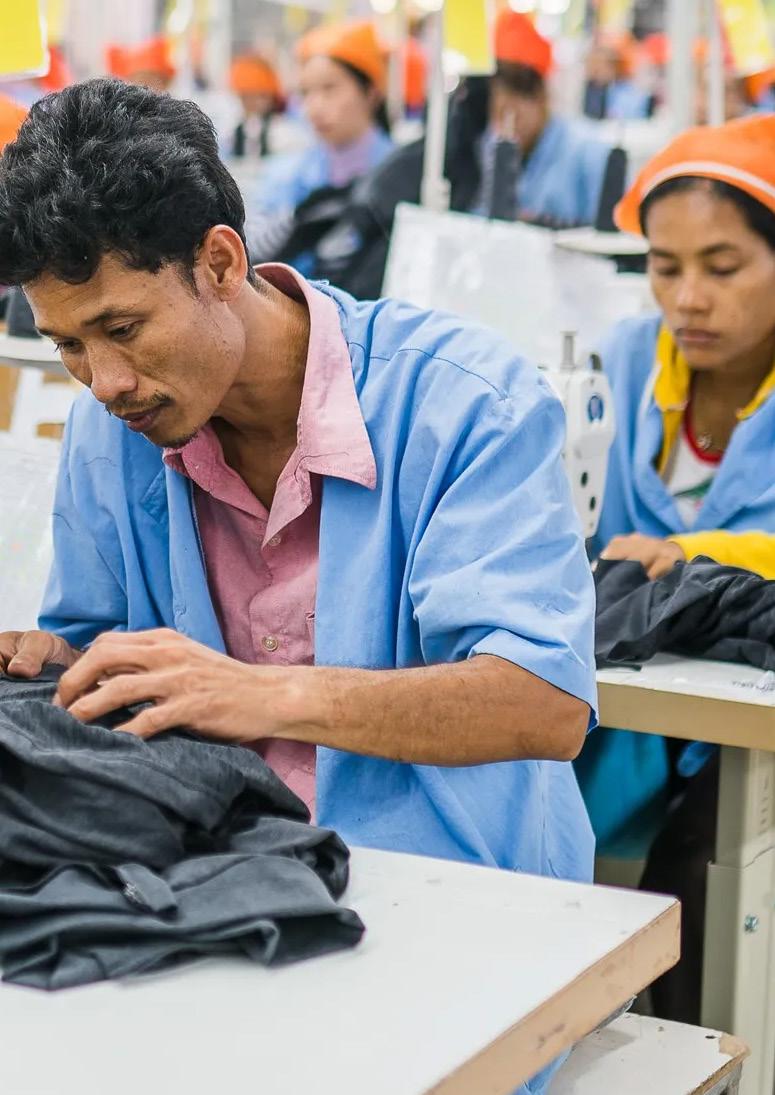


Rebecca Marmot is leading the charge towards a more sustainable future by promoting ecofriendly practices and driving transformational change in priority areas for Unilever
As a leading figure in Unilever, one of the largest consumer goods companies, Rebecca Marmot has become known for her energy and drive to effect positive change in the world.
Currently serving as Unilever’s Chief Sustainability Officer, Marmot is a pioneer in promoting and ensuring the adoption of sustainable practices, guiding the company towards a more eco-friendly future.
Through this role – which she has held since 2019
– Marmot is in charge of fostering transformational change in Unilever’s priority areas of water, sanitation, and hygiene; climate change and ending deforestation; opportunities for women; plastics and the circular economy; impact finance; and health and wellbeing through advocacy and partnerships. She also oversees the next phase of Unilever’s sustainability journey outside of the USLP. Yet Marmot first began her career at Unilever as the company’s Global Vice President of Sustainability,
where she was in charge of overseeing a team that advises the company strategically on important advocacy issues and is also involved in the creation of strategic relationships that have both scale and impact on the company’s growth. This entails collaborating with commercial organisations as well as influential groups that shape public opinions, like governments, NGOs, and the UN.

Under her direction, Unilever contributed to significant sustainability
landmarks like the 2015 Paris Accord and the formulation of the 17 UN Sustainable Development Goals, also known as the Global Goals, placing Unilever at the forefront of sustainable business.
Providing clean water for all Marmot played a crucial role at the UN 2023 Water Conference, where she joined UNICEF and Oxfam to present the business case for joint funding and action to provide clean water for all. As the CSO, she spearheads Unilever’s
commitment to achieving this goal by 2030.
Unilever’s ambitious plans include making all product formulations biodegradable, implementing water stewardship programmes at 100 manufacturing sites in water-stressed areas, and empowering farmers and smallholders to protect and regenerate their environments. Additionally, Unilever aims to improve health and wellbeing, advance equity and inclusion, and reach one billion people per year through brands such as Lifebuoy and Domestos.
“We’ll continue to do this work, but I wanted to call on governments to increase their focus on water, sanitation and hygiene (WASH) and to really think about how to invest in and partner on these kinds of different innovative models
that bring together the complementary expertise of different sorts of stakeholders,” Rebecca said.

“If we step up, together, as the private sector, national governments, civil society and the academic community, we can
safeguard against future pandemics and other health crises, and ensure access to water, sanitation and hygiene for all,” she adds.
At the conference, Marmot emphasised the need for collective action, stating: “We cannot do this alone.” Together with UNICEF, Unilever urged global businesses to commit to five critical actions for achieving safe and affordable water access for all.
These actions include engaging in water stewardship, both within operations and throughout wider supply chains; collaborating with
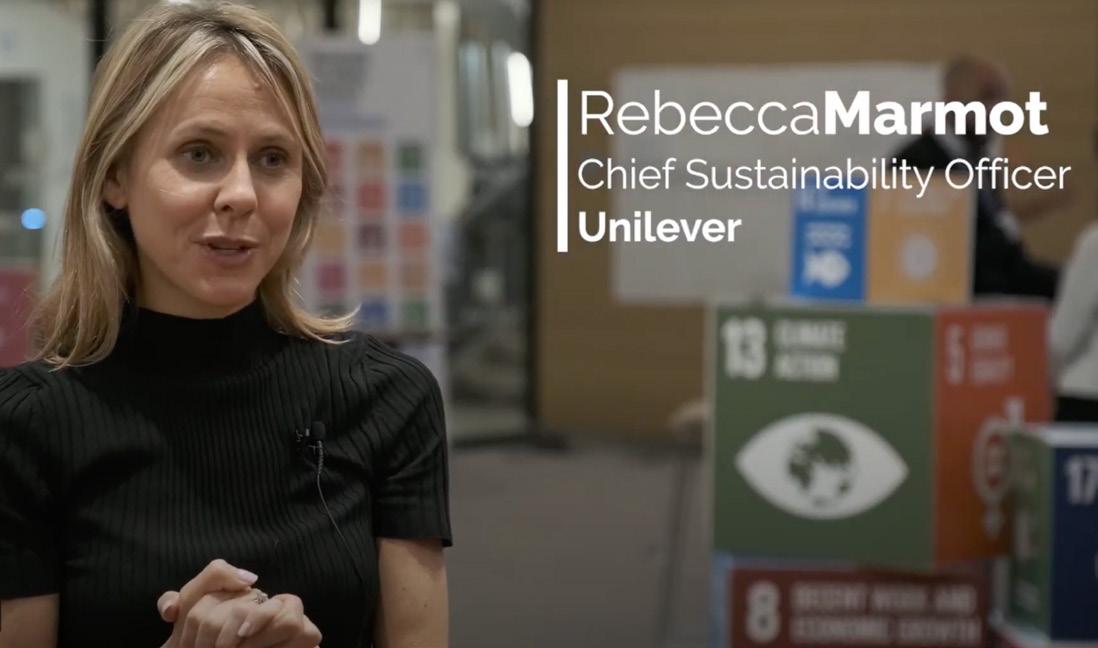
“ If we step up, together, as the private sector, national governments, civil society and the academic community, we can safeguard against future pandemics and other health crises, and ensure access to water, sanitation and hygiene for all”
partners to scale access to emerging technologies and innovations; supporting the rapid scale-up of investments and climate financing; building capacity and expertise to turn ideas into action; and advocating for policies and regulations that prioritise and protect water, sanitation and hygiene services. By rallying global businesses to commit to these actions, Marmot and Unilever are leading the charge towards a future with sustainable access to clean water for all.
Prior to joining Unilever, Marmot served as Global External Affairs Director at L’Oréal. She also worked in External Affairs at the UK Department for Trade and Industry, where she was responsible for stakeholder management on UK government projects. Now, Marmot is a highly sought-after speaker who shares insights from her successful career and the valuable lessons she’s learned. During her keynotes, Marmot shares

TITLE: CHIEF SUSTAINABILITY OFFICER
COMPANY: UNILEVER
INDUSTRY: SUSTAINABILITY
LOCATION: LONDON, UK
Marmot began her career in the PR and marketing sector, undertaking a training scheme while working at an agency. As her career progresses, she gained extensive experience in consultancy, government and private industry through various organisations, later becoming intrigued by the interplay between different stakeholders that facilitated project management.
Marmot’s interest in sustainability and global health was sparked when she joined
the experiences she learnt throughout her career while highlighting the significant impact she has made on some of the world’s largest brands.
With a strong passion for driving change, Marmot is able to motivate corporate audiences to take action towards positive change and her expertise in areas such as sustainability, external affairs, and communications makes her a valuable and experienced individual who is sure to leave a lasting impression on everyone that her talks reach.
Unilever during a time of global transformation and instability, specifically the global financial crisis. Unilever was exercising the new vision of growth while sharing profits across the value chain. Marmot, therefore, recognised an opportunity to leverage the company’s products’ strength and breadth to make a more sustainable contribution to macro-level issues exacerbated by the banking system’s collapse.
WE SAT DOWN WITH ALESSANDRO PISCIONERI TO FIND OUT MORE ABOUT HIS GROUNDBREAKING CAREER AT COMAU
Q. HI ALESSANDRO, TELL US ABOUT COMAU. WHAT ARE THE ADVANCED SYSTEMS AND PRODUCTS DEVELOPED FOR INDUSTRIAL AUTOMATION?
» Comau is a world leader in the development of advanced systems and products for industrial automation. It helps companies of all sizes and industry segments to harness the potential of digital manufacturing
by combining innovative engineering solutions with enabling technologies and ‘open’, easy-to-use automation.
The company’s comprehensive portfolio includes: joining, assembly, and machining solutions designed for traditional and electric vehicles; robotic manufacturing systems; a complete family of industrial robots (including collaborative and wearable robotics solutions) with a wide variety of
models and multiple payload configurations; and advanced robotics solutions for the most complicated use cases, integrating industrial robots, vision systems, and artificial intelligence (such as advanced solutions for solar panel power plant installation). The offering also extends to project management, consulting, and IoT services, as well as maintenance and training, for a wide variety of industrial segments.
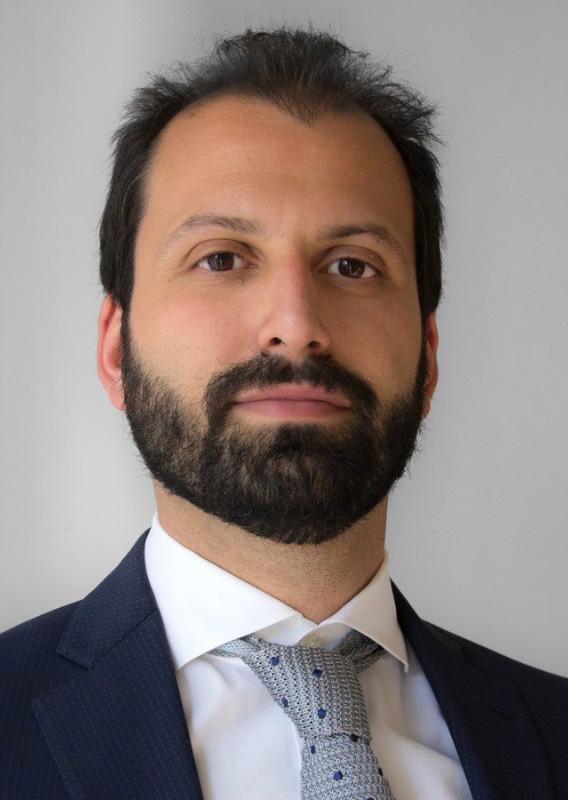
» Automation facilitates the process of zeroemission renewable energy generation, making much higher production volumes possible than those without automated technologies. For example, automation plays a key role in terms of increasing battery production capacity and ensuring better battery integrity/performance.
» Comau does not actually use hydrogen, but it works with several customers in various parts of the world to automate the production of fuel cells and electrolysers. It should be noted at the outset that the assembly and production of electrolysers and fuel cells tend to be slow, expensive and labour-intensive.

Comau is working to industrialise these processes by developing a proprietary portfolio of solutions that can automate key manufacturing steps, including cell preparation, stacking, compression, welding, leak testing, and more. This will enable energy suppliers to scale production volumes while increasing the quality of the high-precision process.

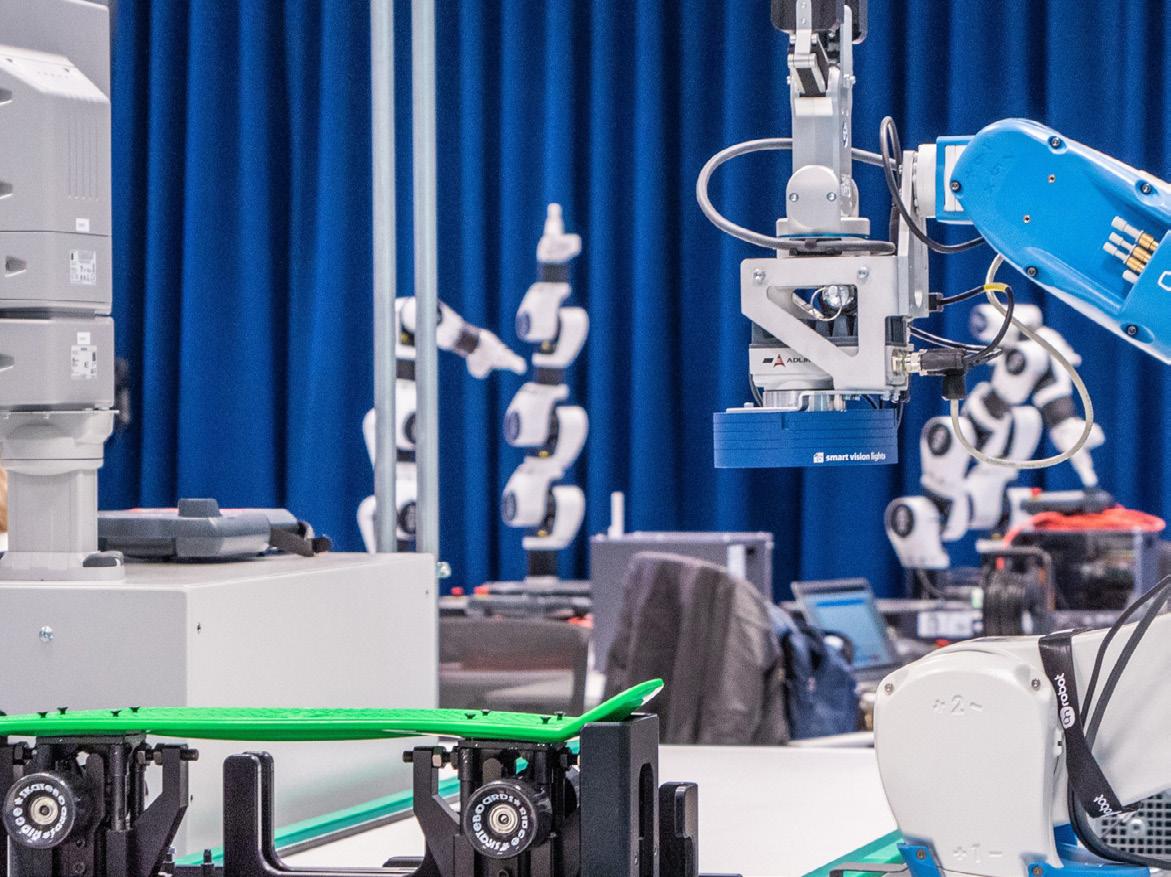
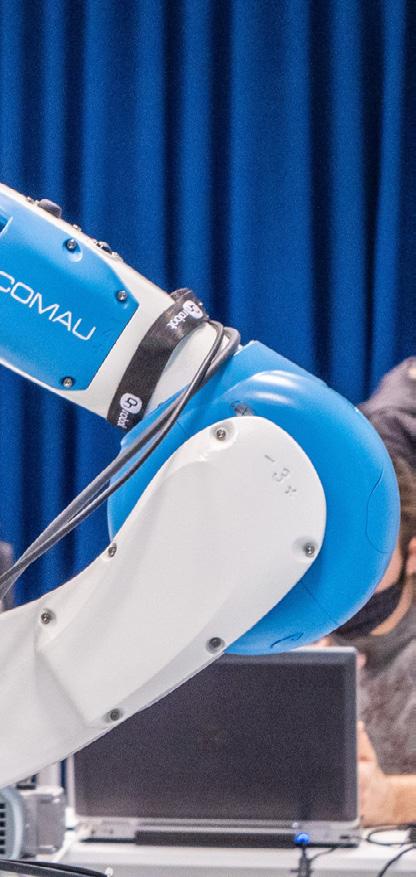
» Automation is important for several reasons. The first reason is related to the architecture of a fuel cell. The core, known as the fuel cell stack, consists of hundreds of repeating elements (100 to 300 cells per stack), while the cells themselves are composed of several layers – 2 to 4 per cell, based on experience to date.
This inherent repetition is a key factor in automation, leading to cycle times of 1-10 seconds per layer (depending on the product and plant throughput) during which each layer is picked up, qualitychecked, and placed correctly in the stack. The high levels of precision
and quality required during the assembly process are another reason why automation can help improve fuel cell production.
First, each cell must be aligned to a tolerance of 0.1mm, then each component and layer is checked for geometric and surface defects. Most manufacturers require full traceability of the process, and, until a stack is sealed, many fuel cells require compliance with cleanroom standards.
» Looking ahead, research and development will continue to be heavily focused on the future generations of batteries and hydrogen-based energy sources. We will see the need for longer vehicle range, faster refuelling or charging times, improved safety, reduced costs, and a greener production chain (from raw materials to recycling), and all of this will drive many changes and new products.
To meet these needs, Comau will continue to develop cuttingedge hydrogen-related

“AUTOMATION FACILITATES THE PROCESS OF ZEROEMISSION RENEWABLE ENERGY GENERATION, MAKING MUCH HIGHER PRODUCTION VOLUMES POSSIBLE THAN THOSE WITHOUT AUTOMATED TECHNOLOGIES”
ALESSANDRO PISCIONERI GLOBAL HEAD OF STRATEGIC MARKETING ADVANCED ROBOTICS & DIGITAL SEGMENTS, COMAU
The fuel cell stack consists of hundreds of repeating elements –often 100 to 300 cells per stack
technologies while strengthening its ability to provide electrification solutions, where currently the greatest investments are concentrated in the transportation area.
A recent example is the flexible battery module production line that Comau is developing for nextgeneration 8- and 16-cell battery modules at the Automotive Cells Company (ACC) Gigafactory in BillyBerclau Douvrin, northern France. The line, which is designed to produce up to 8GWh per year by the end of 2024, with an estimated production rate of 53 pieces per hour when fully operational, will

“THE HIGH LEVELS OF PRECISION AND QUALITY REQUIRED DURING THE ASSEMBLY PROCESS ARE ANOTHER REASON WHY AUTOMATION CAN HELP IMPROVE FUEL CELL PRODUCTION”
ALESSANDRO PISCIONERI GLOBAL HEAD OF STRATEGIC MARKETING ADVANCED ROBOTICS & DIGITAL SEGMENTS, COMAU
enable ACC to help create a European-based battery ecosystem covering the entire value chain.
As far as Comau is concerned, in the coming months we will continue to offer automated solutions to meet the production needs emerging in new markets. In fact, the demand for

automation is growing in almost all industrial sectors, and our company, thanks to 50 years of experience in the automotive industry – which is the industry with the greatest complexity and technological density – can provide customers with consolidated knowhow and continuous
investment in research and innovation. We already have several projects under development, for example, in the field of solar panel installation, logistics automation, in addition to the fields already mentioned, such as electrification and hydrogen.













Innovators are paving the way for a more resilient, sustainable and efficient future. The rules have changed. It’s time for DISRUPTION.
Tech LIVE Virtual returns to highlight the innovators changing the industry through expert keynote speakers, interactive fireside and panel discussions. This exclusive 1-day virtual event will bring together the greatest voices in the industry for an essential deep dive into the future of Technology, AI and Cyber.
Brought to you by BizClik, Technology, AI and Cyber Magazines, the event will shine a light on essential topics such as the AI revolution, quantum computing, the virtual workplace, technology’s place in sustainability and much more.
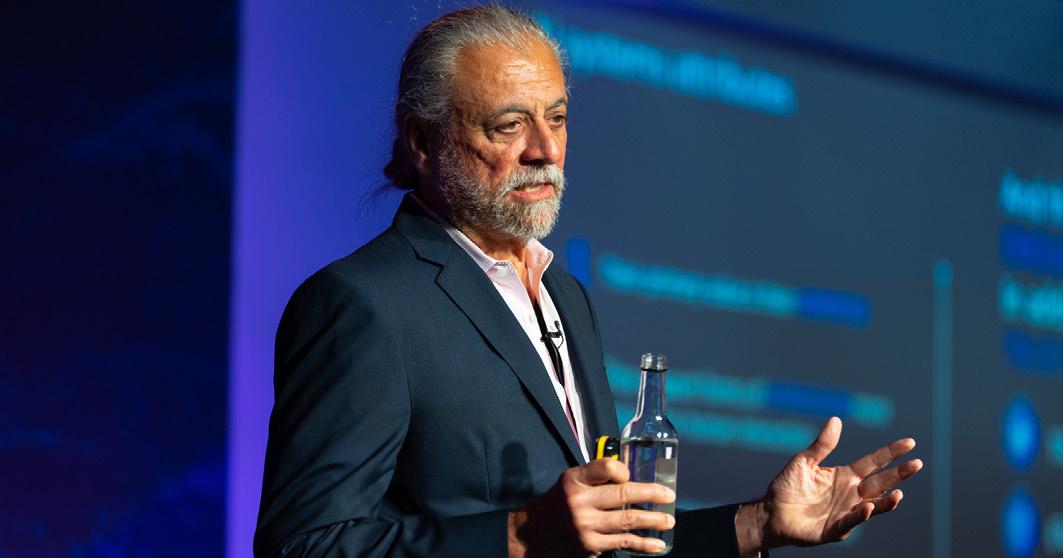
It’s time for DISRUPTION.



Position your business as a pioneer in Technology and showcase your values, products and services at Tech LIVE Virtual.





This is your chance to share your innovations with the technology community by making an impact in front of fellow decision-makers and influencers as well as accessing potential partners via an active and engaged audience.



See you on the 8th June 2023.



Tate & Lyle is at the centre of the future of food helping the world’s leading food and drink brands to create more sustainable consumer products
AD FEATURE
WRITTEN BY: TOM SWALLOW PRODUCED BY: LEWIS HAMMOND100% of the corn Tate & Lyle buys annually is represented in its sustainable agriculture programme

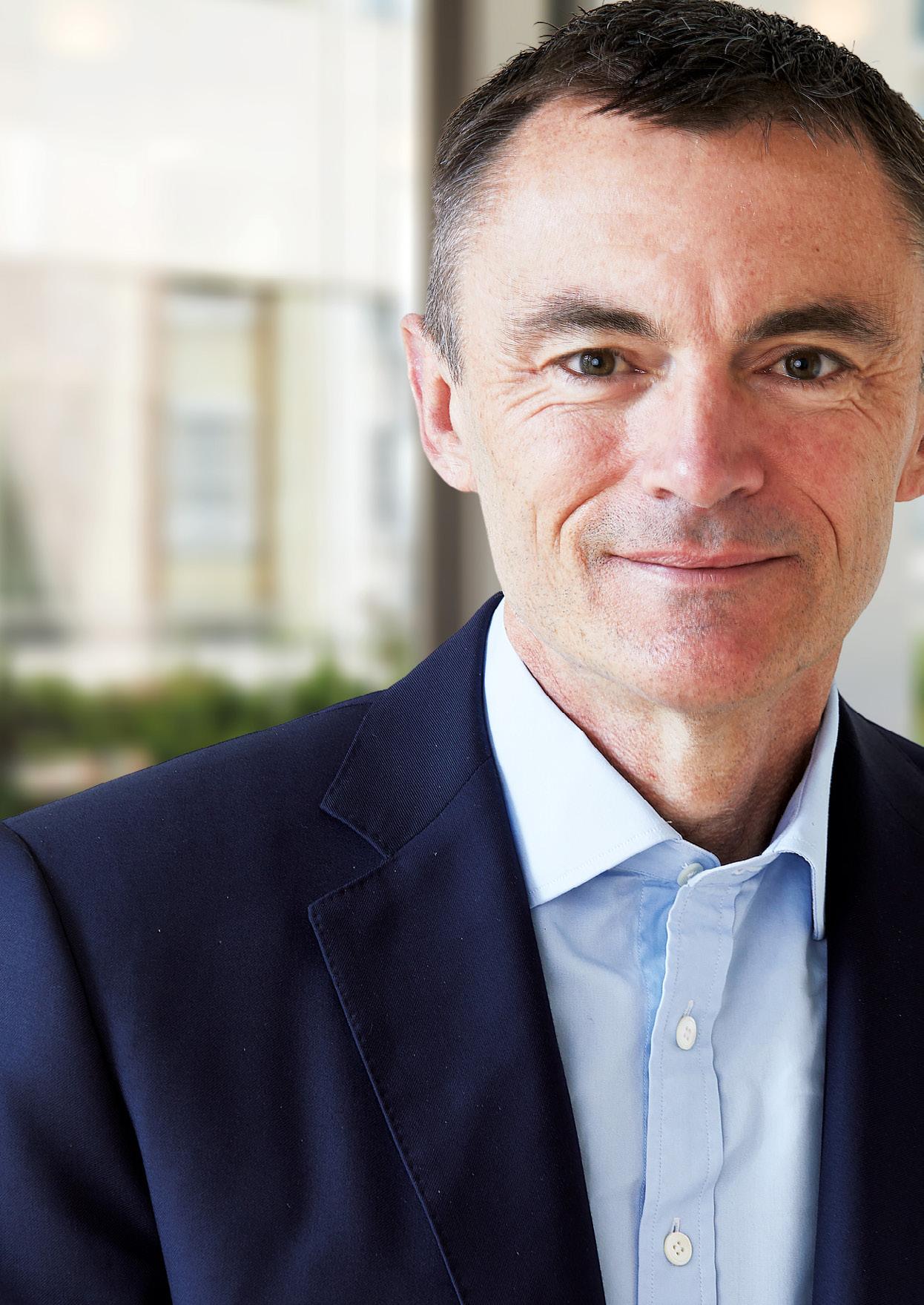

The global food industry is facing an inflection point. With the climate crisis knocking at our door, we all need to do things differently.
Food and drink producers understand that they need to partner with their supply chains to minimise their environmental impact and build climate resilience. Leaders in the industry are focused on strengthening sustainable sourcing practices while adopting innovative approaches to production, packaging, refrigeration and transportation. No company can do this alone.
Building sustainability into their research and development through the creation of plant-based products is another core focus for industry leaders. The United Nations has found that plant-based foods generally use less energy, land and water, and have lower greenhouse gas intensities than animalbased foods.1
At Tate & Lyle, we’re supporting our food and beverage customers as they assess their position in the plant-based movement. In this article series, we look at some of the trends we see in these areas and the science-driven solutions our global teams are helping to provide to society’s biggest challenge: the climate crisis.
1. Food and Climate Change: Healthy diets for a healthier planet | United Nations


Why is responsible ingredient sourcing so important for food and drink businesses? As companies assess and start reporting on their carbon footprint, they realise that most of their emissions come from their supply chain. That presents a real challenge, even for leading industry players: how to mitigate climate change outside of their factory gates, and how to access reliable data and insights to inform business decisions and satisfy stakeholders, today and tomorrow.
All companies need to provide a level of transparency and Tate & Lyle knows this trend, alongside its associated complex and ever-changing requirements, is here to stay. The company believes that ingredient suppliers have a special opportunity to help producers with impact visibility, such as product carbon footprint data, and to support the cultivation of sustainably grown raw materials for what later become the food products that we see on the shelf.
First step: understanding individual and shared goals While demonstrating positive environmental impact is expected by governing bodies and investors, businesses increasingly want to share their sustainability progress as a matter of reputational differentiation and overall commitment to responsible sourcing, operations, innovation and growth.
Anna Pierce advocates a united process for moving forward.
“Tate & Lyle connects farmers, who are ultimately the suppliers of all our food and drink, and consumer goods companies that are working to formulate sustainability programmes and collective goals to drive real change,” says Pierce.
“Our role is to work with farmers to understand which agricultural practice changes will make the biggest impact environmentally while providing a more positive return on their investment so that everyone moves forward collectively.”

Dos
• Ask your ingredient suppliers if they have sustainable sourcing programmes and how to get involved
• Assess verification requirements to learn about claims criteria
• Be transparent with data to help all sides meet their climate goals

Don’ts
• Wait for perfection when building a greenhouse gas emissions baseline or collecting carbon footprint data
• Be afraid to ask peers, trade bodies or NGOs for advice
• Risk reputational or regulatory impacts by failing to act
NIELSENIQ SUSTAINABILITY REPORT, 2023
Aligning views: Why care about sustainable sourcing?
Pierce sees organisations’ own ambitions to reduce and eventually eliminate their impacts as being aligned with those who consume their goods.
“Consumers have indicated that they’re more interested in sustainable products. Investors, employees and future talent also want to see clear evidence that businesses are acting in society’s best interests.”
“Investors especially want to be assured that companies are strengthening resilience to climate change and that it’s part of the planning and risk assessment process. Ultimately, I believe the companies that most value sustainability will be successful, but everyone needs to act with urgency to mitigate the worst effects of climate change,” Pierce explains.
Regenerative agriculture is an approach to farming that seeks to improve natural resources, specifically soil health
With motivations clearly aligned, how can companies communicate what they’re doing? As reporting standards and metrics vary greatly, Pierce believes certification through respected schemes and transparent ESG reporting must be leveraged until a unified approach to disclosures is developed, and it isn’t on the horizon.
“In some cases, companies make use of on-pack certification like Fairtrade or Rainforest Alliance where consumers have a level of trust if only a vague understanding of what it represents,” says Pierce.
“Everyone has their own take on what counts as ‘sustainable’. I see this as an opportunity to come together and collectively agree on what responsible sourcing looks like so we and our customers can help consumers understand it.”

1 IN 3 CONSUMERS BELIEVE THAT RESPONSIBLY AND LOCALLY SOURCED INGREDIENTS MAKE A BRAND SUSTAINABLE, AND NEARLY HALF OF THESE PEOPLE CONSIDER THESE TO BE EXTREMELY IMPORTANT ATTRIBUTES
Participating customers…
• Want to show the ingredients they buy are responsibly sourced with supporting data
• Choose to opt into Tate & Lyle’s sustainable agriculture programmes
• Partner to accelerate regenerative agriculture practice adoption
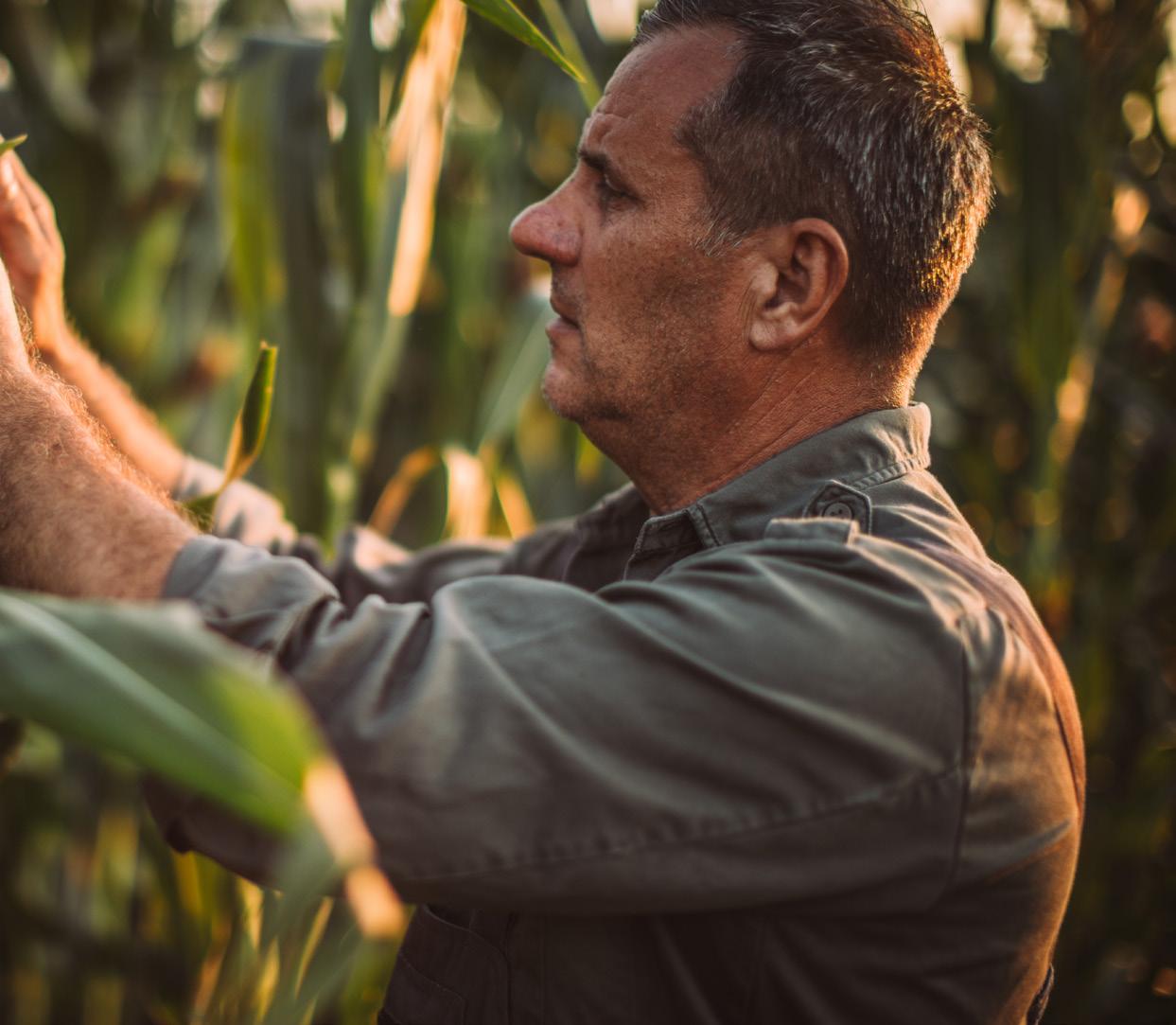
• Benefit from primary greenhouse gas data and emissions reductions to achieve their own targets
• Incorporate this third-party-verified data into their ESG reporting
“OUR APPROACH TO SUSTAINABLE AGRICULTURE FOCUSES ON PROTECTING THE PLANET THROUGH REGENERATIVE AGRICULTURE PRACTICES WHILE IMPROVING THE SOCIAL AND ECONOMIC WELLBEING OF THE FARMERS AND LOCAL COMMUNITIES THAT MAKE UP OUR SUPPLY CHAIN”
Tate & Lyle partners with Earthwatch Europe and Nanjing Agricultural University on its sustainable stevia programme in eastern China


46% OF THE PLANET’S HABITABLE LAND IS DEVOTED TO AGRICULTURE, 77% OF WHICH IS USED FOR LIVESTOCK (MEAT AND DAIRY) INCLUDING FOR GRAZING AND FEED
UN FOOD AND AGRICULTURE ORGANIZATION, 2019
For its part, Tate & Lyle approaches responsible sourcing through its programmes in the US and China. The company has enrolled the equivalent of 100% of the corn it uses annually in a sustainable agriculture programme developed with Truterra, LLC in 2018. Through the programme, now led by Primient, Tate & Lyle helps its customers advance the adoption of regenerative farming practices that restore soil health and gain insight into the impact they are helping to drive.
Working with environmental charity Earthwatch Europe and Nanjing Agricultural University in eastern China, the company supports growers of stevia, used to make the leading plant-based sweetener on the market, to reduce their environmental impact while reaping productivity and economic gains. “Through our farmer partnerships, we use science and technology to demonstrate that more sustainable and regenerative practices that restore soil health are good for the planet AND the farmer.”
This new way of connecting those working on the farm to those creating the food we eat presents a big opportunity: healthier, more productive land, food brands demonstrating positive change, and a chance to capture carbon while reducing emissions.

Find out more about Tate & Lyle’s approach to sustainable agriculture at Sustainable Agriculture | Tate & Lyle (tateandlyle.com)


Making a food or drink that is plant-based is a way of making it healthier but, importantly, plant-based foods are not more nutritious than those containing animal-derived ingredients by default. That is determined by the salt, sugar, fat, calorie and micronutrient content.
What can be done to enable plant-based food and drink to not only look and taste like their traditional counterpart but to also be as or more nutritious?

When the term ‘flexitarian’ was first coined in the 1990s, the focus was on enabling consumers to access the purported health benefits of a vegetarian diet without cutting out favourite foods entirely. That trend has increased in recent years, especially around the pandemic, with people viewing diet as a controllable modifier of health, in parallel with growing awareness of climate change and our diet’s contribution.
When developing plant-based products, understanding the consumer drivers is key. The perceived impact on health is an important one. Manufacturers are keen to develop nutritious plant-based products, even when the product is formulated to cater to other drivers, such as growing concern around climate change. With the right nutrition and formulation know-how during development, solutions that support healthy living can be found.
We have significant experience in plantbased mayonnaises. Traditional mayo is made by emulsifying eggs, oil and an acid such as lemon juice to create a rich texture. Removing egg means we must replicate that emulsion using vegetable oil and functional plant-based proteins. In a recent prototype, we achieved this with a solution using one of our texturants and complementary plantproteins to help increase viscosity by ensuring the oil drops are distributed in the mix and remain stable, achieving a balanced product with luxurious mouthfeel. We also reduced the fat content from 65%, typical in traditional mayos, to 40%, retaining its squeezability, soft gel appearance and shape.
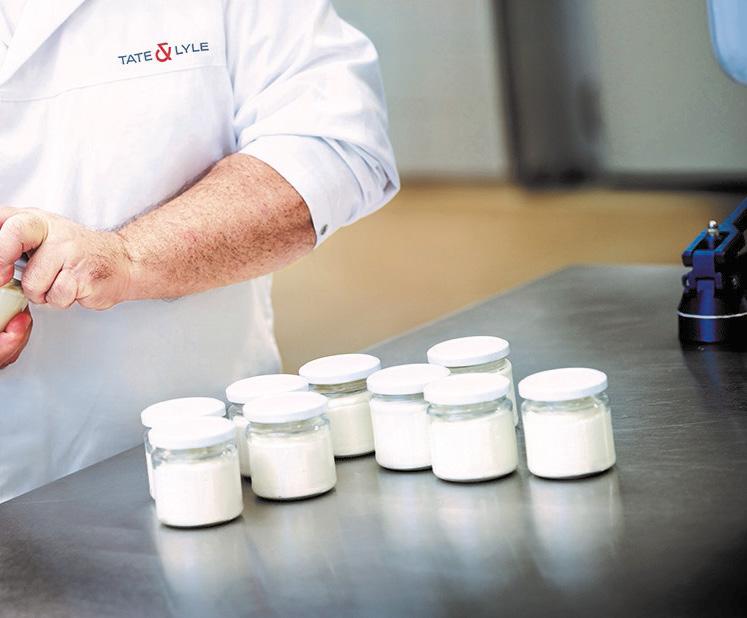
People following flexitarian, vegetarian or vegan diets tend to pay greater attention to the ingredients in the products they buy than the average consumer, which is one of the motivators for producers aiming to incorporate recognisable ingredients. For consumers, these choices don’t always represent a healthier choice. Coconut-derived ingredients, for instance, have a “health halo” but are typically higher in saturated fat than their animalbased counterparts, even cream. Involving nutrition experts in the formulation of products is crucial to ensuring the final food or drink provides benefits beyond superficial label attributes.
 Stephanie DuPuy, European Technical Services Director
Stephanie DuPuy, European Technical Services Director
Coconut-derived ingredients are popular in the plant-based dessert category as they can replicate many of milk’s functionalities in a recipe and consumers have a positive association. To help customers develop healthier, nextgeneration dairy dessert alternatives, our global food scientists have been helping them switch to healthier recipes, such as desserts reduced in saturated fats, while matching the desirable textural attributes consumers look for with an improved nutrition label.
Understanding the nutritional roles that animal protein plays in a recipe is the starting point in finding its replacement. For instance, milk protein, like whey, is of very high quality, which is one of the reasons why most national health agencies still advocate its role in a healthy, balanced diet. When product developers and marketeers work with nutritionists to understand the intended consumer and their health goals, they can better account for their needs and preferences in the final formulation. Considerations such as the digestibility of plant-based protein and amino acid composition will be important for foods intended for children or older adults. Helpfully, the range and availability of protein alternatives – soy, grain, vegetable/plant or single-cell (fungi or algae)-based — has improved significantly in recent years.

TODAY, ‘PLANT-BASED’ CAN MEAN TWO DIFFERENT THINGS:
1. FOOD AND DRINK MADE EXCLUSIVELY FROM FRUITS, VEGETABLES, LEGUMES, WHOLEGRAINS, NUTS AND SEEDS, SUCH AS FRUIT SMOOTHIES, NUT BUTTERS, AND BEAN BURGERS.

2. FOOD AND DRINK DESIGNED TO MIMIC ANIMAL-BASED PRODUCTS, SUCH AS MILK ALTERNATIVES, VEGAN CREAM CHEESE, AND IMITATION MEAT BURGERS
Olaf Kohnke, Senior Technical Service Manager Soups, Sauces and Dressings, Europe
A current challenge for sausage alternative producers is protein delivery. With leading academics, we’ve developed a proprietary calculation method to help producers of all types of foods and drinks to create recipes with protein and essential amino acids quality comparable to animal-derived foods, without needing excessive protein levels which bring extra calories for consumers and costs for producers, as well as impacting mouthfeel.

CAGR 2017-2022
For the plant-based sector, we have an opportunity to introduce nutritional benefits consumers wouldn’t usually find in traditional products, and which the target audience would welcome. Plant-based ingredients can also contain bioactive materials in higher quantities than animalderived equivalents, such as flavonoids, phenolic acids, and saponins, which emerging science is showing can have anti-inflammatory and other beneficial properties.
Tate & Lyle’s nutrition and formulation experts are here to help future-focused brands grasp the opportunity to create new products for a healthier population and a healthy planet.

Visit Tate & Lyle Nutrition Centre for more information
Nutrition Centre | Tate & Lyle (tateandlyle.com)
We’ve worked extensively with customers on low-sugar plant-based gummy sweets, using pectin instead of gelatine. Our most successful recipe combines our low-calorie rare sugar allulose with one of our plantbased stevia sweeteners to provide excellent sweetness and flavour release. Incorporating our fibre, we’ve been able to offer additional nutrition, enabling consumers to have 50% of their recommended daily allowance of fibre per 30g serving.

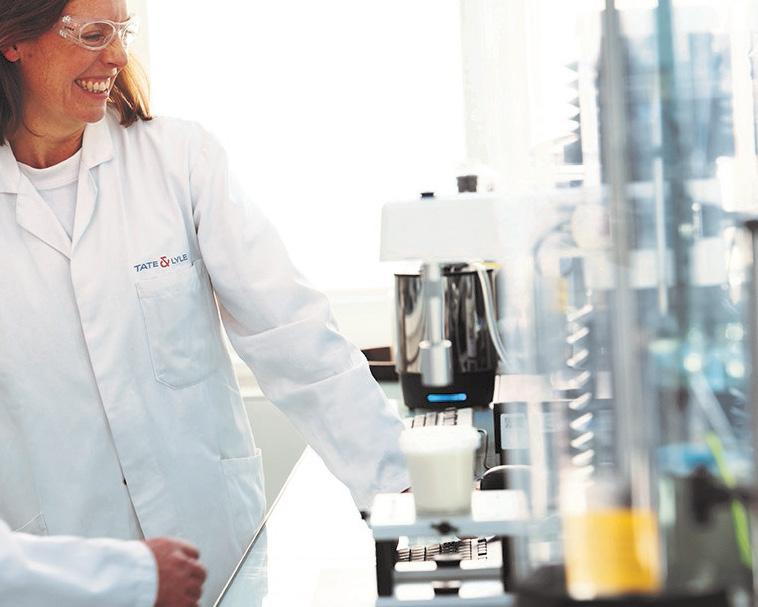
Age-old plant-based diets are being reimagined as the focus of the environmental impact of the food we eat has increased, with the consumer plant-based trend becoming a major component of the climate conversation.
Brands are attuned to the needs and preferences of their consumers, and they want exceptional plant-based products on the shelf to support their evolving lifestyles. However, fundamentally, consumers are looking to have their basic needs met from a food quality perspective, such as the taste, ‘mouthfeel’, and nutritional value of a product.
The challenge that brands take on to meet these demands is also in part driven by global shortages of animalderived commodities exacerbated by events like COVID-19 and the supply chain disruptions that followed, as well as the need for affordability in inflationary economies.
So, companies are looking to innovate while meeting the needs of consumers and managing costs, which is where Tate & Lyle supports customers in their efforts. Through its research and development, it helps businesses navigate the plant-based trend, while becoming more resilient to global supply chain shifts.

“With spiralling inflation hitting many economies worldwide, cost optimisation projects with customers are increasing as brands try to minimise price increases for consumers. There are also availability challenges, such as the low supply of eggs caused by avian flu in countries ranging from the US and UK to France and Japan. Often a plant-based ingredient solution can meet consumers’ expectations at a lower cost while still delivering an extraordinary endproduct,” says Shen Siung Wong, Director of Global Applications at Tate & Lyle.
“For the plant-based sector, the focus now needs to be on brand differentiation, perfecting those sensory attributes, and enhancing nutrition to encourage more
PURCHASES
INTERNATIONAL FOOD INFORMATION COUNCIL FOUNDATION, 2020
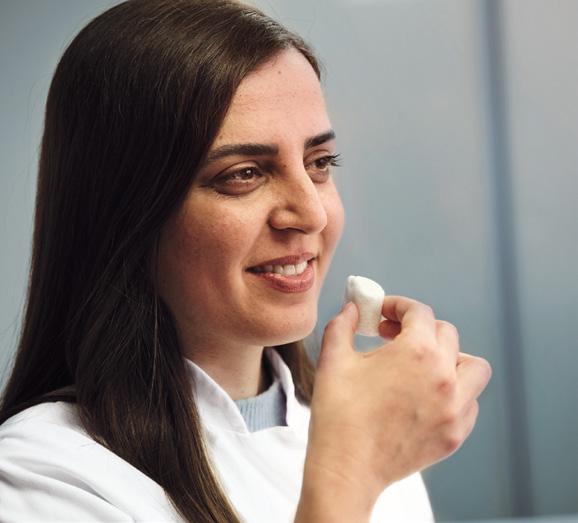


88% OF CONSUMERS SAY THAT TASTE HAS THE GREATEST IMPACT ON FOOD AND BEVERAGE
regular consumption. We at Tate & Lyle are well-placed to support these endeavours, both technically and by providing more sustainably produced ingredients such as our CLARIA® Clean Label Functional Starches, which we will soon produce with a third less carbon and water than our original product line.”

Working with food and beverage brands, Tate & Lyle can make plant-based a reality, from a baked camembert alternative using its corn-based texturants made in its Customer Innovation and Collaboration Centre in Germany to vegan muffins using chickpea flour in its US lab. Chickpea flour, for instance, is gluten-free and recognisable to consumers while offering many functional benefits when used as an egg replacement such as providing similar muffin volume and peak height. Through extensive research and trials, animal-based proteins, fats and ingredients such as eggs and gelatines can be replaced with Tate & Lyle’s plant-based ingredient solutions while providing the same aesthetics and mouthfeel of traditional products.

“The luxurious, smooth viscosity of a yoghurt, for instance, is induced by the pH dropping when the live and active cultures in milk proteins convert pasteurised milk to yoghurt during fermentation,” says Wong.
“In a plant-based alternative, we need to reproduce that texture, which we can do through our portfolio of corn and tapioca starches, including clean label options, often as part of a broader solution using stabilisers and a combination of plant-based proteins to provide equivalent nutrition.”
One of the main challenges in this process is meeting growing expectations around ‘clean-label’, the preference for recognisable ingredients and short ingredient lists. Currently, Tate & Lyle’s global team of food scientists see brands prioritising taste and texture, which go hand-in-hand, to secure the repeat purchase, but increasingly they are helping to develop these products with appealing nutrition and clean-label credentials. “Ticking all of these boxes won’t happen overnight, but the pace of innovation in this sector is phenomenal,” says Wong.
For the most sustainability-minded food and drink brands Tate & Lyle works with, plant-based is a reality, not a trend.
“Dairy is a hugely active category in the plant-based space. Cow’s milk provides the perfect composition to make yoghurt, cream, and other indulgent dairy products, and so with plant-based alternatives, we need to balance the key components— water, vegetable fats, and proteins — to replicate the texture, taste and eating experience that people love,” says Wong.
In this instance, Tate & Lyle is helping brands produce dairy alternatives, incorporating ingredients that replicate functionalities that would otherwise be addressed during the various production processes.
“As it continues to expand and eventually shifts from niche to mainstream, with the corresponding economies of scale benefits, R&D professionals will know they are not only making tastier, healthier, and more sustainable products, but they are helping to drive the radical transformation the industry needs to be fit for the future.”
Find out more about the plant-based trend at Trends & Insights | Tate & Lyle (tateandlyle.com)


Sustainability has become a somewhat murky term. With businesses fighting it out to be the biggest, the richest and, nowadays, of course, the greenest, it can be hard to know which ones should actually be trusted.
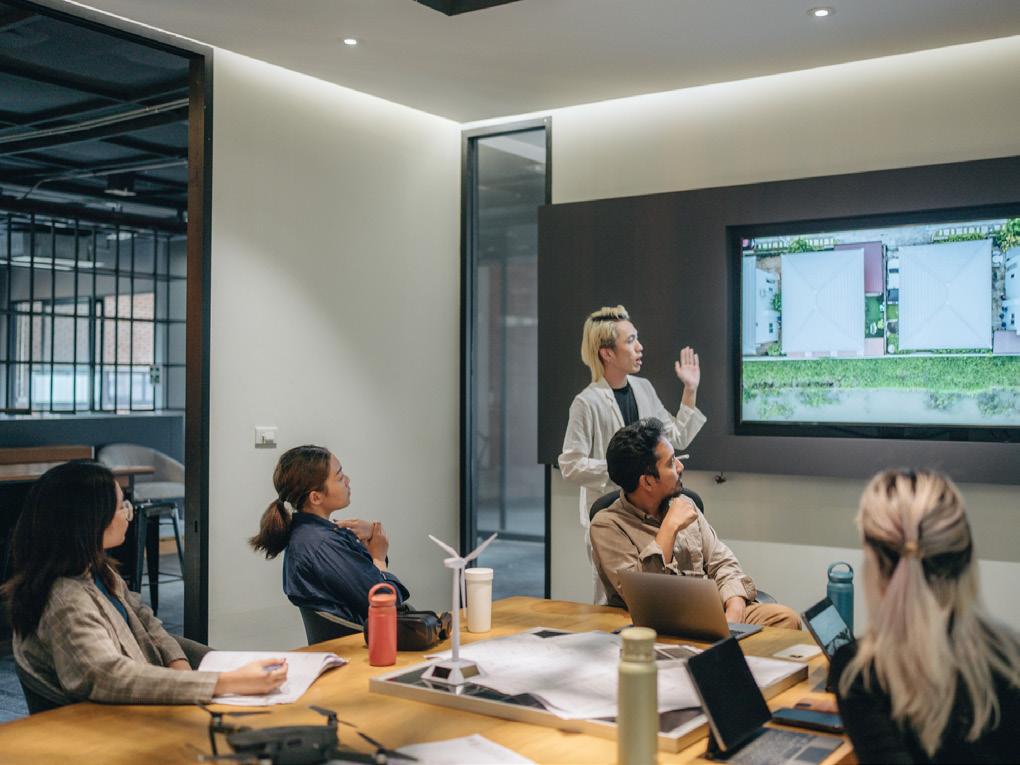
Luckily, the business world has B Corp certifications, which puts companies to the test to ensure their credentials have been earned honestly, rather than being artificially dyed green.
B Corporations, informally known as B Corps, are businesses or organisations that have voluntarily met the highest standards for social and environmental performance; in other words, they’re doing everything they possibly can to create a better future for people and the planet.
B CORP CERTIFICATION HAS BECOME THE GOLD STANDARD OF SUSTAINABILITY –WE EXPLORE WHETHER IT’S A VALUABLE CREDENTIAL OR A GLORIFIED GREENWASHING TOOL
To more accurately define them, B Lab – the nonprofit behind B Corps – explains: “Certified B Corporations are businesses that meet the highest standards of verified social and environmental performance, public transparency, and legal accountability to balance profit and purpose. B Corps are accelerating a global culture shift to redefine success in business and build a more inclusive, sustainable economy.”
So, in other words, B Corp Certification is for businesses what Fair Trade is for products and goods.

It’s not easy to become a B Corp. Certification is holistic, meaning it’s not exclusively focused on a single social or environmental issue, so businesses have to achieve rigorous standards that require engagement from every aspect of a company. And these standards don’t just relate to the businesses themselves, but to every company or organisation affiliated within the value and supply chain.
Yvonne Filler, Marketing Manager at Good Innovation – a certified B Corp – shares that B Corp certification is a way to hold businesses accountable for their actions and statements. As a Social Impact Innovation Consultancy, Good Innovation finds creative, cutting-edge solutions to the world’s most difficult social problems by helping organisations that want to make a difference do it smarter, faster and, crucially, with greater impact.
“Becoming a B Corp is a fairly long process, with around 150 questions requiring lots of data – but it wouldn’t be a quality standard without it,” Yvonne shares. “You need a certain score to pass and be certified. Your score will then be published on the B Corp website, but there’s no ranking system.”
“FOR US, THE B CORP PROCESS IS REALLY BENEFICIAL. IT’S REQUIRED US TO HOLD OURSELVES ACCOUNTABLE FOR OUR ACTIONS ”
YVONNE FILLER MARKETING MANAGER, GOOD INNOVATION
I never thought I would be the founder of my own business, but once the concept of Seep came to mind, I just couldn’t shake it. I had always been an eco-conscious shopper, so I noticed that, although there were some really great challenger brands, there were a number of gaps in the market, such as sponges, clothes and brushes. It didn’t make sense to me that oil is dug out of the ground to make bin liners, for us to fill them with rubbish and then bury them back into the ground. I knew that something needed to be done. Although I was fearful of starting out at first, I knew I didn’t want to tuen a blind eye to the problem. So I founded Seep, which provides sustainable cleaning tools and kitchen utensils.


What if resiliency isn’t about withstanding today but envisioning tomorrow?

To become a certified B Corp, businesses must abide by stringent requirements, including completing a comprehensive assessment, which then must be verified by founding company B Lab. Any controversial operations must be disclosed to B Lab, and businesses must commit to the transparent public disclosure of their performance.
“It’s easier to apply for B Corp certification when your company is smaller or just starting out, because you can see all the areas upon which you need to focus,” says Heidi Schoeneck, Co-Founder and Chief Creative Officer of Grounded. “This is largely because it can be costly and time consuming to ensure all ground is covered correctly.”
Yvonne supports this idea, stating that larger businesses will be required to provide more data. “For us, the process is really beneficial. It’s required us to hold ourselves accountable for our actions,” Yvonne adds.
Those considering applying for B Corp certification will most likely have sustainability and environmental impact at the forefront of their business model. But how can a business owner or CEO be sure that it’s the right step for them?

“Applying for B Corp certification can be costly and time consuming,” Laura Harnett, founder of sustainable cleaning tool brand Seep, explains. “But for business owners contemplating whether or not to make the commitment, I would urge them to consider why they want to achieve it and what they want to gain. Fundamentally, are you a business for good? Can your business improve the current situation with the climate or social inequality, for example?
“If you believe that your business does play these roles, the B Corp certification is a really great structure to guide you through
About four years ago, I was working with Unilever on their Sustainable Living Project and realised that we need to be doing a heck of a lot to protect our planet. I approached my manager with the idea of creating an incubator that's focused on brands with purpose and helping brands do good in the world. I was immediately dismissed, but I kept pushing the idea. Then, for the first time in my career, I got written up with a performance review and was told that I had 60 days to demonstrate to the organisation that I cared more about profit than I did about purpose. That’s when I left and founded Grounded. We work with big brands, small brands, startups and non-profit organisations who are set on changing the world through their services and products. To do this, we focus on three key areas: helping businesses and brands articulate their purpose; helping activate their brands; and accelerate their impact.
captions as often as possible

that process. As a founder or CEO, you may not have the time to come up with your own framework, but with B Corp, it’s already been done for you and it’s constantly evolving to keep you on top of the game.”
“We thought we were a shoo-in to become a B Corp because we had built our whole business around sustainability,” Heidi says. “But once you get into the criteria, you see how much more can be done. It’s something you have to check in with every few months to make sure you’re on top of everything.”
Abiding by sustainability rules has become akin to a box-ticking exercise for many companies. As consumers have become increasingly concerned about the impact their


75% of US consumers say the impact their purchases have on the environment is a priority concern
purchases have on the environment – with 75% of US consumers reporting it’s a priority for them – more businesses are pledging ecofriendly standards, only to fall spectacularly short. In fact, 42% of companies have been said to exaggerate sustainability claims, according to research from The European Commission.
B Corps are, therefore, an avenue that businesses can venture down to prove they’re living up to their claims. But the crucial question surrounds whether B Corp really is the gold standard it’s claimed to be?


“As so many companies greenwash, it can be hard to know which ones are genuinely prioritising positive change,” Laura says. “B Corp certifications hold companies and
42% of companies have been said to exaggerate sustainability claims
“B CORP HAS MADE ME THINK MORE DEEPLY ABOUT THE DECISIONS I AM MAKING AND THE IMPACT SEEP IS HAVING ON SOCIETY”
LAURA HARNETT FOUNDER, SEEP


“THERE HAS BEEN SOME TALK ABOUT WHETHER THE NUMBER OF BUSINESSES JOINING THE B CORP COMMUNITY DILUTES THE MESSAGE; I THINK THE MORE THE MERRIER”
HEIDI SCHOENECK CO-FOUNDER AND CHIEF CREATIVE OFFICER, GROUNDED
founders to a standard that they need to adhere to across five key areas: environment, governance, people, communities, and customers. I’ve found that, as a business owner, B Corp has made me think more deeply about the decisions I am making and the impact Seep is having on society.”
Reaching B Corp status will therefore help to eradicate greenwashing, with Heidi stating there’s “no room for it” in the B Corp community. She continues to state that, although the certifications have sparked debate as to whether the growing number of companies achieving the status weakens its validity, Heidi believes that more companies should strive to reach the criteria.
“There has been some talk about whether the number of businesses joining the B Corp community dilutes the message; I think the more the merrier. It’s a great achievement to meet the 80-point benchmark, and we need more businesses to commit to making an impact.”
Good Innovation’s Yvonne supports this idea, suggesting that this is often where B Corps are “misunderstood”. “Some people might say the number of companies becoming a B Corp is weakening its impact,” Yvonne explains, “but if you look at it in terms of what it was set up to do, then more certified members can only be a good thing.”
For companies that go above and beyond, B Corp awards the ‘Best for the World B Corp’ status to the top 5% of B Corps. Seep was one business that achieved this status last year for their environmental impact.
“As a founder, you can easily beat yourself up thinking you’re not doing enough,” Laura says. “Although there’s a lot of discussion around B Corps, I truly believe that it is the most robust system to demonstrate that a company is sustainable.”

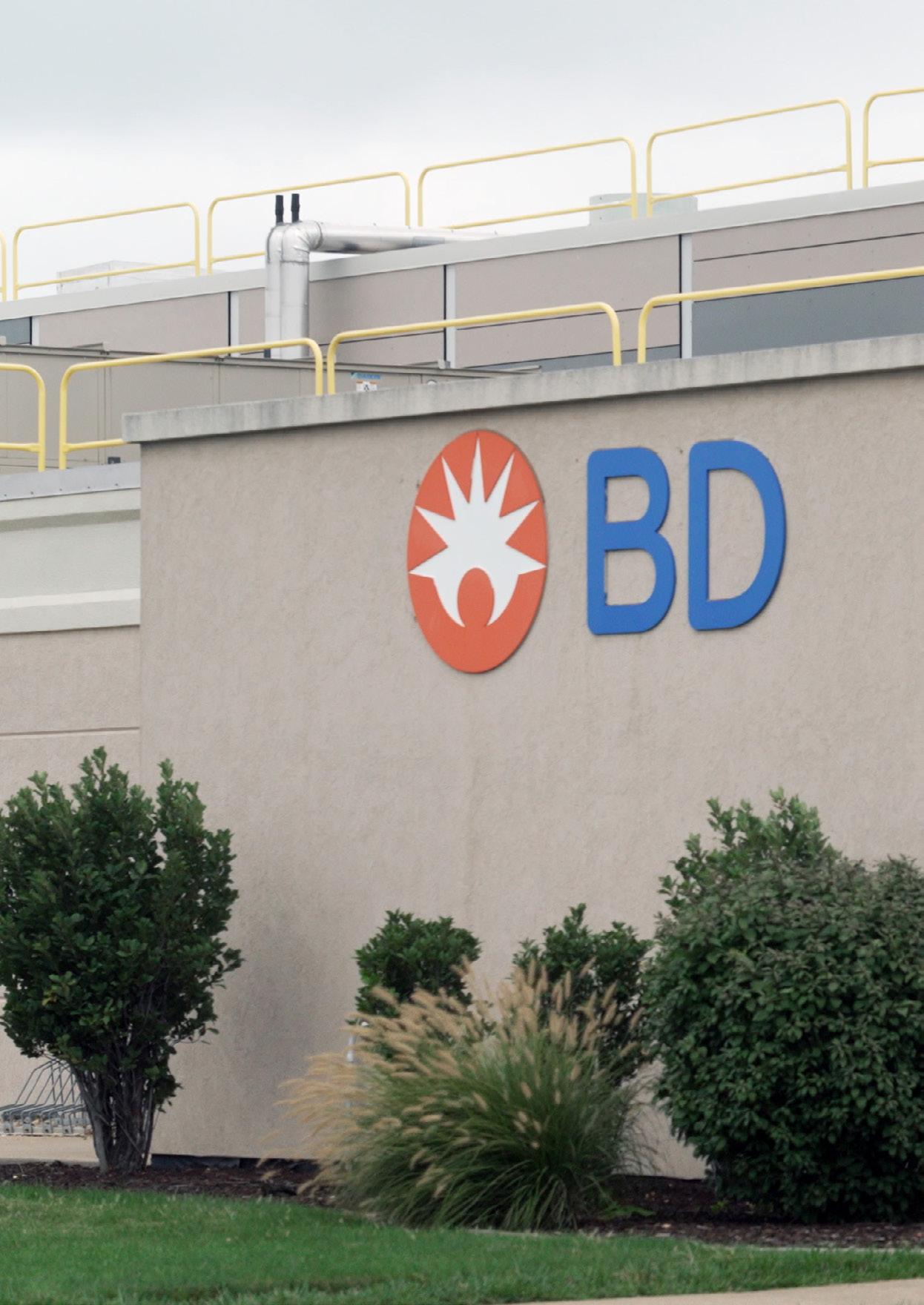

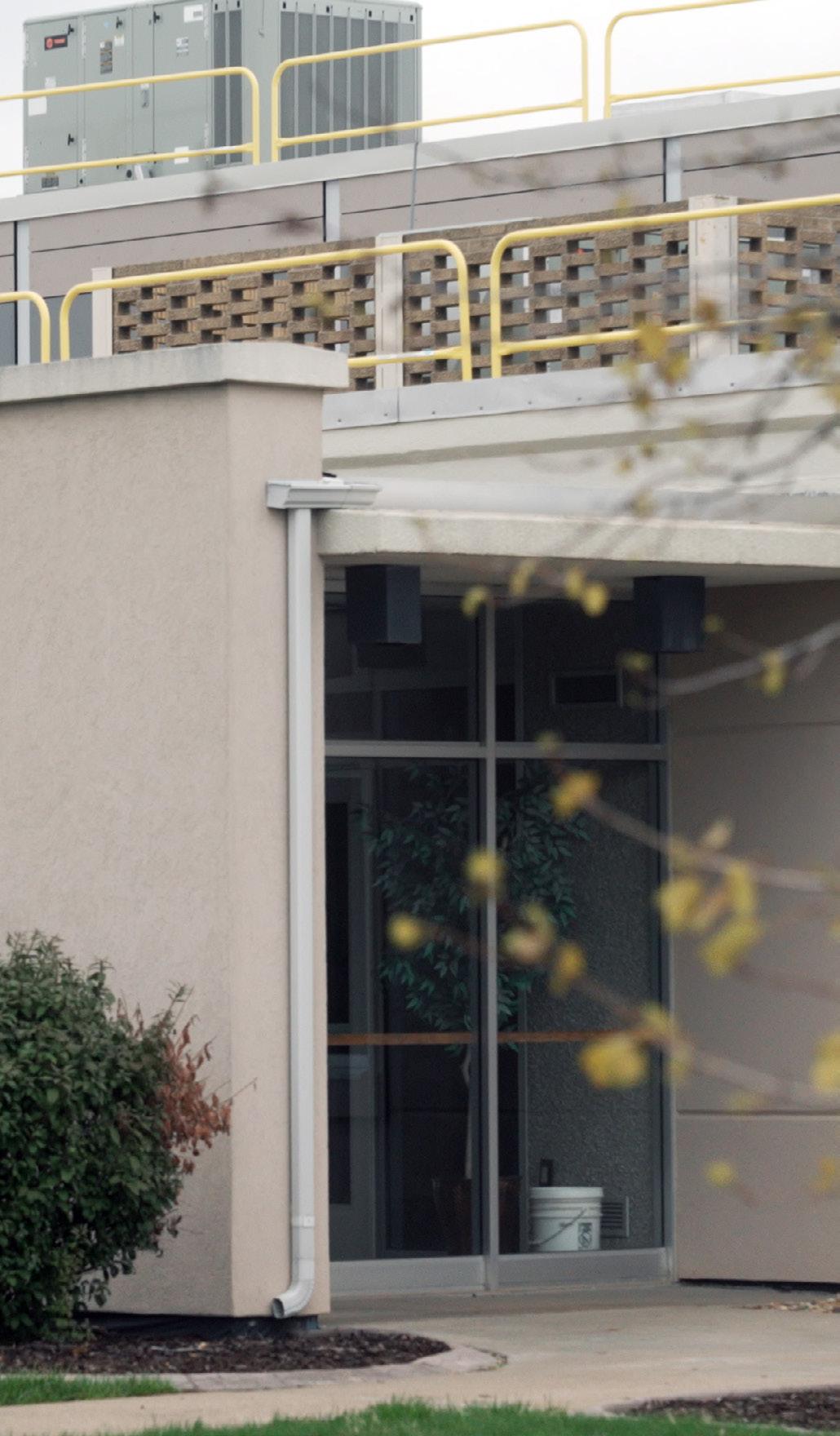
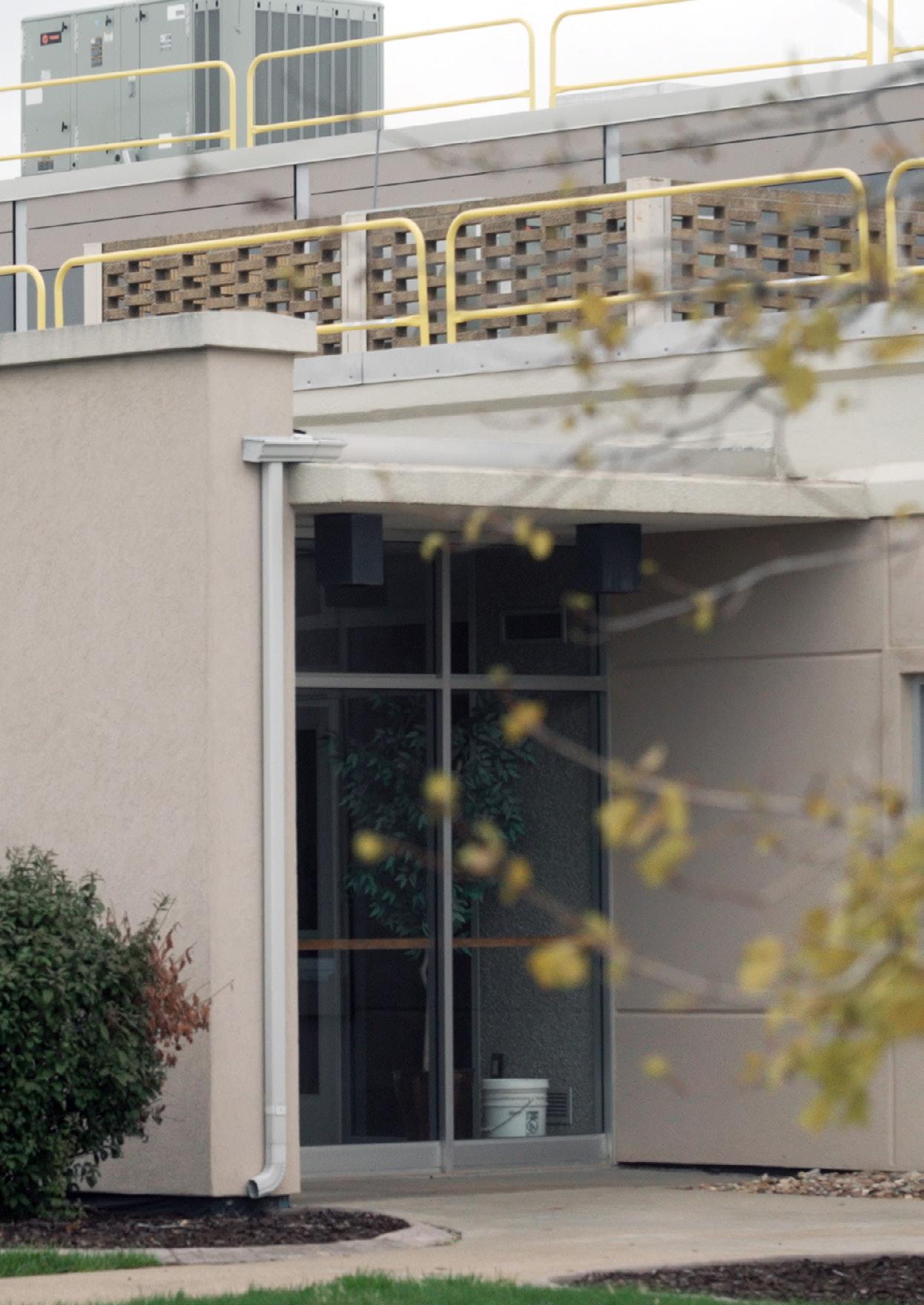 WRITTEN BY: HELEN ADAMS
PRODUCED BY: MIKE SADR
WRITTEN BY: HELEN ADAMS
PRODUCED BY: MIKE SADR
Kevin Nelson is the Chief Procurement Officer at BD (Becton, Dickinson and Company), a medical technology company based in Franklin Lakes, New Jersey. His responsibilities include overseeing all third-party spend, including direct and indirect.
“I’ve been in the procurement profession for a number of years, starting my career in the high-tech industry and evolving into roles within the biotechnology arena before leading strategic sourcing at C. R. Bard, a medical device company that BD acquired about six years ago,” he says.
BD is one of the world’s largest medical technology companies. Its purpose is ‘advancing the world of health’ by improving medical discovery, diagnostics and the delivery of care.
“Roughly 90% of patients coming into a clinical setting in the United States are going to use a BD product,” says Nelson.
Products vary from well-known medical devices such as needles, syringes and blood collection tubes to sophisticated electromechanical devices, diagnostic instruments and reagents.
COVID-19 changed the world foreverhybrid working is the new normal, face masks are as common as earrings and you never leave your house without your keys,

how his team mitigates supply chain risks and delivers innovative solutions in an ethical way
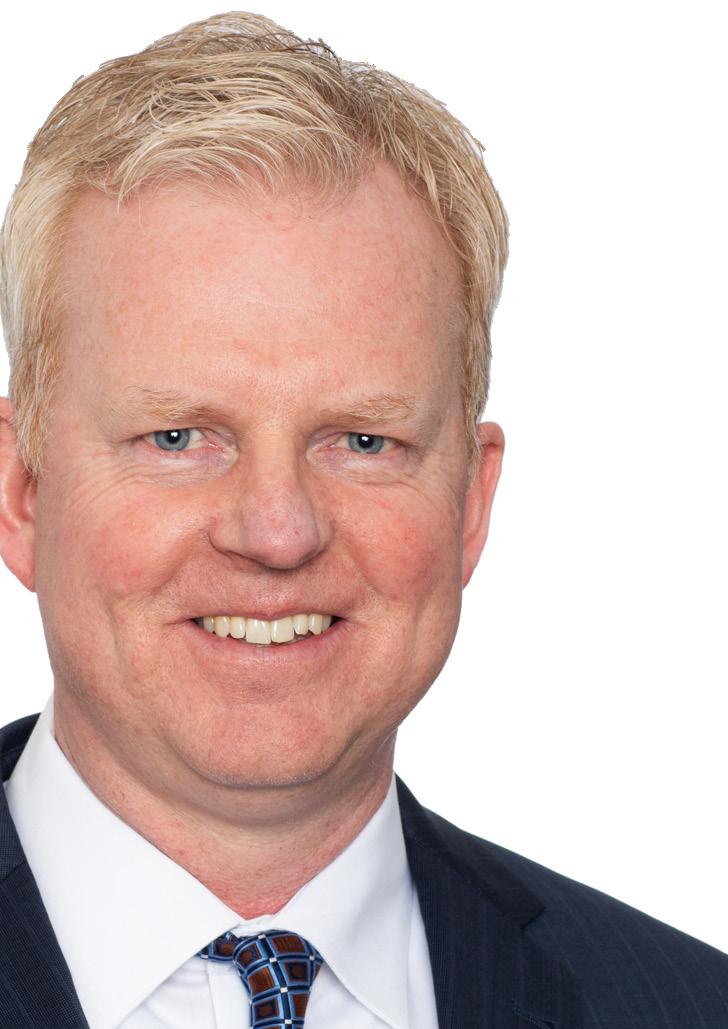
Gainfront’s AI driven technology platform is designed to increase procurement efficiency while solving the unique procurement process challenges that arise from today’s remote and hybrid work environments and increased focus on corporate social responsibility around supplier diversity, ethical compliance, and reducing green house gas emissions

Gainfront’s highly customisable, modular, procure-to-pay powerhouse platform for Diversity, ESG, and collaboration
Gainfront is a platform that meets the procurement needs of today’s business landscape, focusing on mandates related to diversity, supplier diversity, workforce diversity, as well as ESG tracking. Led by Hetal Mehta, CEO of Gainfront, the company provides organisations with an innovative way to achieve compliance to preferred buying while offering powerful workflow automation, which is essential in today’s hybrid work environment.

Gainfront enables customers to easily configure their workflows, whether in sourcing, finance, or HR, granting them full control over the process through team collaboration and audit trails. As a complete Procure-to-Pay platform, Gainfront fully embraces diversity, ESG, and workflow automation requirements, providing a comprehensive solution for procurement professionals.
Gainfront recognises the pressing need for finding new, diverse, and environmentally conscious suppliers on a global scale. With current supply chain challenges, customers often struggle to identify and source from new suppliers. Gainfront addresses this issue by offering their customers access to a strong and robust global Discovery database. Mehta highlights the importance of this database, stating that it resolves the problem of customers being unable to replace suppliers due to a lack of viable alternatives.
In the context of today’s hybrid work environment, there is a growing need to find qualified suppliers while managing risk profiles. Gainfront introduces the RFX Concierge service, which allows customers to source suppliers easily by providing preliminary criteria. By leveraging this service, Gainfront identifies qualified suppliers and connects them, significantly reducing customers’ search time by almost 60%.
“Gainfront recognises the importance of collaboration in today’s hybrid work environment,” says Mehta. “The company’s horizontal approach to workflow automation provides customers with team collaboration capabilities, allowing for efficient communication and tracking of audit trails. By gathering all decision-making processes in a team-collaboration environment, individuals are held accountable, mitigating the risk of miscommunication or lost information.”
Gainfront’s Partnership with Becton Dickinson (BD) Becton Dickinson (BD) has been a customer of Gainfront for the past three years. Mehta and her team have been instrumental in helping BD manage supplier diversity, spend management, and tracking, thereby assisting them in achieving their BDR goals. Through Gainfront’s database, BD gains access to new suppliers, enabling them to meet their sourcing and diversity goals successfully.
wallet, phone and hand sanitiser. The postpandemic planet changed the procurement process too, especially for those dealing with medical equipment.

“The world has changed and our supply chains need to adapt,” said Nelson. “When we look at the environment, or the world around us right now, we are continuing to see more disruptions every year. We’ve been tracking this, not only within BD, but also within the healthcare and the life sciences industry.”
More frequent disruptions in the supply chain are happening year over year, which include plant shutdowns, supplier shutdowns, supplier insolvency, port strikes, geopolitical tensions and more.
“BD has taken this ‘moment’ to lead a ‘movement’ to create the supply chain of the future, and that all starts with enhanced procurement visibility and agility”
KEVIN NELSON SENIOR VP & CPO, BD

TITLE: SENIOR VP & CPO
COMPANY: BD
INDUSTRY: MANUFACTURING
LOCATION: NEW JERSEY, US
Kevin Nelson has served as BD’s SVP and Chief Procurement Officer for the past five years focused on applying advanced Procurement strategies to help BD navigate supply chain disruptions and inflationary challenges during the pandemic. Kevin created BD’s Responsible Sourcing Program which strives to develop an ethical, agile supply chain capable of sustaining external pressures.
Prior to B, Kevin was VP of Global Strategic Sourcing C.R. Bard where he introduced an advanced sourcing methodology that delivered solid yearover-year savings as well as additional value through innovative supplier relationship management, revenue generation, reduced backorder and a supplier risk management program.
“All these things result in some sort of disruption to the supply chain,” says Nelson. “We have continued to see that and experience it. That has led us to asking, what do we need to do differently? Because we’re probably not going to get back to this ‘normal’ that everyone’s been waiting for. BD has taken this ‘moment’ to lead a ‘movement’ to create the supply chain of the future, and that all starts with enhanced supply chain visibility and agility.”
This “movement” at BD has resulted in multiple initiatives to evolve procurement strategies to be more resilient, agile and socially responsible.

Kevin received his B.A. from the University of North Dakota and MBA from Boston University. Kevin is a member of the Healthcare Transparency Institute, Strategic Marketplace Initiative, National Minority Supplier Development Committee, Institute for Supply Management and sits on multiple advisory boards in the medical device industry.


Enhanced visibility via AI & ML

“To start building our supply chain of the future, we mapped our product lines to identify which ones are considered critical to healthcare,” Nelson explains. “These are products that the healthcare industry has
deemed essential to care for the patients, and if they aren’t on the market, there’ll be a problem around meeting basic or routine healthcare needs.”
BD identified over a hundred different product lines that are critical to healthcare. Nelson and his team conducted an assessment on every product line, looking at every item in the bills of materials and ensured remediation is in place for the critical high-risk materials.
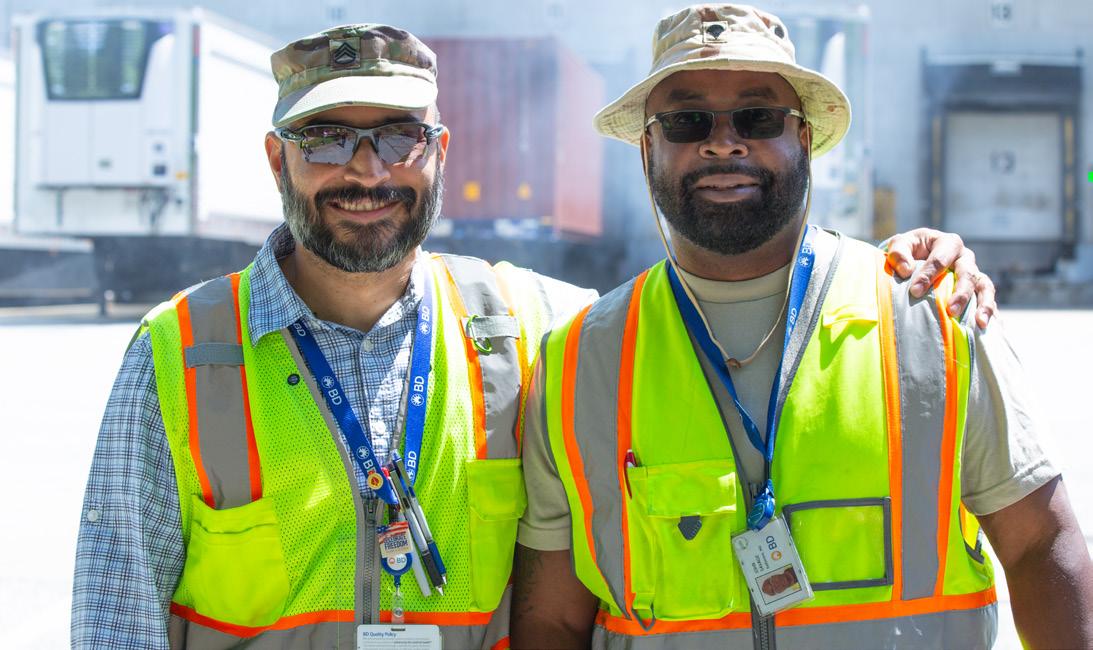
“A product line may have a few items in the bill of materials, or it may have a few hundred items. We do an assessment on every item in that bill of materials and on every supplier, to see where potential risks are.”
BD creates a composite score that allows them to plot product lines to see which ones are in a high-risk quadrant.
“We’re looking at how we can help a community where our customers are living”
BD: Ensuring a resilient, responsible and agile supply chain
KEVIN NELSON SENIOR VP & CPO, BD
“We can take that back to our business units and work with them to create mitigation plans to dual source, adjust inventory levels, and/or regionally source some of the material or components.”
90%
As part of the work to de-risk high-priority products, BD uses discovery technology that employs AI and machine learning ML to map subtier supply chains for critical products and leveraged that visibility to uncover hidden risks in its suppliers’ extended supply chains.

“During COVID-19, 80% of BD’s supply chain disruptions didn’t come from our direct suppliers,” Nelson adds. “They came from our suppliers’ suppliers or even three or four levels down the chain. Unless you have mapped your entire supply chain and employ
very sophisticated technology, it is very hard to know how a disruption at a third or fourth-tier supplier will impact your product.”
An example of the payoff of this work was a recent paper strike in Finland. Because BD mapped the supply chain, the procurement team knew that pulp from Finland was used in medical grade labels the company uses and that there were very few alternate suppliers. BD received early warning signals from the risk intelligence partner along with the visibility to understand the issue early on, work with its partners to find alternate sources and secure inventory of labels well in advance of other companies or industries that would be vying for the same label stock.
Roughly 90% of patients coming into a clinical setting in the United States are going to use a BD product
The life sciences industry continues to experience unparalleled innovation as investment and talent flow into the sector and breakthrough discoveries happen at a rapid pace.
Named the 2021 BD Sustainability Supplier of the Year, JLL helps life sciences companies create compelling real estate and facilities strategies that improve efficiency, mitigate risk and deliver a sustainable workplace. Lay the groundwork for rapid growth →

Creating a socially & environmentally responsible supply chain BD knows its customers want them to provide high-quality products at a fair price and that they expect more than the basics. Improved resiliency, visibility and agility are adding value, but the company is also focusing on sustainable business practices that are environmentally, ethically and socially responsible.
“At BD, we stay true to our values, including doing what is right. We set up the Responsible Sourcing Program to ensure we embed supplier responsibility and sustainability in every purchasing decision we make,” Nelson explains.
This includes partnering with ethical and diverse suppliers, helping protect human rights and working to ensure environmental stewardship.
“Our customers want to understand the bigger picture, too,” Nelson explains. “Are they buying a product from us that is sourced from an ethical and responsible supplier paying fair wages to its workers?”
BD ensures compliance in these areas through ongoing assessments, desktop and face-to-face audits and close partnerships across its supply base. This is all to ensure that suppliers understand exactly what BD

“Unless you have mapped your entire supply chain and employ very sophisticated technology, it is very hard to know how a disruption at a fifth-level supplier will impact your product”


expects when doing business with them, while also making sure risks are anticipated and managed effectively.
Like most companies, Nelson and his team have certainly found some areas of concern in their network that need to improve.


“Instead of moving away from that supplier and letting it be someone else’s problem, we’ve tried to see how we can work with them to identify an area they need to improve in. If they’re able to, that’s great. If not, then we’d have to move away. So far, we’ve been successful in mitigating issues. We’re working to help improve human rights around the world while ensuring important medical products get to those who need them.”
Another focus area of BD’s Responsible Sourcing Program is supplier sustainability. This examines where suppliers are driving reductions in greenhouse gases, diverting waste away from landfills and understanding how much renewable energy they use. The Responsible Sourcing team is also working internally with product stewardship and category management to develop and implement strategies to eliminate materials of concern where possible.
“The partnership is that three-legged stool: our customer, our internal stakeholders and our suppliers”
KEVIN NELSON SENIOR VP & CPO, BD
How well do you know your suppliers?
Or even your suppliers’ supplier?
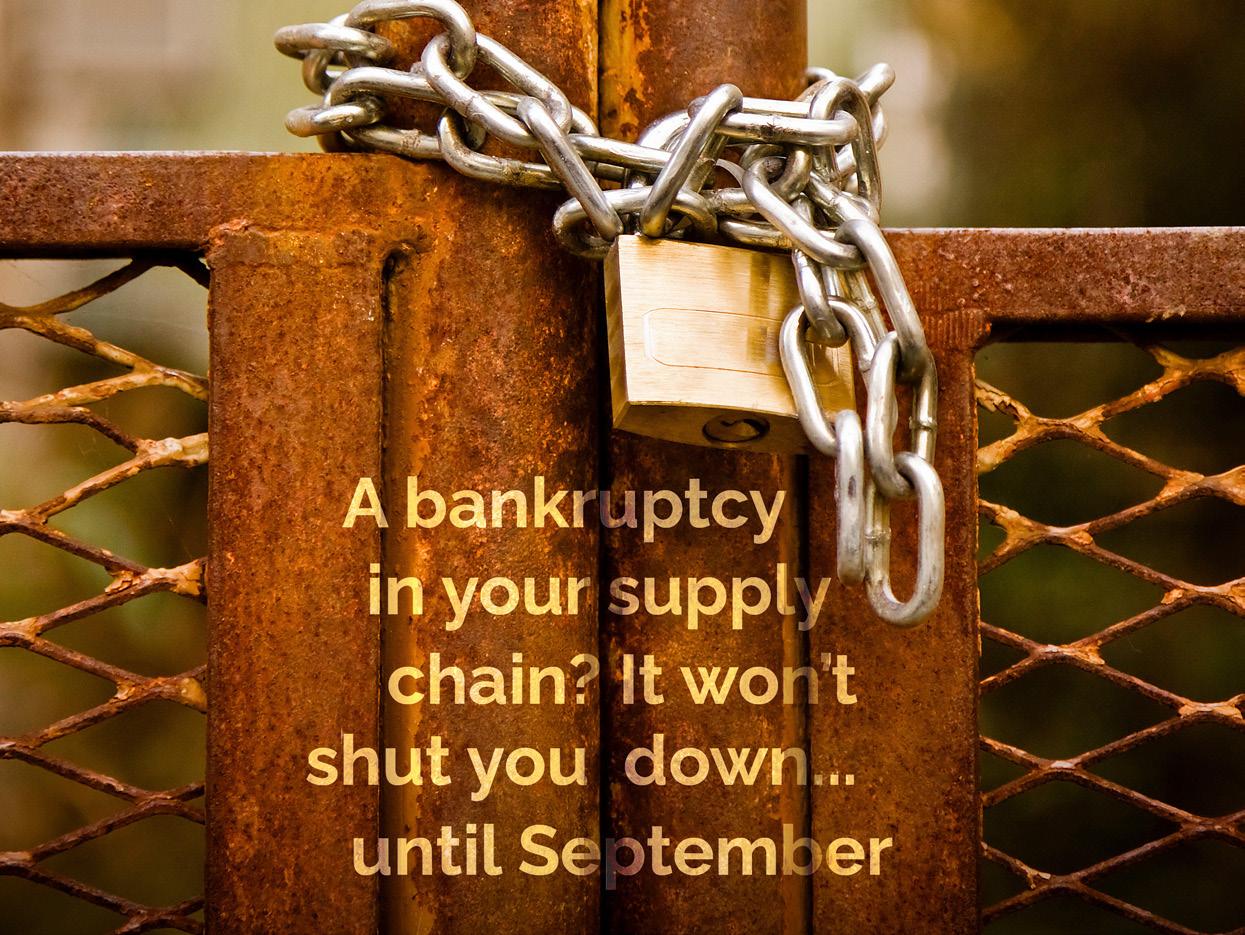
Get clear visibility and unmatched intelligence to make faster, smarter supply chain decisions. Everstream reveals supplier, material, and revenue risk before anyone else. With the world’s most accurate and reliable data, network graphing, and human analysis, Everstream empowers supply chain leaders to build strong, agile, and sustainable supply chains.
Take control of your supply chain with Everstream everstream.ai
everstream.ai/demo
KEVIN NELSON SENIOR VP & CPO, BDsustainable sterilisation technologies, and addressing materials of concern (MOC).
The third area of focus of the Responsible Sourcing Program is supplier diversity, which has gained a lot of momentum in the US.
“We pivoted our supplier diversity focus from one that historically assessed our spend with small businesses and diverse suppliers, which was more of a reactive approach. Today, we are looking at economic impact in terms of how we’re helping different regions and local economies by using diverse and small businesses that are truly making an impact. We’re looking at how we can help a community where our customers are living,” explains Nelson.
“The Supplier Sustainability pillar includes working alongside our R&D team and business units to identify products, materials and components that are ‘greener’ in nature while also making products that are more effective, efficient and economical,” Nelson explains. “This might be a packaging component that uses less energy to make or is recyclable.”
In 2022, BD launched the Sustainable Medical Technology Institute, a model of practice within the organisation that brings together BD researchers and engineers, as well as quality, regulatory, policy, sourcing and operational expertise, to focus on reducing the environmental impact of the company’s product portfolio in three areas: adopting sustainable product design strategies, developing and deploying
Finally, there’s end-to-end transparency, which is connecting back to the customer and providing enhanced visibility to them. “The key is providing this information proactively and transparently to the customers, to the patients, before it’s a problem, so they have the ability to do something in advance.”
As with any medical manufacturer, BD’s partner ecosystem is vast.
“Partnering with our customers upfront is a key priority for BD. We aim to identify the customer requirements and expectations and build those into our long term strategies and initiatives,” he explains.
From day one, BD’s style has been to collaborate and work with its partners, which was essential during the pandemic.
“We came in working together, wanting to figure out a solution with our supplier partners, as opposed to demanding, ‘Shift this or I’m going to move away from you’.
“Instead of moving away from that supplier, we’ve tried to see how we can work with them to identify how they can improve”
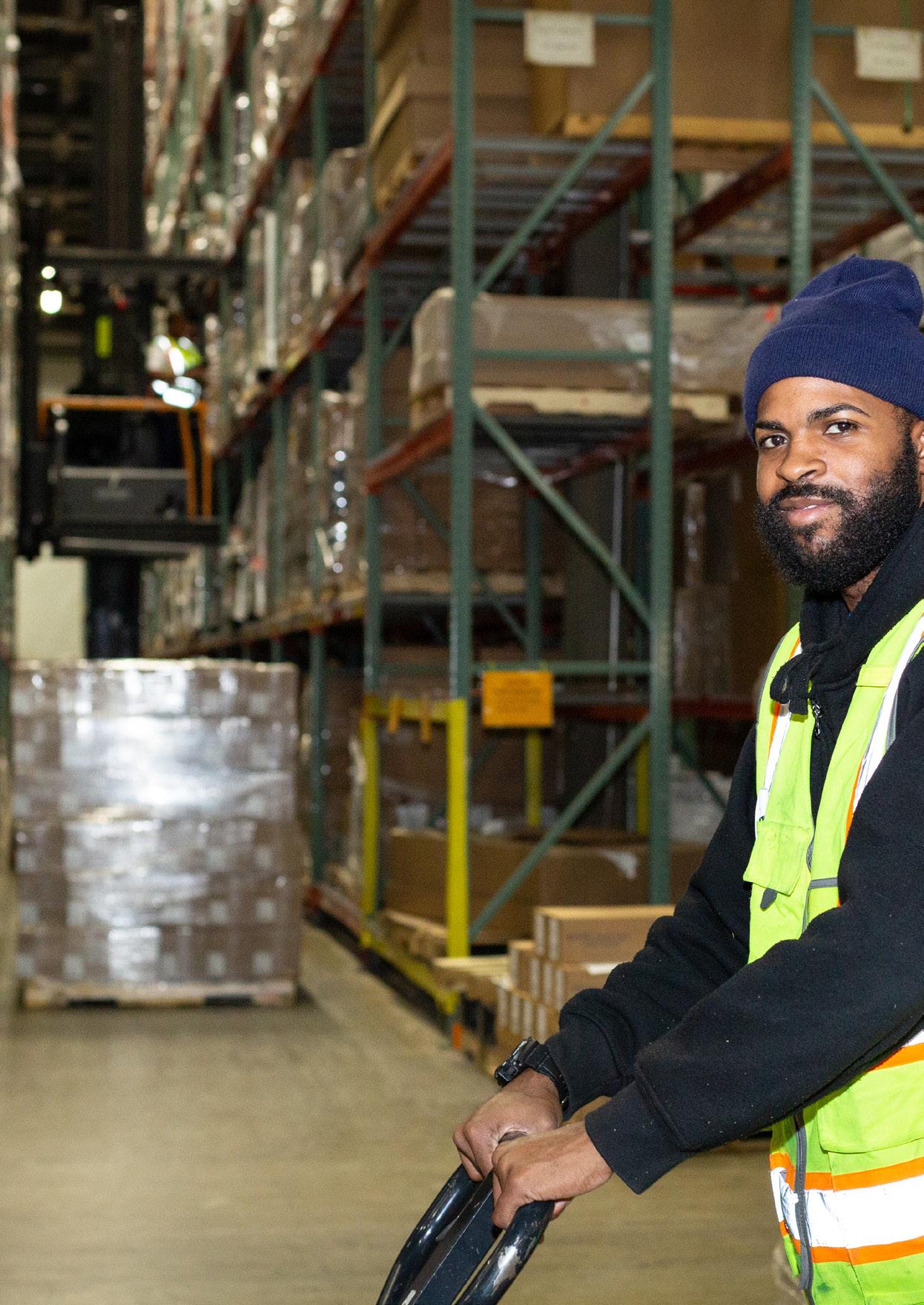
“The partnership is a three-legged stool: our customer, our suppliers and our internal stakeholders that includes business units, Quality and Regulatory, among others.”
This work is further strengthened through strategic collaboration and public-private partnerships with government agencies, including the FDA, HHS, POTUS/White House – and industry collaboratives like Advamed – to address supply chain and sourcing issues that plague the broader healthcare industry.
Being able to incorporate those areas into BD’s strategy has allowed what Nelson sees as a resilient end-to-end supply chain.
The momentum of BD’s procurement supply chain team has been exciting for Nelson and his team.
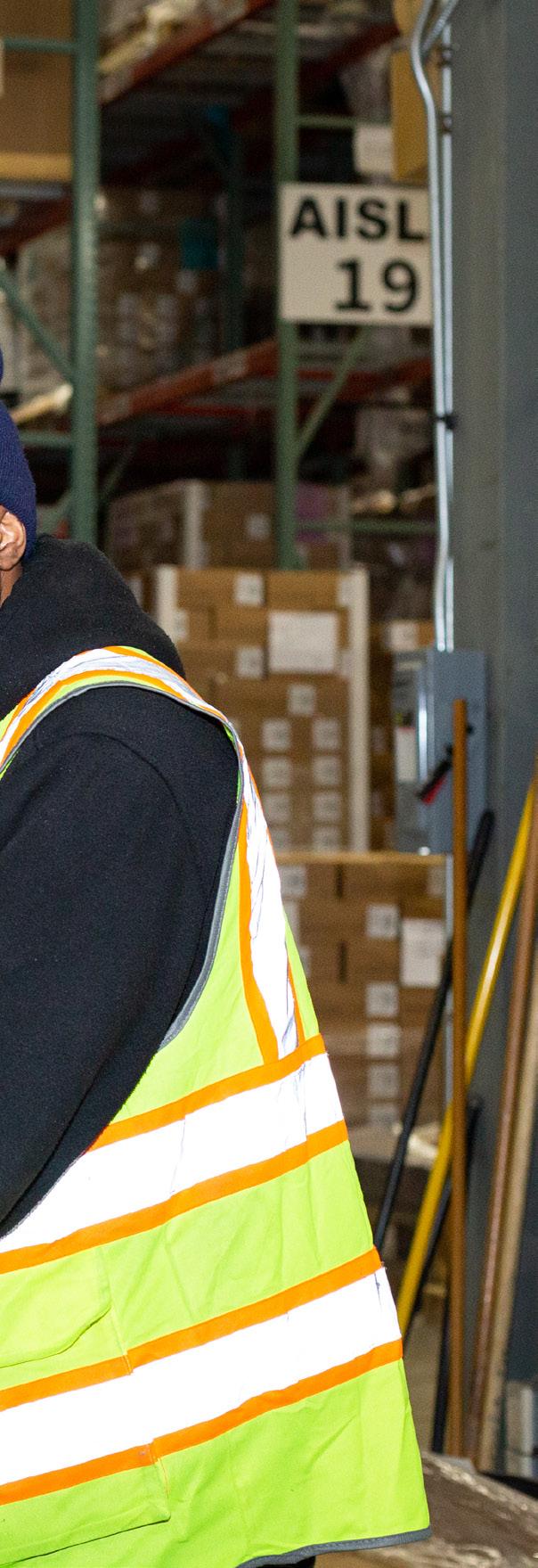
“We’ve experienced very little turnover in our function, and I think a big reason for that is that people see the movement we are driving and understand we have become extremely vital to BD, our customers and the patients they serve. We are on the frontlines; we are helping shape strategy as we go forward here.”
Nelson views this as an entirely different kind of mindset and even acumen, from a team perspective.
“I think it’s been refreshing for the team to pivot away from historical firefighting or cost-reduction to facing the bigger opportunity we’re trying to address.”
“We have more engineers on the team now doing more,” says Nelson. “Our engineers look at an existing product line and see what we can do to redesign elements that can meet the needs of our customer and patients, reduce our overall risk exposure and benefit BD as well.”
Sara Horder is senior partner of Investigo, part of The IN Group, and untangles why talent management is pivotal to procurement in such testing times
 WRITTEN BY: ILKHAN OZSEVIM
WRITTEN BY: ILKHAN OZSEVIM







“The moment you undervalue a role, the attraction doesn’t really stay alive”
SARA HORDER, SENIOR PARTNER OF PROCUREMENT PRACTICE, INVESTIGO
company is only as good as its people. Talent management is vital to procurement as it allows organisations to identify and develop capabilities that can both both bolster its everyday proficiencies, and help it to navigate through wider challenges such as the pandemic, the Ukraine war and all the endless supply chain disruptions that we have come to know all too well.
As a result, the role of procurement in creating solutions has become even more essential than it was just five years ago.
Procurement departments need to ensure that they attract and retain top talent, to avert further crises and develop their companies. But how? “The key area is coming to market at the right level,” says Sara Horder, senior partner of procurement practice at Investigo.


Part of The IN Group, Investigo is a leading recruitment agency, delivering talent to a large client base of blue chip corporations, agencies and start-ups.


PROCUREMENT LEADERS NEED TO IDENTIFY AND DEVELOP HIGH-POTENTIAL EMPLOYEES WITHIN THEIR TEAMS TO BUILD A STRONG PIPELINE OF FUTURE TALENT


“The moment you undervalue a role, is when the attraction doesn’t really stay alive,” she says.
“Feedback through interview processes is undervalued as a really good tool to retain your brand in the market, firstly because it allows a candidate to develop and see where they can improve if unsuccessful, and it also allows a business to reflect on what they want as well as retaining their brand and repeat applications in the future.”
Horder says that it's all about the process and brand you represent. “We have seen a big drive in employee branding and I think this is an important tool in terms of retaining and attracting talent. So it’s a great tool to both engage current staff, as well as to utilise to attract top talent to organisations.”
As a line manager, giving regular feedback is useful. It allows employees to address any


concerns, develop their strengths and work on their progress.
“Personally,” says Horder, “I believe coaching is a massive element to success, where you are leading people to the answers rather than telling someone how to do it.
“It's very similar when dealing with a supplier as a procurement professional, because what value do you get when you tell them what you want, rather than taking them on a journey?

“There is a reason why I still have my job – because it is a full time job!
SARA HORDER, SENIOR PARTNER OF PROCUREMENT PRACTICE, INVESTIGO
TITLE: SENIOR PARTNER
COMPANY: INVESTIGO (PART OF THE IN GROUP)
LOCATION: LONDON
Senior partner across the interim portfolio at Investigo and Definia, responsible for mid-exec level procurement appointments and supporting delivery led consultancy projects for Definia.


2005-2006
The team grew from 20 to 26 people when the Business Change and Transformation division was first launched.
2017
Nick Baxter appointed CEO. Cloud, data, and cybersecurity launch
2022
A huge leap as we grow from 284 to 332 people
Managing procurement talent: Securing the future

Procurement leaders need to identify and develop high-potential employees within their teams to build a strong pipeline of future talent.
For Horder, developing a culture of continuous learning and development is where you will develop high potential employees whilst also building a strong pipeline. “You also need to be covering all bases in terms of passive, internal and external candidates. Being proactive in the market is where I see a shortage across
companies, because sometimes the best hires are made when a company isn’t actively looking. It's all about the introduction of ‘hot’ talent on the market, and what looks good is where businesses will stay ahead.”
She says that some businesses do really well in hiring at all levels, from graduate to executive level, “and this allows candidates to develop in an organisation, but also coming in at a higher level with different experience, provides the opportunity to do things differently and have a birds eye view of a department.”

DE&I can have a positive impact on business performance in a magnitude of ways from greater innovation and skill sharing, to increased productivity and higher revenues. Horder says that when an organisation is hiring, it shouldn’t always hire the same capabilities, as that can limit the creativity in teams and halt growth. “Having a number of ways to do things allows for innovation, and having a broader skill set within teams can encourage continuous learning and development,” she says.
“So if you’re looking to recruit the very best talent, you’ll need to make sure you are doing everything you can to improve diversity in your business. You will also need to offer full transparency so that potential talent can see exactly what you offer, and choose your business over competitors.”
Training is imperative, especially when we talk about the development of the younger generation and the newly-forged culture of working-from-home. Horder says: “because of the working from home element, I think it’s really difficult for a lot of people to develop, learn and progress.
“Not having the ability to easily bounce ideas off someone who you might sit next to in an office, can directly impact productivity.
“Training also improves job satisfaction and retention, as it makes employees feel valued and that you are investing into the future. Team training days are really effective as they bring the culture together and set a framework for sharing new skills and ideas with colleagues which allow for development.”


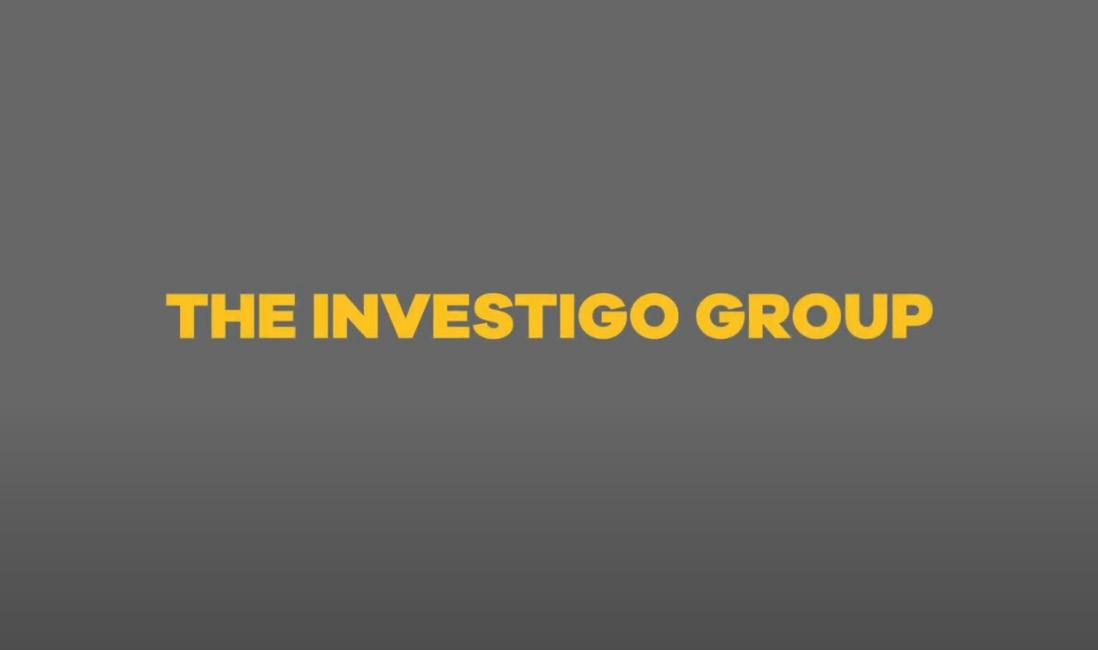
“So if you’re looking to recruit the very best talent, you’ll need to make sure you are doing everything you can to improve diversity in your business”
SARA HORDER, SENIOR PARTNER OF PROCUREMENT PRACTICE , INVESTIGO
Key challenges and keys to overcome Horder holds that one of the biggest challenges companies have, “particularly large corporates,” she says, “is attempting to carry out their recruitment processes all by themselves. There is a reason why I still have my job – because it is a full time job!”
She says that an organisation can adopt the following techniques when they partner with a specialised recruitment business:
n High quality candidates – whether they are passive or active
n Specific market knowledge in terms of benchmarking particular roles
n Customer services and building on a longer-term relationship where a partner can introduce you to future talent

n Building the future – a good partner doesn’t just talk about the now – they futureproof what might be coming, and offer support on a longer-term

All of the above are reflective to both a client and candidate and offer a great advantage of supercharging talent management.
“Overall, these days it isn’t just about the money,” says Horder. “It’s about the overall package and not just about the numbers. It’s about the training, the team, overall progression and business culture that will attract and retain talent.” She says that internal opportunities are also a decisive factor.
“For business in general, and perhaps now especially for procurement, for an organisation to be able to retain talent and develop internal employees in new areas, demonstrates that it values its people.”


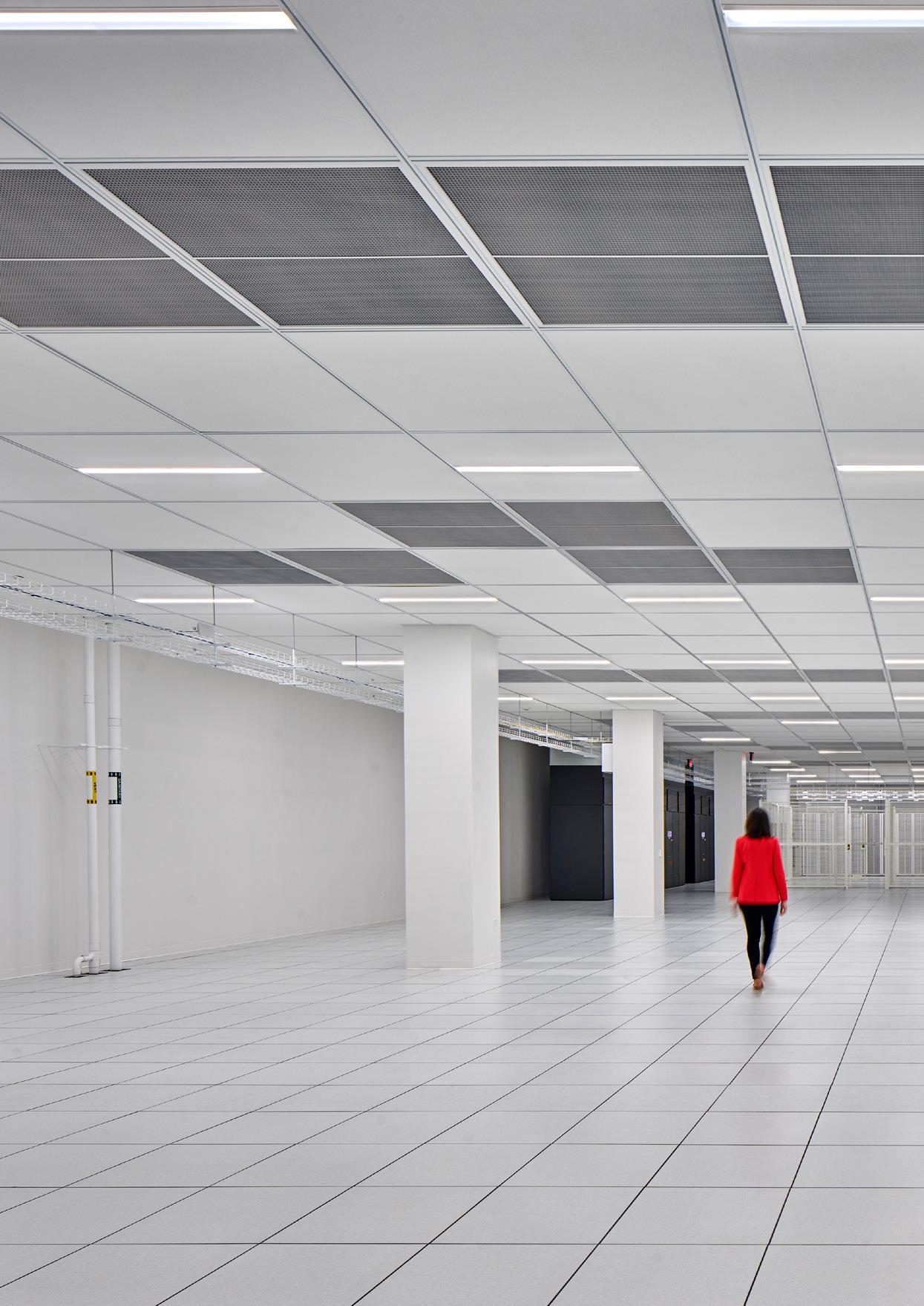
WRITTEN BY:
SEAN
ASHCROFT
PRODUCED BY:
LEWIS
VAUGHAN

It might seem odd that, in a world in which technology companies are laying off workers in their thousands, a company such as DataBank – which helps fuel tech consumption – is continuing to expand at a steady pace.
DataBank's managed data-centre services are anchored in world-class facilities, and the company currently boasts such centres in locations including Dallas, Minneapolis, Kansas City, Cleveland, Pittsburgh, Salt Lake City, and Atlanta –managing or operating major network facilities in each of these regions.
These facilities provide uninterrupted access to customer data, applications and IT equipment. DataBank’s services provide business solutions for corporate enterprises, including hybrid cloud services, customised IT deployments, and industry compliance, to meet the outsourcing needs for IT management, maintenance and operations.
The company serves a wide range of customer verticals, including media and content distribution, cloud infrastructure providers and telecom networks.
DataBank has been expanding its size and reach for years. In September 2017, it acquired cloud hosting company, Edge Hosting, which specialises in designing, operating and simplifying secure and compliant IaaS and PaaS Managed Cloud Hosting. The acquisition provided both market expansion and extra expertise in the delivery of cloud solutions and

Tony Qorri is VP of Construction with DataBank, and explains how the business continues to expand strategically in testing economic times

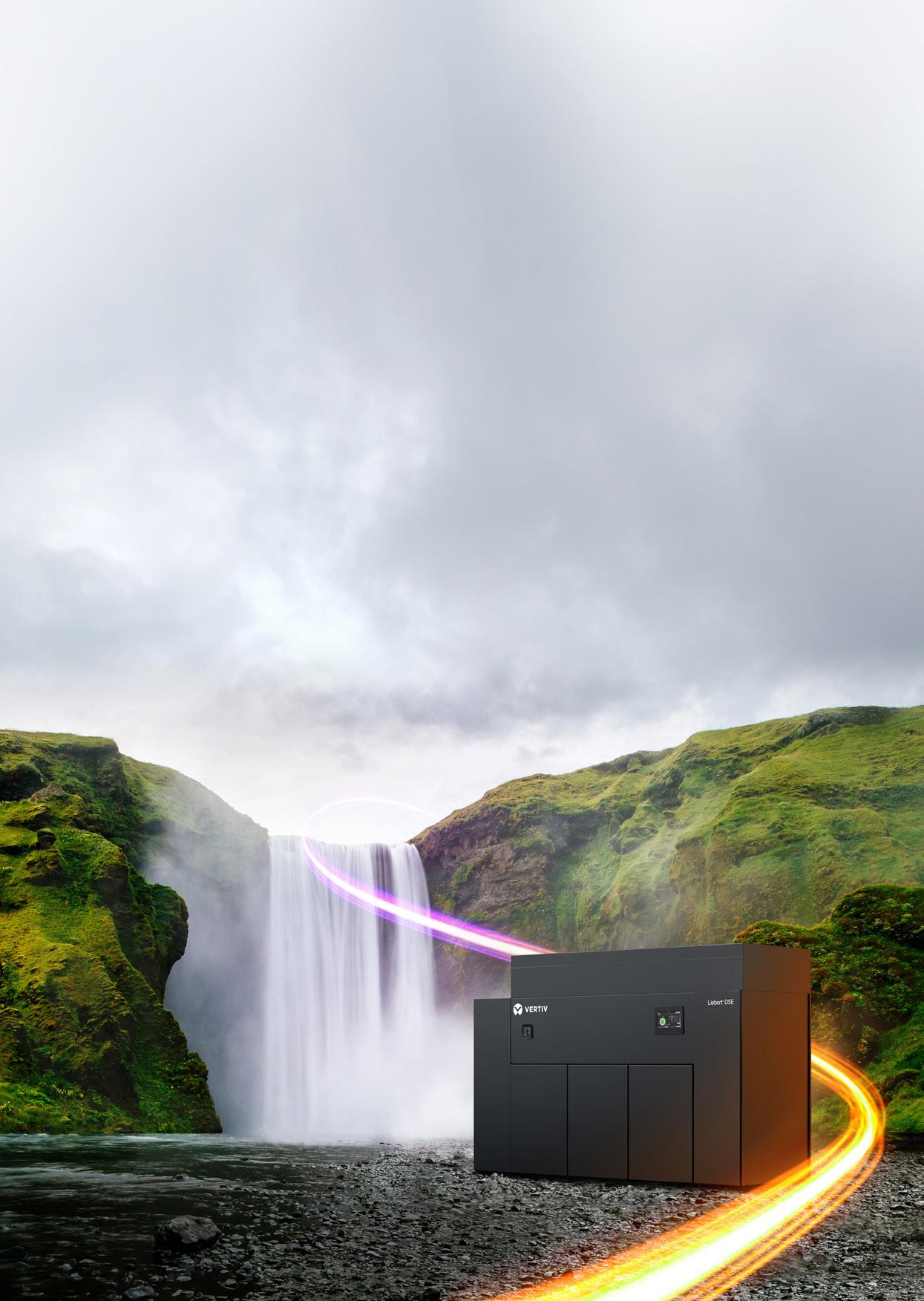

Today, there’s more than 18 million servers running in more than 2,500 data centers all across the globe to support everything from our global economy to our increasingly remote workforce. As we continue seeing more demand for ecommerce, artificial intelligence, streaming video, virtual reality/augmented reality applications, smart systems, and Big Data analytics, we expect these numbers to climb drastically. This unprecedented demand for digital services has made the case that data centers have become as essential as public utilities such as electricity, gas, and water. Below is an overview of some of those technologies, according to the guide:
Intelligent equipment and new controls enable data center operators to improve the utilization and efficiency of the critical power systems required to achieve high levels of data center availability. One strategy we’re seeing used by organizations is utilizing the overload capacity designed into some UPS systems to handle short and infrequent demand peaks rather than oversizing equipment based on these peaks.
Renewable energy can be a great tool for reducing carbon emissions. Numerous ways to leverage renewable sources include purchase plan agreements, renewable energy certificates, and migrating loads to cloud or colocation facilities committed to carbon-free operation. Some operators are looking at opportunities to power data centers through locally generated renewable power, which can be accomplished by matching renewable energy sources with fuel cells, systems that can produce clean hydrogen from renewable energy, and UPS systems with dynamic grid support capabilities.
For organizations in the initial stages of planning long-term efficiency and sustainability goals, beginning such a journey can be daunting. Fortunately, Vertiv’s guide offers valuable first steps for reducing environmental impact, including:
y Establishing Goals: Data center operators are embracing goals based on the vision of the net zero data center or adopting several of the pillars that make up that vision. According to Vertiv’s guide, a net zero data center typically encompasses:
• Zero losses: Eliminating inefficiencies and maximizing utilization in data center systems.
• Zero carbon: Eliminating carbon emissions from the power consumed by data centers.

• Zero water waste: Eliminating the waste of water for data center operation.
• Zero waste: Eliminating the e-waste created by data center operations.
y Defining Frameworks and Metrics: Emissions will often be the primary target when establishing measurable goals for reducing environmental impact.
The Greenhouse Gas Protocol provides standardized global frameworks that industry organizations and their value chain partners can use to understand, aggregate, quantify, and reduce emissions. Find more metrics and frameworks
y Prioritizing Opportunities: Organizations looking to build out their sustainability approach can begin by evaluating existing data center systems and prioritizing opportunities based on goals and available technologies. As plans move forward, operators should continue to prioritize solutions that can achieve desired levels of continuity. Some priorities include increasing asset utilization, decreasing data center water usage, reusing data center heat, and reducing e-waste.
The path toward a more sustainable data center is not paved by a single strategy or piece of technology and implementing these changes will be no easy feat for most organizations. The reduced costs, progress toward corporate goals, limited dependence on utilities, and lessened environmental impact from these initiatives can help create significant long-term value for an organization.
managed services, especially for clientele requiring comprehensive operational controls for a number of commercial and government compliance standards.
Then in September 2020 it acquired zColo’s data centre assets from Zayo Group Holdings, with these located in cities including New York, Los Angeles, Seattle and Denver. The deal means DataBank now offers secure colocation, connectivity, cloud, and managed services in 60 data centres in 28 key markets in the US and UK.
Such structured, strategic growth has put DataBank at the forefront of the edge

“I stick with the same principles in my work as I did in my sports career: keep learning, keep improving”
TONY QORRI VP CONSTRUCTION, DATABANK
infrastructure wave, enabling enterprises, hyperscalers, cloud, content, and software customers to move their mission-critical workloads and platforms closer to end-user populations in second-, third-, and fourthtier markets.
Crucially, these deals have seen DataBank acquire expertise along with infrastructure. One such addition is VP of Construction, Tony Qorri, who joined the company as part of the zColo deal.
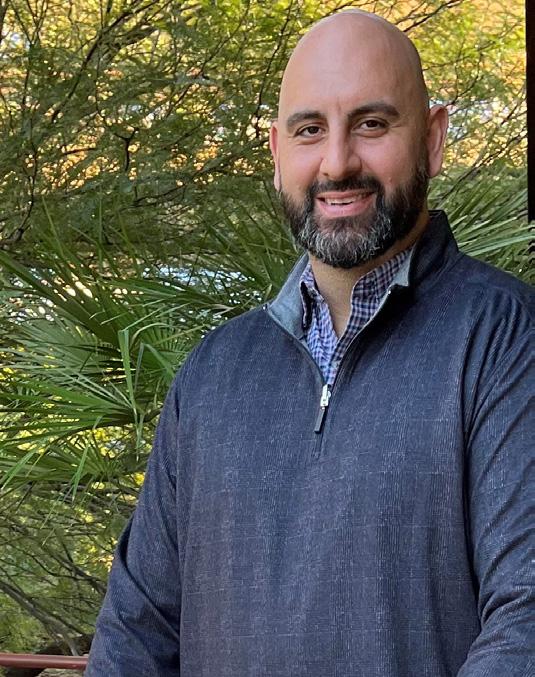

So how does Qorri explain DataBank’s growth in the face of a shrinking tech market?
“Tech companies might be cutting their staff, but it's not because people aren’t using technology,” he says. “In fact, people’s
TITLE: VP OF CONSTRUCTION
COMPANY: DATABANK
Tony Qorri joined DataBank as Vice President of Construction in December of 2021 with the responsibility of overall construction efforts on large construction projects as well as customer fit-out projects. Qorri came to Databank as part of the DataBank acquisition of Zayo's colocation division, zColo, where he served as Director of Construction for 7 years. Prior to Qorri's tenure at Zayo, he worked for a General Contracting / Construction Management firm in New York City where he served as Senior Vice President of Operations for 7 Years. Qorri has been in the mission critical industry for 15 years where he has built multiple Enterprise data centers for many of the financial institutions as well as the top 5 colocation companies on a global perspective. His time spent on both the contractor side as well as the end user side makes him a very well-rounded individual that understands all aspects of engineering, building, and operating a data center.


AECOM Tishman is one of the world’s leading builders. With more than 120 years in business, we’ve been responsible for the construction of more than 600 million square feet of space. A part of AECOM, our construction management business line is supported throughout the entire project lifecycle – from planning, design and engineering to program and construction management.
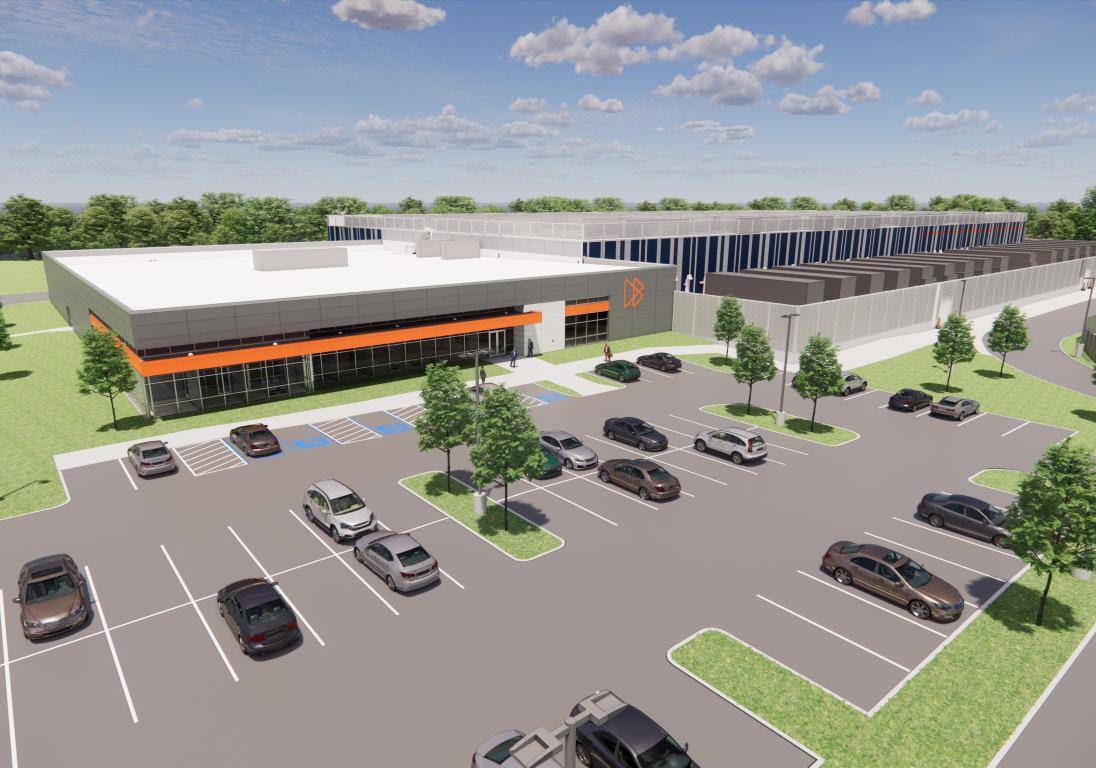
hunger for technology is growing, and data centres are the infrastructure that fuels that.
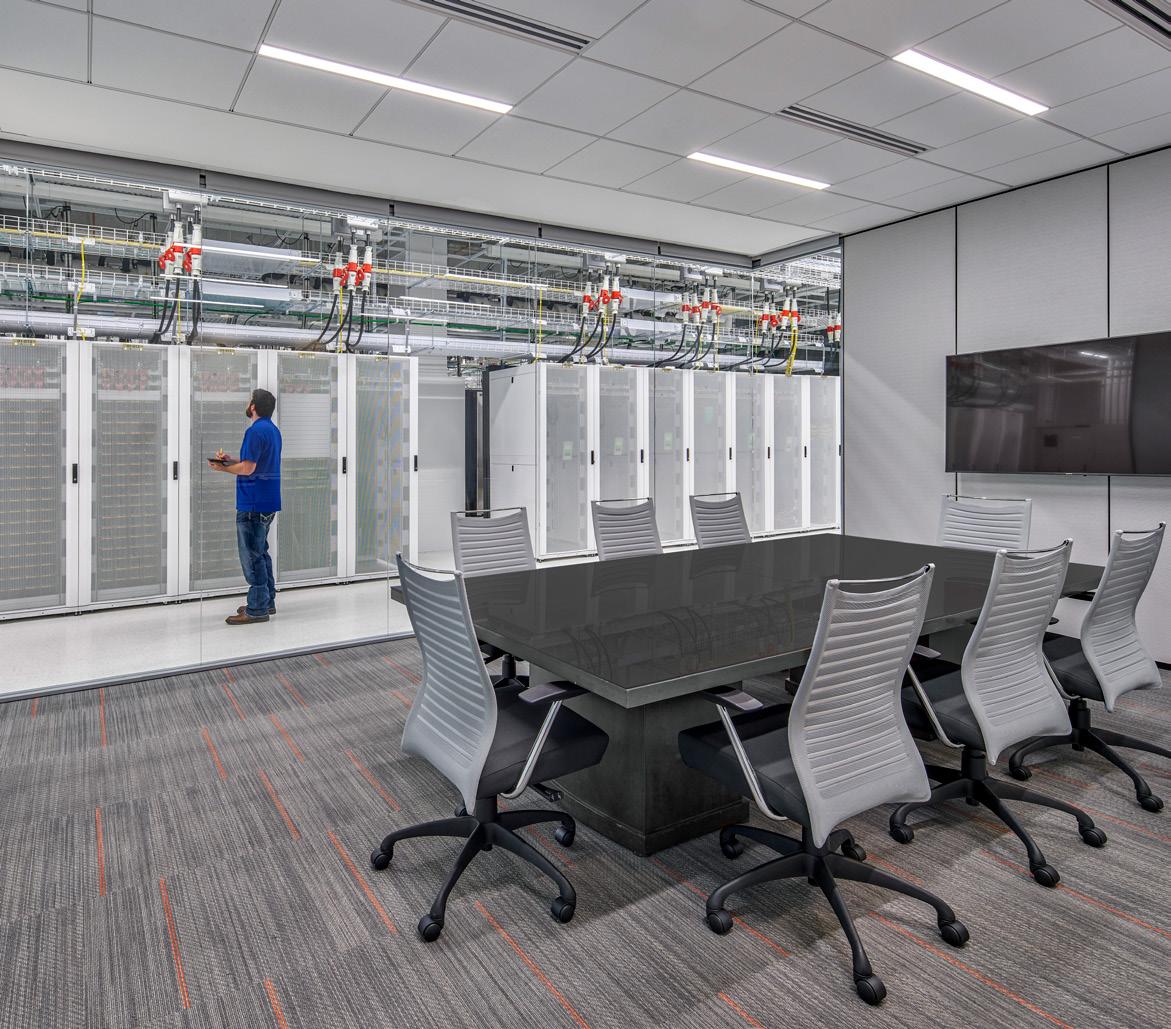
“So whenever you pick up your phone or click on an app you are firing three pieces of infrastructure. The cell tower that's capturing your signal, the fibre through which the signal travels and the data centre, where everything ends up.
“You have to remember our business is about serving customers of tech companies. We go where the customers are.”
And where DataBank always goes is to the ‘edge’, says Qorri.
“You always want to place your data as close as possible to those who use the data. So you are at the edge of the network.
TONY QORRI VP CONSTRUCTION, DATABANK
“We have built scalability into the business by creating a forecast that shows, quarter over quarter, what the market looks like”
And also where land is more affordable, which is why Salt Lake City and Atlanta have become focal points for the company.
“Those locations have been two we've chased pretty aggressively,” says Qorri. “We've got a lot of additional builds throughout the nation, but we've got quite a bit of capital being spent in those markets.”
Qorri’s role is to run and manage DataBank’s expansion and development builds,” including greenfield and brownfield retrofits, and expansions in any of the existing sites”.
He explains: “We've got three models of construction. One is brand-new developments – so a greenfield ground-up building. Second is a brownfield site, where we buy a shell – some type of building, could
have been a distribution centre or an office building – and we retrofit that.
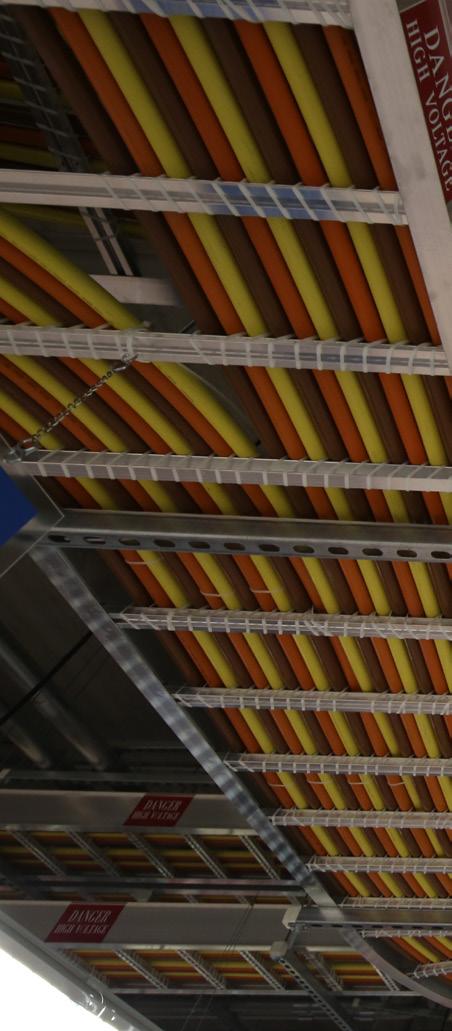
“The third is an existing facility that has maybe one to five data halls. We'll go in and expand that building over the course of time.”
From front-end to back-end, Qorri and his team hires and manages design consultants, contractors and the commissioning firms that ensure the data centres are functional. For good measure, he also runs the procurement arm of the organisation, an area that in recent years has been pivotal to the continued growth of the company.
Just over a year ago, DataBank hired a strategic sourcing manager who works for and closely with Qorri.
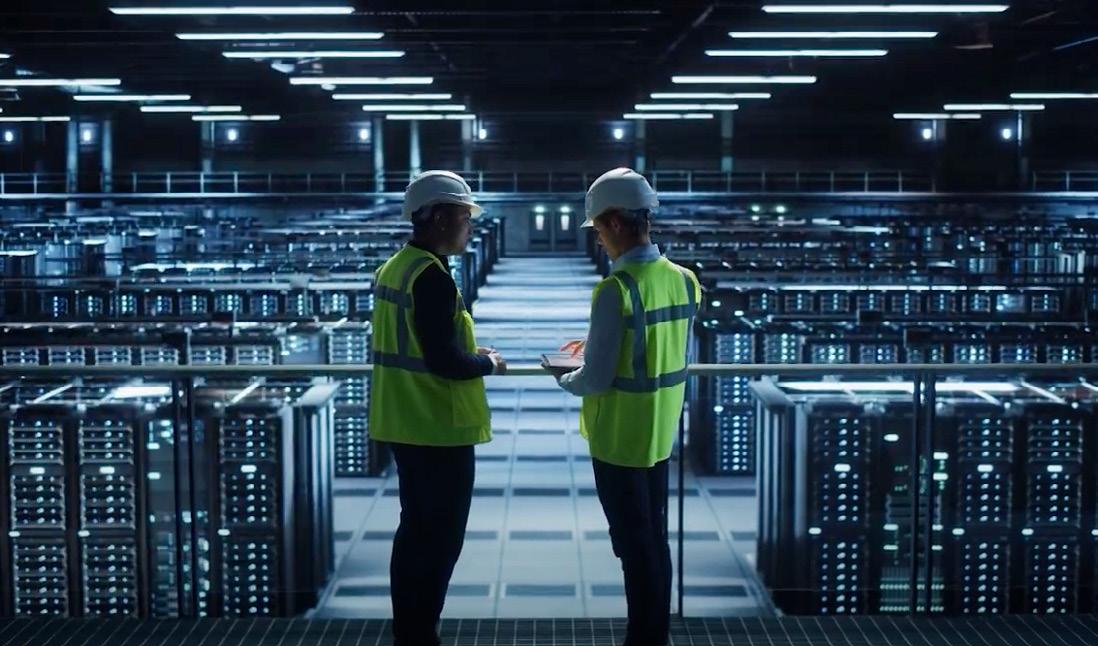
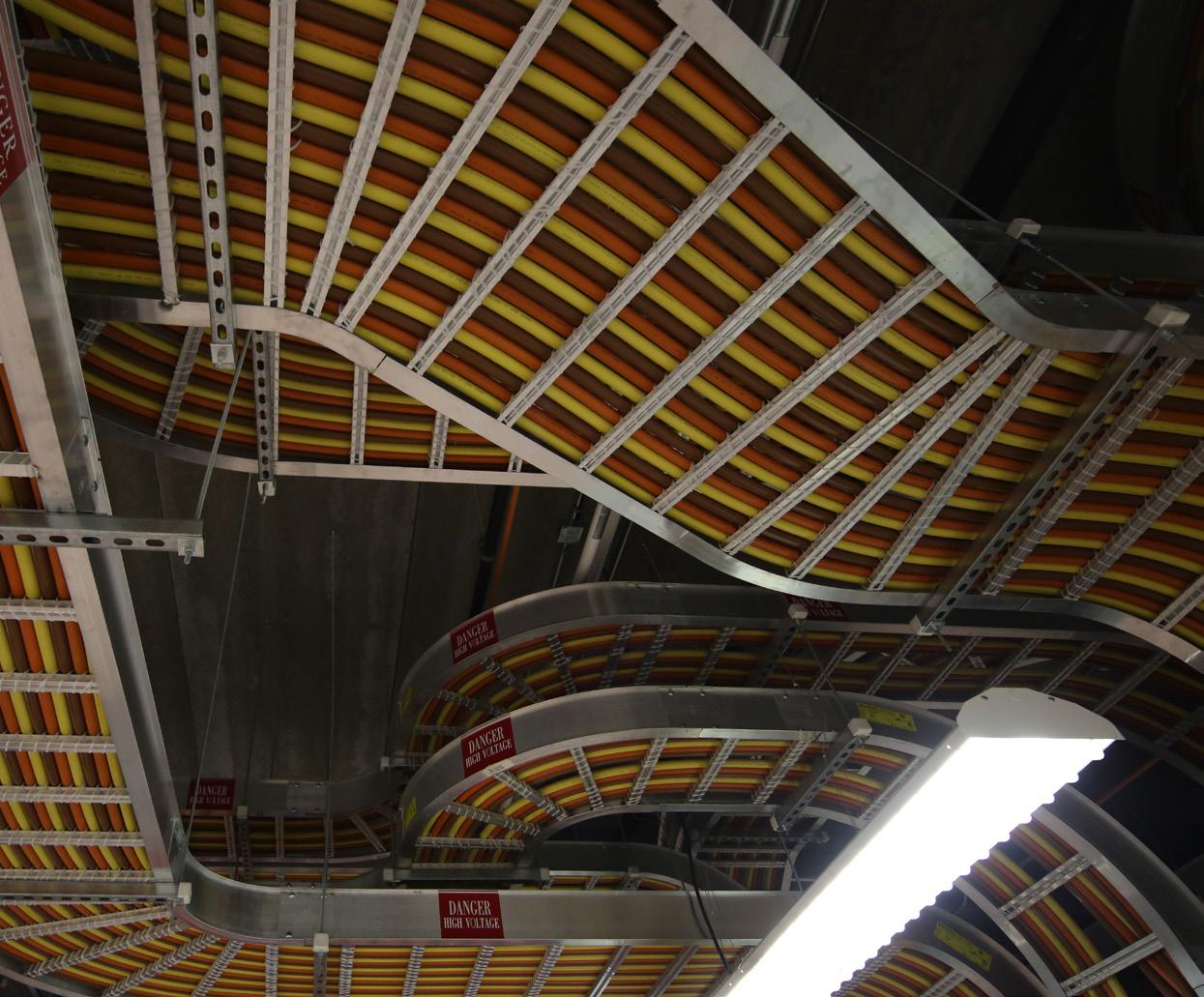

“As the construction project management team continued to grow we wanted to take some of the sourcing workload off those guys, because they had challenges of their own,” he says. “Together, we’ve been doing all of the sourcing. We try to forecast at least two years ahead, and we’ve got to continue evolving that because we're still seeing supply issues and challenges.”
Being able to source strategically has allowed DataBank to avoid costly supply chain delays.
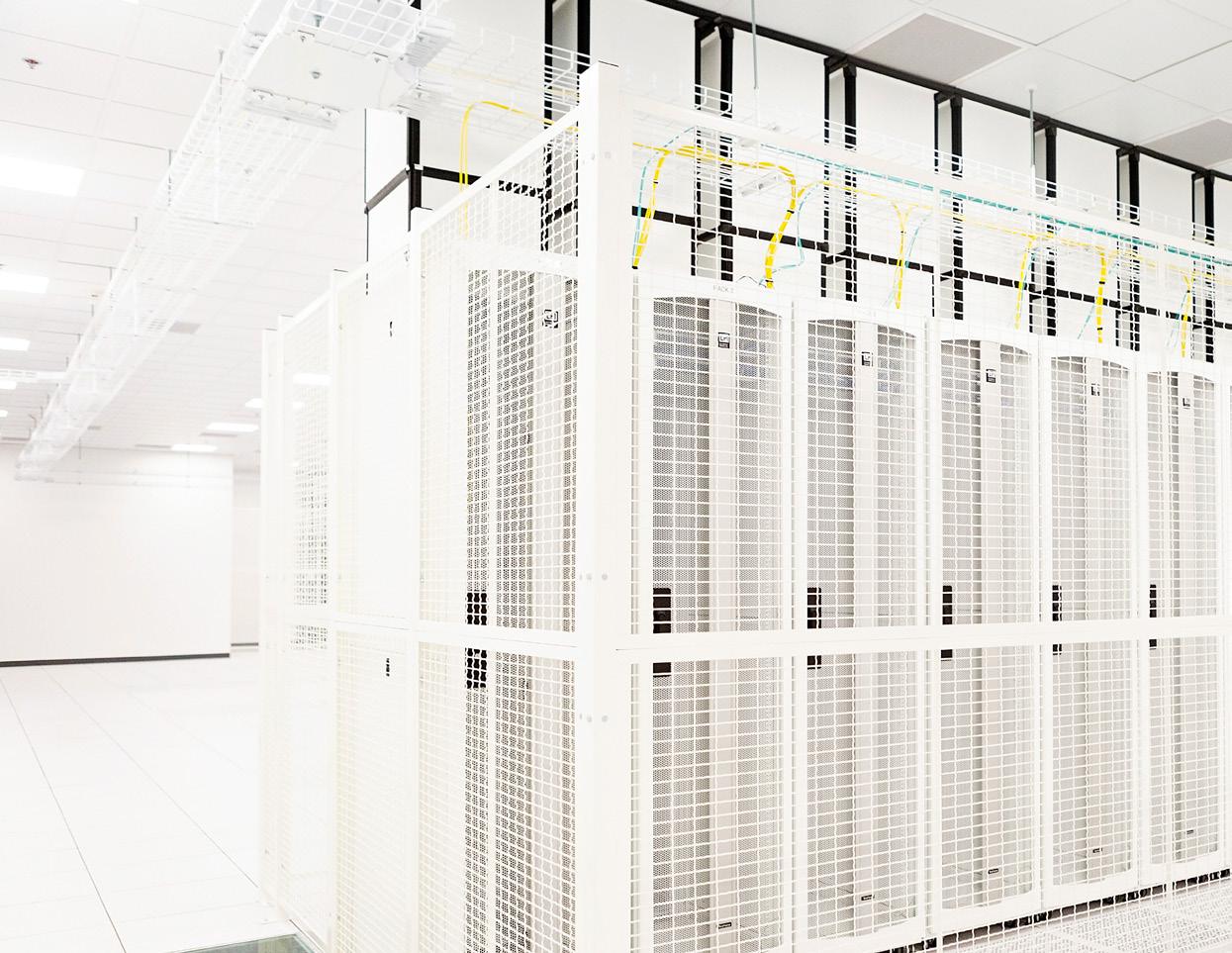
“It’s enabled us to quickly deploy and to not lose six months to a year on deliverable timelines, which would've lost us customers,” he says. “We're actually growing quite rapidly. We've scaled over the past few years and I think we're going to continue to
scale over the next few years. Continuing to develop the teams we need has been quite a challenge and will continue to be so, but it’s proved very important.”
DataBank’s growth has been consistent and strategic. It’s been facilitated by smart procurement but also many other factors, says Qorri.
“We have built scalability into the business by creating a forecast that shows, quarter over quarter, what the market looks like, and from this we created a stocking programme.
“We bought everything from transformers to generators, and also downstream. But we didn't want to over-buy, so we were strategic about it, and it’s the best thing we ever did because it has allowed us to grow at a sustainable rate.”
As well as growing its infrastructure, DataBank has been adding to its knowledge base with strategic new hires, including experienced project managers (PMs).
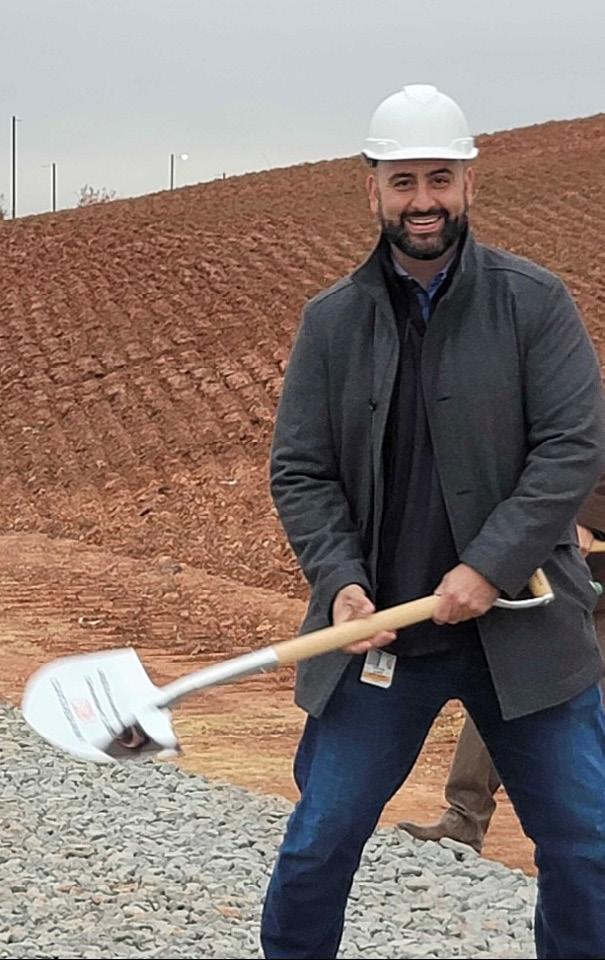
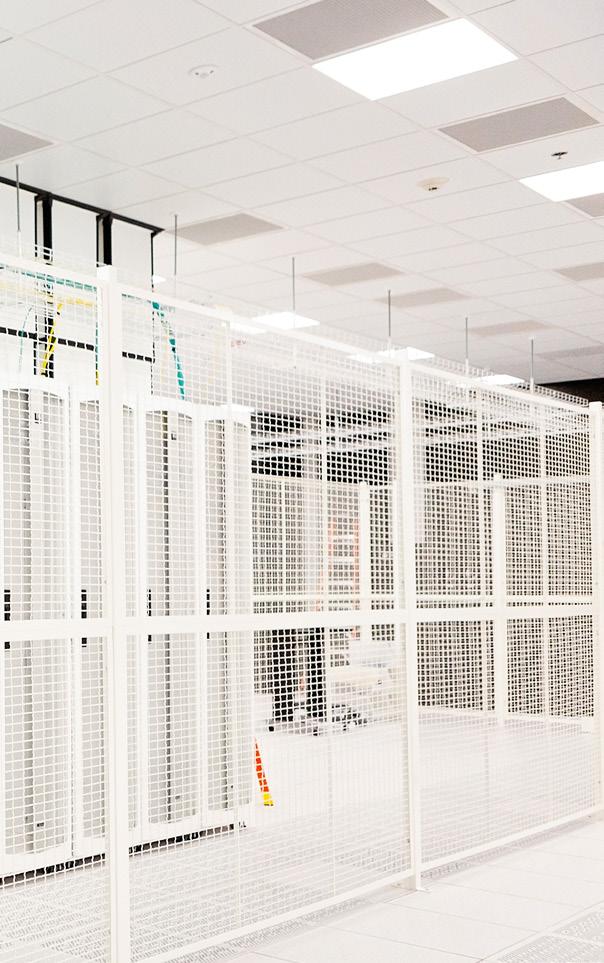
“As we’ve scaled, we’ve taken on more PM,” says Qorri. “This has allowed me to get out of the trenches, because I have been project managing as I was leading a group. As we continue to bring more people on board I can focus more on managing downstream, and helping the organisation grow from a future planning perspective.”
Planning for growth has different drivers in the post-pandemic world, it seems –particularly when it comes to winning new contracts.
TONY QORRI VP CONSTRUCTION, DATABANK
“Taking a project from the front-end to the back-end is a challenge but a hugely rewarding one”
Qorri says: “Back in the day, the most competitive bid was nearly always the winner. Those days have changed a bit. Now it's not always the most competitive bidder, it's the most strategic bidder in specific markets that wins.”
“Strategic often comes down to 'how well you know a given market, and how strong your relationships are with the downstream folks in that market'.

He adds: “This is why I tell my guys to come in not with their client hat on but their partner hat. I ask them to make our partners their friends. People always want to work with their friends, right? Friends are going to have your back and will help you execute.”
Taking a project from the front-end to the back-end – “where we're meeting specific customer needs” – is a challenge, says Qorri, “but a hugely rewarding one”.
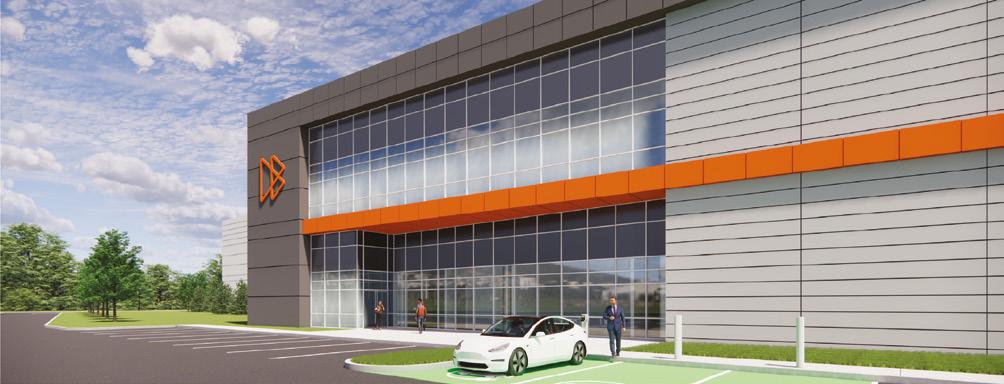
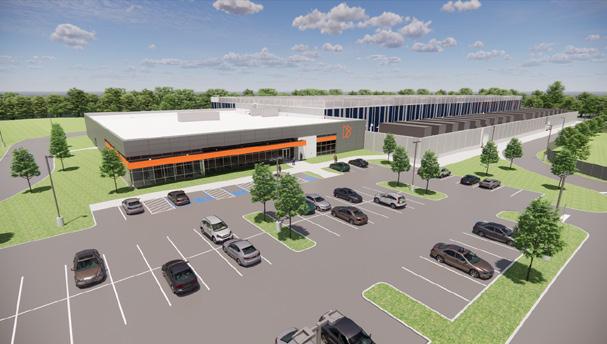
TONY QORRI VP CONSTRUCTION, DATABANK
“You always want to place your data as close as possible to those who use the data – at the edge”Highland Associates is an Architectural and Engineering firm focusing on the design of mission critical facilities for Enterprise, Co-Location and Hyperscale clients throughout the United States.
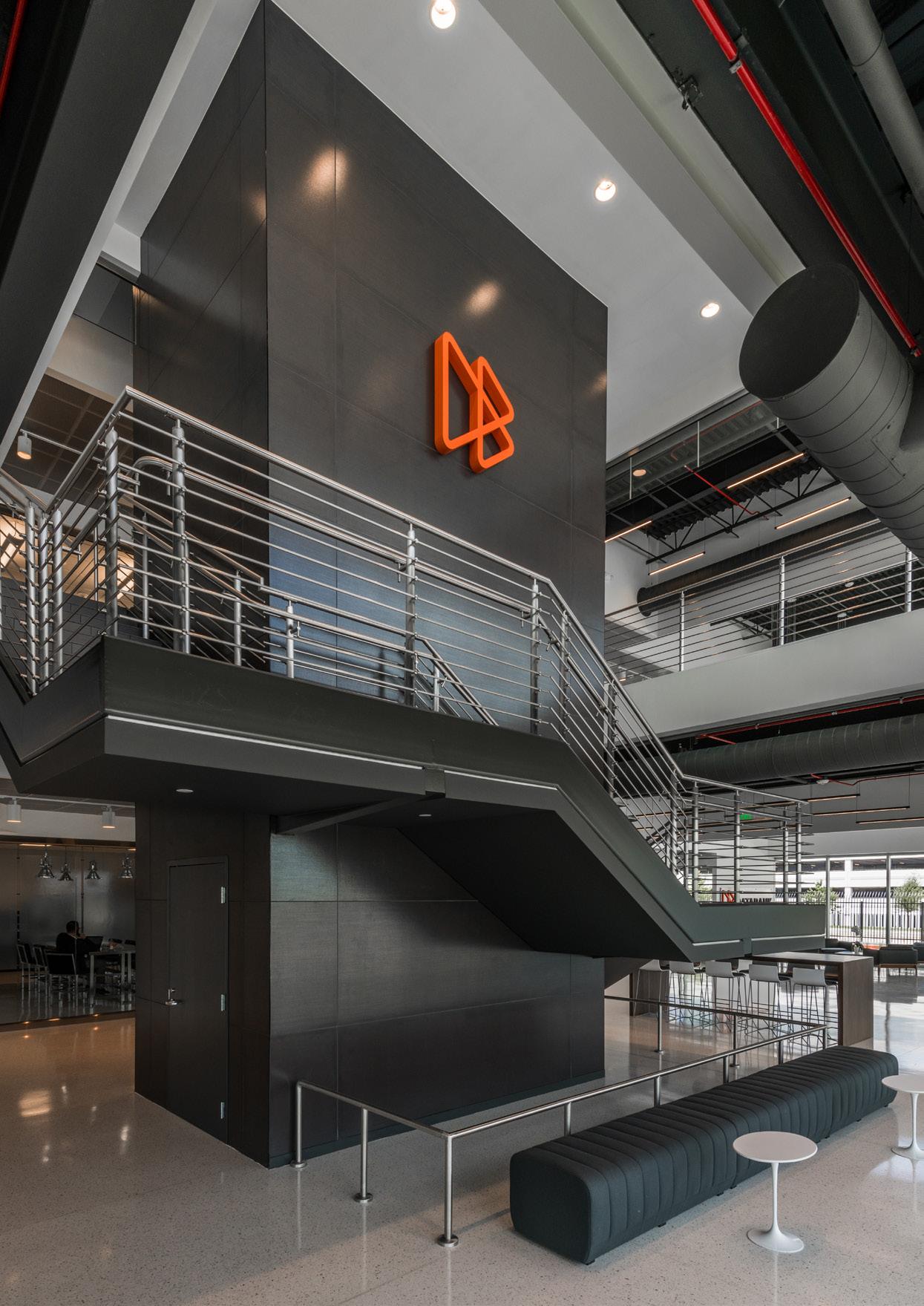
He adds: “It involves supply chain, contractor availability in certain markets and taking a task from A to Z in a very tight timeframe and bringing it in on time and on budget.
“Myself, my team, the organisation, we get a rush out of that. There are competitors that are able to do it but there are also a lot of folks who are not able to accomplish this, and it day-in, day-out – especially over the past few years, with the pandemic and multiple supply chain constraints – is a major achievement.”
He reveals that, post-pandemic, “we’ve had to micromanage down to a level that was not needed before”, and that there is another big difference to the way his team operates.
“The customer is not always right any more,” he says. “Instead of demanding something and getting it, we now have to work more as partners – with our vendors, contractors and subcontractors.”
And, of course, there are other changes and challenges in expanding a business in a post-pandemic world, not least of which is labour problems, Qorri explains.
“There's not enough workers to cater to all the projects going on. Bringing in the right subcontractors to build-out a facility is a challenge. Unlike in warehouse environments, automation is not an option. You need physical labour. Technology is advanced – you need guys in the trenches to be able to execute.”
But whatever the challenges that DataBank faces, it does not face them alone; its ecosystem of partners is crucially important, says Qorri.
“DataBank has a slew of different partners,” he says. “We've got vendors that
we partner with from both thermal and power sides. Vertiv and Powersmiths are very strong partners of ours on the power side, and Toshiba and Cummins with regards to support on the generators and UPS side.”
Hitachi is another “huge partner of ours”, from a transformation perspective, says Qorri.
"Our most strategic partners are our general contracting partners. HITT in Northern Virginia, Tishman in New York, Layton in the Southwest, and Brassfield and Gorrie in the Atlanta market.”
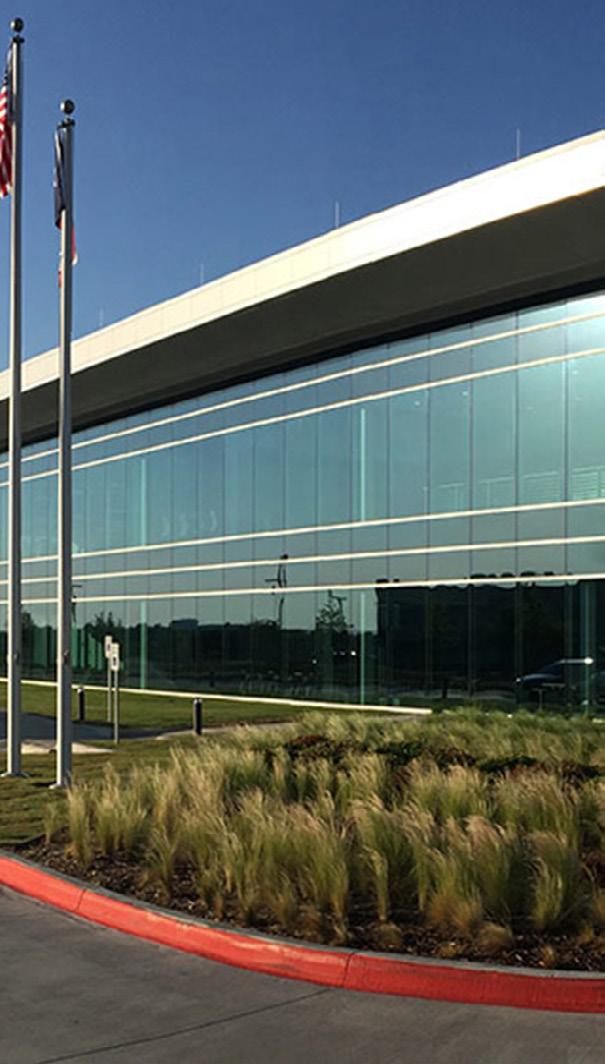
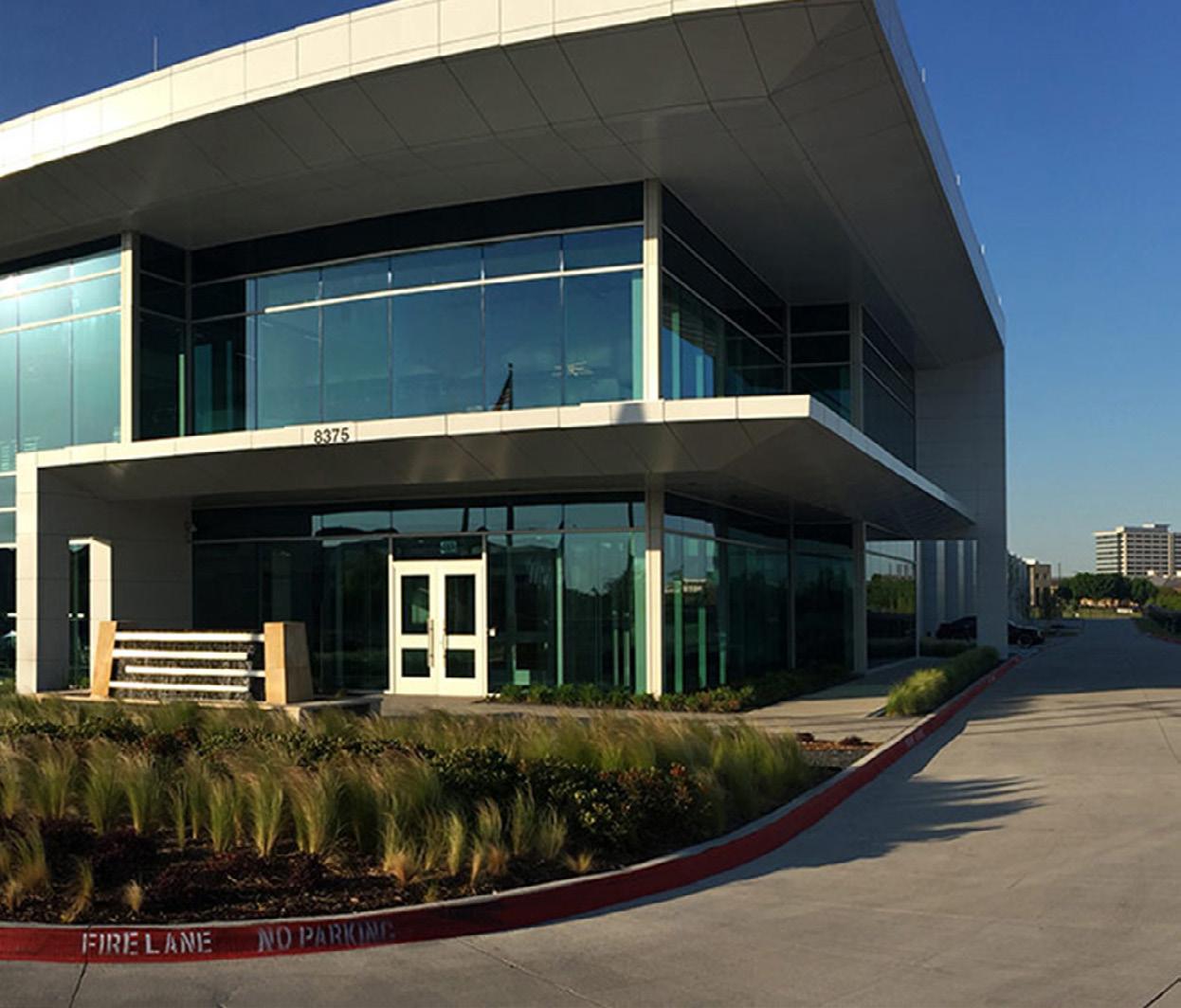
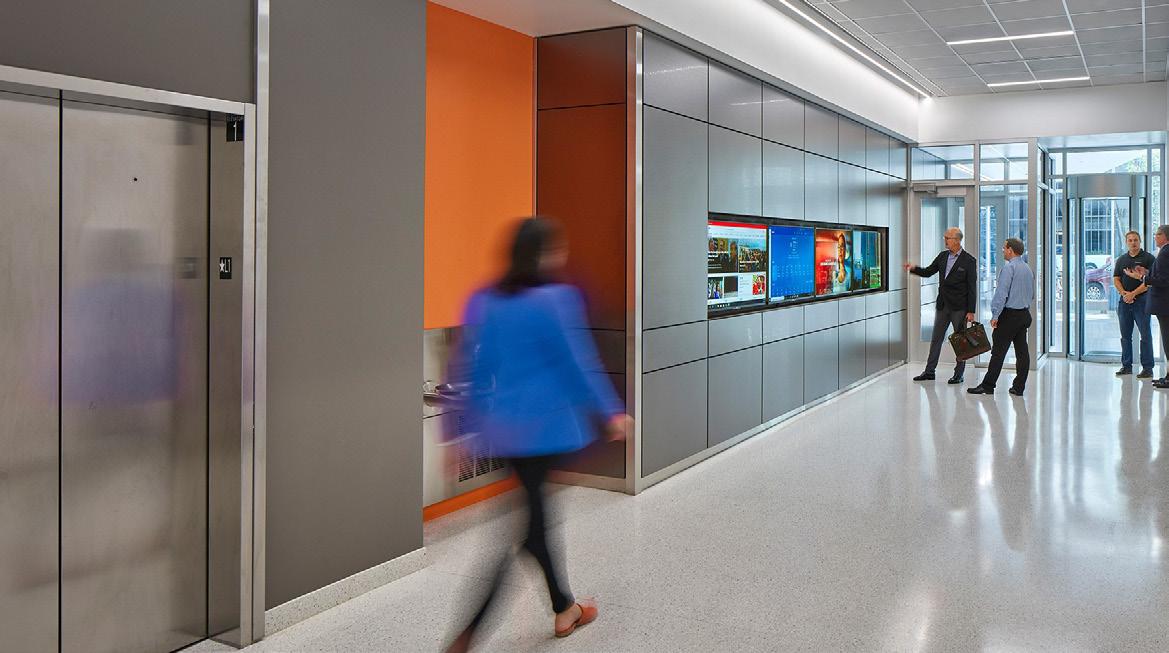
More tools and insights prove there are many benefitsto fleets and their drivers when electrifying. But are fleet managers ready to adopt EVs?
 WRITTEN BY: TOM SWALLOW
WRITTEN BY: TOM SWALLOW

Fleet operators require efficiency, learning over time to rely on their internal combustion engine ICE vehicles. Knowing where vehicles are heading, when they will arrive, and the requirements they need to meet in the process, is a standard practice for logistics firms, but potential disruption forever looms around the corner.
Manufacturers and technology firms have been integrating solutions to manage fleets and plot the journey ahead as it happens, with data the main component of this. With electrified vehicles, though, a major opportunity has presented itself, allowing organisations to integrate faster and more sustainably.

The challenge here is adoption. Despite the best efforts of vehicle manufacturers and their value chains in bringing more innovative cars, vans, and trucks into the market, fleet operators must be willing to adopt. Time pressures are clear, but the cost to businesses remains questionable as electrification’s pros and cons echo along the supply chain.
Again, the key here is data. Supply chain organisations need to be more informed about the EV adoption process to effectively weigh up the cost of switching to this particular type of zero-emission transport. Concerns around charging infrastructure, range, and other aspects of electrification are what hold them back. As Barney Goffer, UK Product Manager at Teletrac Navman, explains, this presents risks on both sides.


Stagnance is the first potential risk to fleets — standing still in an industry where movement is key could cost more in the long-term as competitors look to leverage new technologies first. This is understandable in an industry that is more traditional in its approach to operations, but it’s safe to say, open-mindedness could mean the difference between winning the electrification race and being left behind.
On the flip side, the unknown is the unknown, and with new technologies — especially those reinventing conventional approaches — there will also be uncertainty, and those that accept the risks with their eyes wide open will prosper.
greatly from data insights and earlyadoption to make the most of tax breaks, save on costs, and avoid further hindrance, including:
• Switching vehicles at the wrong times
• Costly consultations
• Investment in new ICE options that will go out of date faster
• Lack of preparation for the ICE ban in 2030
• Buying vehicles with insufficient range
• Complication with charging infrastructure



Executives from Appian, AWS, and Xebia share their collaborative efforts and excitement about their partnership in low-code, cloud, and sustainability.
Technology is instrumental to achieving next-level capabilities across industries. But organizations that want to operate sustainably must choose technology that lets them adhere to strong environmental, social, and governance principles.

While the risk is inevitable, data is the educator in this process, and solutions like Teletrac Navman’s Electric Vehicle Readiness tool, provides the necessary insight to help fleet managers better educate themselves on their operations, leveraging greater visibility.
Appian Corporation, a process automation leader, is a critical piece of the digital transformation and sustainability puzzle. The enterprise-grade Appian Low-Code Platform is built to simplify today’s complex business processes, with process mining, workflow, and automation capabilities.
As an AWS leader enabling sustainability solutions built on the cloud, Mary Wilson, Global Sustainability Lead at AWS, talks about the partnership with Appian.
exactly that – minimising carbon emitted into the atmosphere and overall environmental impact,” says Goffer.
“By quickly building apps that streamline and automate workflows, organizations are using Appian to make their processes for monitoring and reporting on ESG initiatives faster, simpler, and more effective,” says Meryl Gibbs, Emerging Industries Leader at Appian.
Aside from the operational concerns, consumers are also more and more preoccupied by the sustainability credentials of companies they buy from. This means that organisations are under pressure from both angles. They want their supply chain actions to be sustainable, and their customers want products to be provided at no cost to the planet.
“Our objective is to help our customers achieve sustainability goals across their business operations,” says Wilson. “[This means] looking at data availability, meaning access to more data, and enabling actionable insights. “Lowcode, cloud-enabled, technologies will allow organizations to build fast, learn fast, iterate, and continue to improve these insights to drive their sustainability outcomes.”
As fleet operators consider the potential impact of electrification on their fleets, it’s important to understand how track-and-trace can not only make EV adoption much simpler, but also allow companies to seamlessly integrate their vehicles into their digital ecosystems.


“Both AWS and Appcino are amazing partners of ours,” says Michael Heffner, VP Solutions and Industry Go To Market at Appian. “We have an extremely long legacy engagement with AWS as our trusted, go-to-market partner and Appcino builds “meaningful, business-focused applications on the Appian platform and is amazing in all things ESG.”
“Consumers are extremely savvy, clearly, and we want to know that they're not impacting the environment necessarily. So, people are making decisions to buy from businesses that have strong green credentials that have a forward-looking organisation focused on
Tarun Khatri, Co-Founder & Executive Director of Appcino (product part of Xebia), explains just how critical ESG is in the face of digital transformation. “The investment community now considers ESG reporting as a major factor for measuring performance,” says Khatri The collaboration will continually uncover new insights and provides customers the opportunity to accelerate their ESG goals with speed and security.
“It's important to know when a certain threshold is met for a particular vehicle so you can get it back out on the road straight away. The converse of that could be that you want to know if something is unlikely to meet its delivery slot, it's going to run the risk of actually running out of charge,” says Goffer.
Visibility of logistics operations is perhaps one of the most critical benefits of
“CONSUMERS ARE EXTREMELY SAVVY, CLEARLY, AND WE WANT TO KNOW THAT THEY'RE NOT IMPACTING THE ENVIRONMENT NECESSARILY”
BARNEY GOFFER UK PRODUCT MANAGER, TELETRAC NAVMAN
“CONSUMERS ARE EXTREMELY SAVVY, CLEARLY, AND WE WANT TO KNOW THAT THEY'RE NOT IMPACTING THE ENVIRONMENT NECESSARILY”
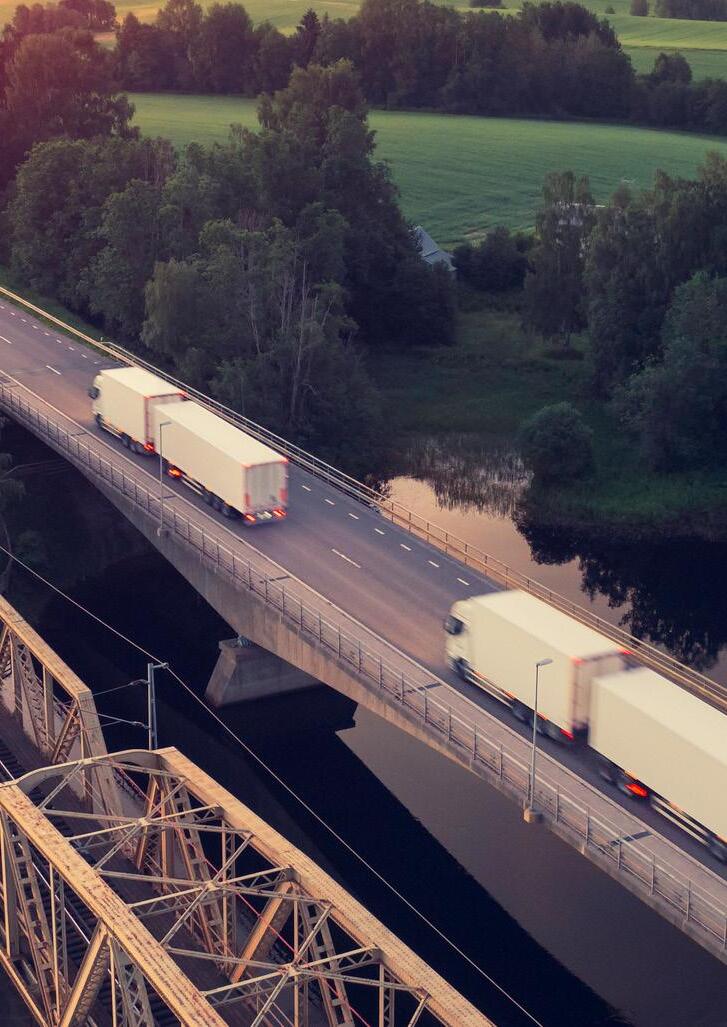

electrification. The ability to receive over-theair updates and review data in real time allows organisations to adapt quickly and optimise their EVs.

“It’s about providing those critical data points that will alert automatically. You don’t want to have to sit there as a fleet manager and be looking for this; you want the system to actually tell you by exception when there is a risk.”
The method of powering a vehicle should not determine a fleet. If managers can leverage the data provided by a particular type of vehicle or system, they are able to adapt and plan contingencies, making their supply chains more resilient to the world around them. Integration with software and access to navigation systems these days means that drivers in any context can plan ahead more effectively.
Transitioning a fleet to EVs is like preparing a home for a newborn baby: it requires planning well in advance. If the correct facilities aren’t in place or in the right place when it comes to the big moment, the process is likely to be more stressful. Learning the works and understanding how the business will interact with EVs –and even putting some of those lessons into practice initially – will ease fleet operators in a more sustainable way.
“IT’S ABOUT PROVIDING THOSE CRITICAL DATA POINTS THAT WILL ALERT AUTOMATICALLY”
“IT’S ABOUT PROVIDING THOSE CRITICAL DATA POINTS THAT WILL ALERT AUTOMATICALLY”
BARNEY GOFFER UK PRODUCT MANAGER, TELETRAC NAVMAN

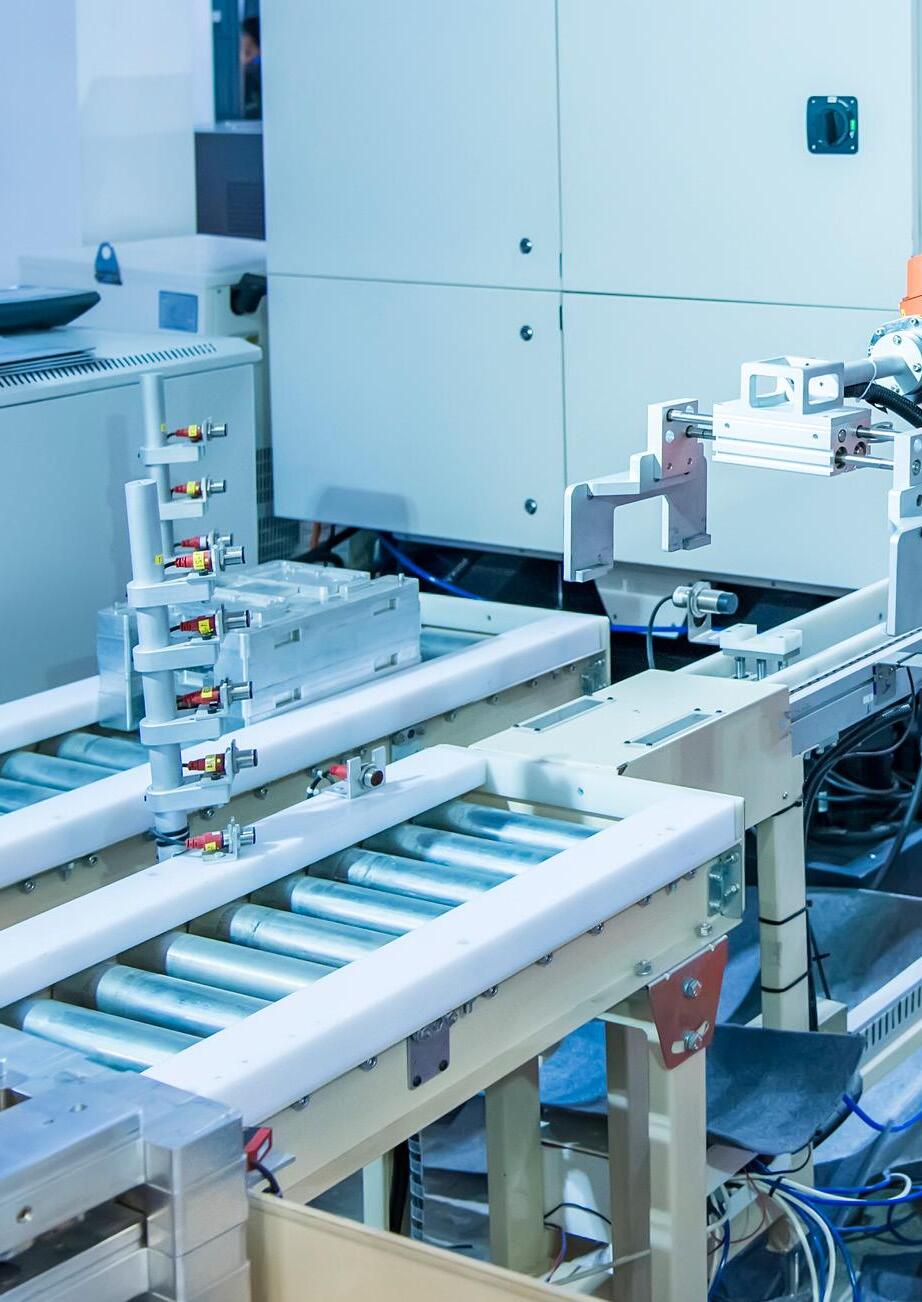 WRITTEN BY: TOM SWALLOW
PRODUCED BY: JAMES WHITE
AD FEATURE
WRITTEN BY: TOM SWALLOW
PRODUCED BY: JAMES WHITE
AD FEATURE
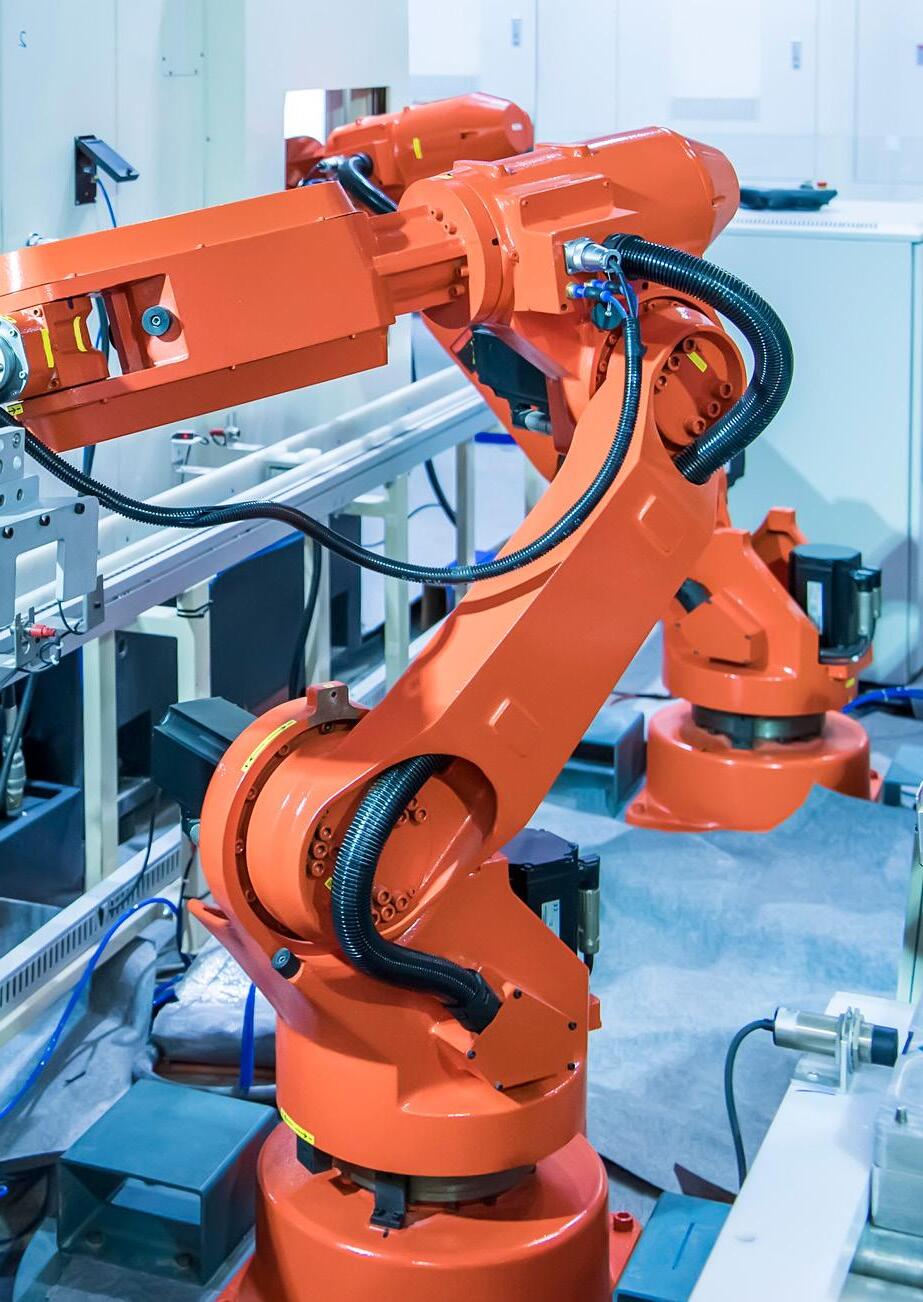



Organisations want productivity, particularly in the manufacturing industry where quality, efficiencies, and increased capacity utilisation are high on the business agenda. But there is more to this than mere standardisation: manufacturers require agility in the wake of industry 4.0. Digital technology goes hand-in-hand with industry 4.0, and HCLTech is committed to showing firms exactly how combining the two can provide benefits that exceed the confines of their production equipment. Digital solutions offer businesses better ways to optimise their manufacturing processes through the use of data and artificial intelligence (AI), along with other products that can be implemented to minimise downtime and increase their potential.
One of the major challenges of digitalization is implementation. And HCLTech prides itself on being one of the leading providers of digitalization solutions and consultation. But what makes the IT firm stand out from the rest are its vast applications of digital technology in the manufacturing landscape as well as other industry verticals. Focusing particularly on the implementation of digital services and cloud, Venkata ‘Raj’ Parchuri, AVP of Manufacturing at HCLTech, explained to me how the organisation’s strategy is aligned with client needs, changing the way they look at digital transformation.
A critical offering of HCLTech is its MVision—a framework that aids the client’s digital journey and showcases the financial benefits, starting with their bottom-line income.
“What is HCLTech’s manufacturing industry strategy?”
RP: “HCLTech’s manufacturing industry strategy encompasses everything from infrastructure modernization to building hyper connected enterprise of the future. Our strategy helps manufacturing companies navigate the current dynamic landscape to deploy cutting-edge solutions that help them innovate and ensure profitability by improving the bottom line and creating an avenue to increase the topline.
“Supporting our manufacturing strategy is HCLTech's MVision framework, which is built for organisations preparing for the future. We are building hyper-connected enterprises by helping them re-imagine, remain resilient, and continuously reinvent, while being resistant to embrace any future uncertainties.”

“What does industry 4.0 look like from HCLTech’s perspective?”

RP: “From HCLTech’s perspective, industry 4.0 is the foundation built to empower the manufacturing clients so they can benefit from unprecedented levels of digital adoption for scaling effectively and becoming data-driven and insightful organisations.
“Manufacturing clients have set forward actions to rapidly adopt industry 4.0 technologies such as the Internet of Things (IoT), immersive technologies like Augmented Reality (AR) or Virtual Reality (VR), AI and machine learning (ML), cloud, and 3D printing. The goal is to not only effectively collect, but to analyse and act on vast troves of data coming in from both physical and business systems. Manufacturers are also looking to use these technologies to improve on current
“ESG HAS BECOME A CRUCIAL MEASURING FACTOR FOR ANY ORGANISATION'S SUCCESS AND, MORE IMPORTANTLY, IN THE MANUFACTURING SEGMENT”
VENKATA PARCHURI AVP OF MANUFACTURING, HCL TECHNOLOGIES
AVP OF MANUFACTURING
IT SERVICES AND CONSULTING

UNITED STATES
Joining HCLTech as its AVP in 2019, Venkata ‘Raj’ Parchuri previously worked with NTT Data as well as many big names in the retail sector, including Costco, Levis Strauss & Co., and motoring brands Harley davidson and Toyota. Bringing his experience to the role at HCLTech, Parchuri is responsible for a variety of workloads, spanning IoT, Digital , Digital IT roadmap, Business Process, Business Process Design, Customer Relationship Management (CRM), IT Strategy, and Data Warehousing.
Leading up to his career, Parchuri studied in India in 1997 at the Jawaharlal Nehru Technological University where he obtained a Bachelor’s Degree in Technology, Electrical, Electronics, and Communication Engineering.
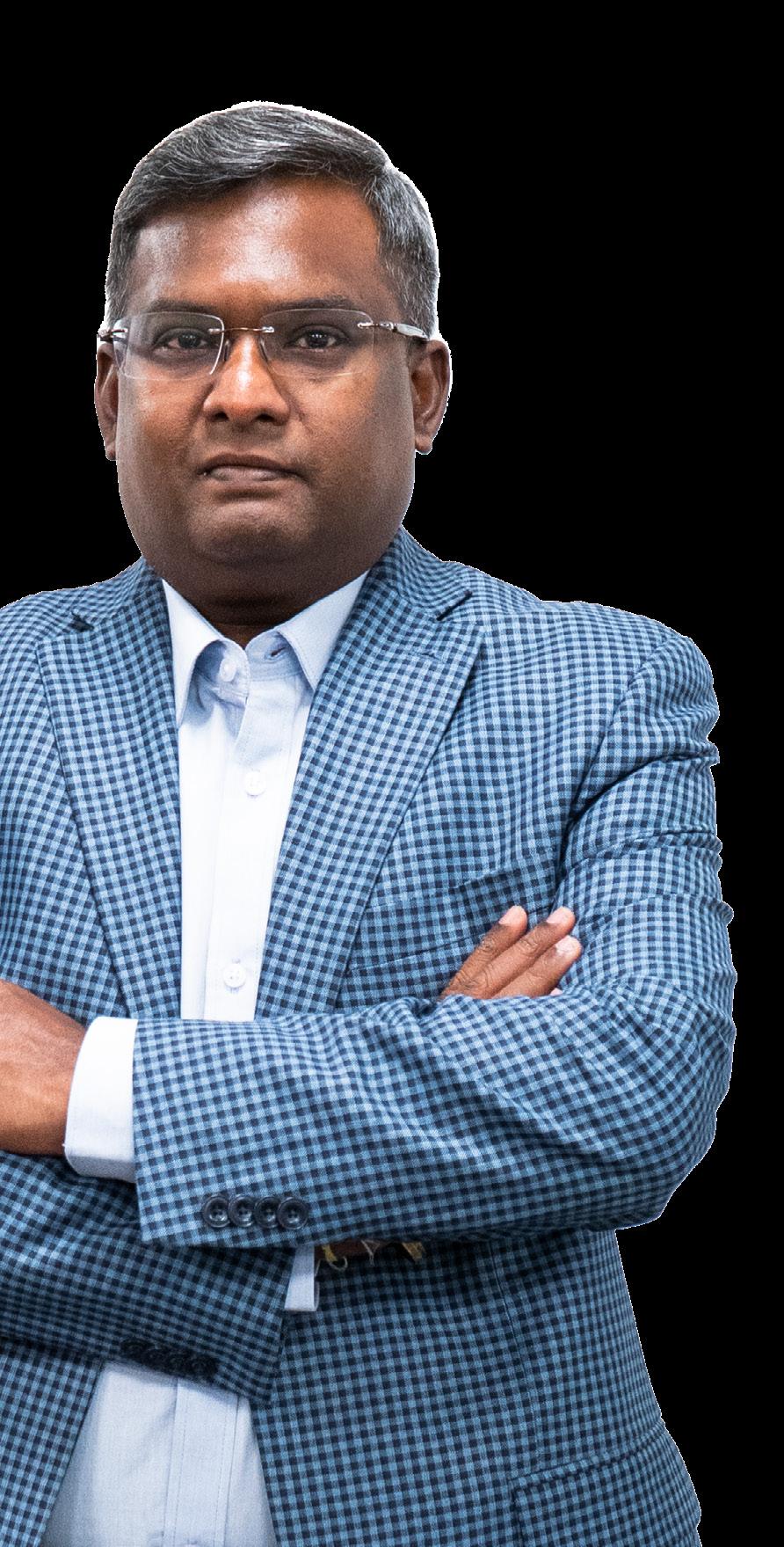
processes and optimise further to become more competitive, productive, and profitable while ensuring business continuity.”
“What does the future look like for digital and industry 4.0?”
RP: “Digitisation of the end-to-end value chain leads to greater productivity, growth, and sustainability. Digital and the industry 4.0 technologies are helping our manufacturing clients redefine their products and the process of making them. The way manufacturing clients design & engineer products, how products are sourced and supplied, how products are manufactured, and how products are serviced and renewed are changing with digital and industry 4.0.”
“Overall, industry 4.0 and digital are paving the way for increased revenue through higher productivity while ensuring the quality of the products—and all this is achieved by improved resource utilisation, higher employee throughput and reduced
overall costs. This helps manufacturers take advantage and stay ahead of the curve.”
From this discussion, it seems organisations are yet to discover the benefits of digital transformation in relation to their productivity, as well as the overburdening sustainability agenda that businesses care to address.
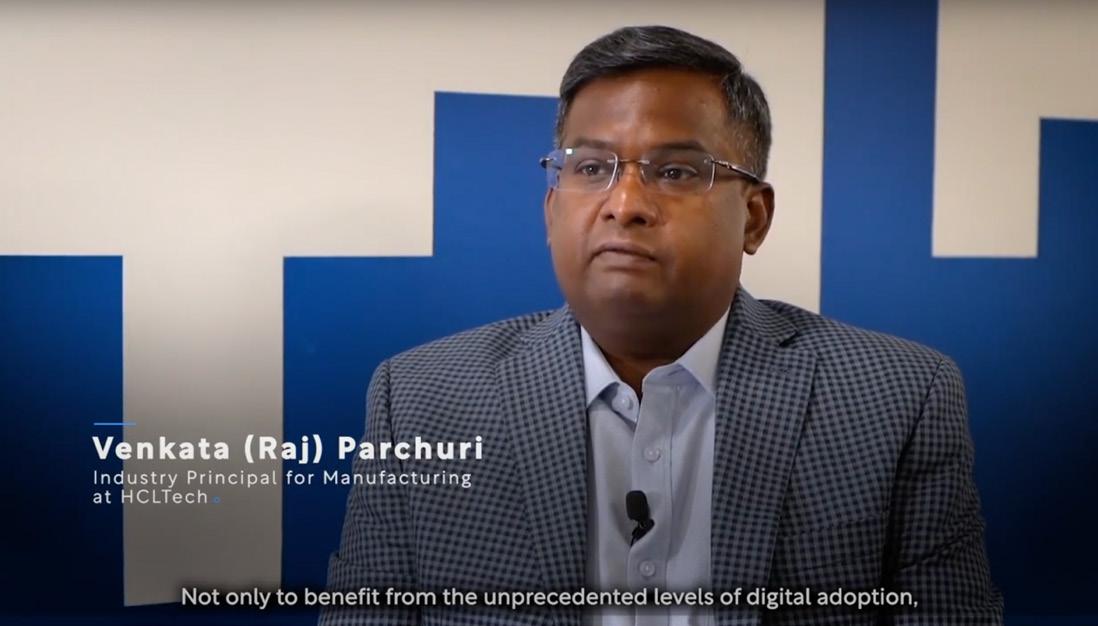
The MVision framework, which is powered by MVision Nucleus, allows manufacturers to be ahead of the curve by leveraging services like Digital Foundation, Digital and Analytics, Digital Process Operations, Products and Platforms, and Cybersecurity, to name just a few and becoming data-driven organisations.
These solutions can be tailored towards a diverse range of different manufacturing processes. Enabling cloud services allows companies to utilise data and perform functions that keep them one step ahead of their operations. Meanwhile, the same services facilitate real-time adjustments
manufacturing with digital and industry 4.0
to companies’ processes to maintain quality and productivity in the wake of new operational circumstances.
An example of this is predictive monitoring and analytics. Digital and cloud services create a real-time data stream— often in the form of digital twins—sharing insights such as machinery output, condition, and data to optimise performance. The ability to access these insights will not only alleviate immediate production issues, but also ensure that companies remain resilient in the face of any unforeseen and uncontrollable changes.

“How is HCLTech helping enterprises realise their digital potential?”
RP: “We help design and build key platform components of clients’ digital technology footprints to power their digital transformation journeys.
“Our team of design-thinkers and industry-process experts help our clients break down barriers by combining deep knowledge of business processes with user centric design principles—to truly visualise the potential of digital technology. HCLTech brings its entire gamut of expertise—from consulting to implementation—to ensure clients become digital-ready from shop floor to the top floor.”
“What are the digital trends you are seeing among your clients?”
RP: “HCLTech’s clients are adopting digital and are building on a nucleus of industry 4.0 technologies to deploy profitable and innovative cutting-edge solutions. Examples include smart manufacturing, where asset management is a core aspect of smart manufacturing, transforming this process through remote monitoring control, and predictive analytics serving as the foundation for operational resilience.
“HCLTECH'S MVISION FRAMEWORK IS BUILT FOR ORGANISATIONS PREPARING FOR THE FUTURE OF HYPERCONNECTED ENTERPRISES”
“Supply chain resilience allows our clients to react more quickly to both internal and external events, speeding up ‘time to recovery’ for larger disruptions as well as product and service innovation. With this, the offerings that our clients can bring to market are transforming as well. A top focus for many clients is the incorporation of digital technology into products and the development of new value-added services.”
“How is HCLTech strategically placed to prepare clients for digital?”
RP: “In 2021, HCLTech was recognized by the Everest Group as a leader in talent readiness and digital talent capability. HCLTech was recommended for its robust strategy and ecosystem of digital talent development, structured go-to market and branded offerings for talent related themes, investments in building agile workspaces, full employee lifecycle, and identifying next generation IT skills.
“We have 20,000 employees trained on the latest SAP S/4 HANA intelligent ERP. We also provide experts that are trained and certified with our hyperscale partners

As mentioned by Parchuri, the ability of HCLTech to understand the ‘ins’ and ‘outs’ of its partners’ solutions gives the organisation a competitive advantage and it also provides a large, skilled workforce for managing client demands in these areas. Credit must be given to HCLTech’s extensive work maintaining strong partnerships with providers like SAP, AWS, Microsoft, Google, and many others. These long-term collaborations help leverage HCLTech’s products and deepen the understanding to optimise them for manufacturing purposes.
“HCLTECH WAS RECOGNIZED BY THE EVEREST GROUP AS A LEADER IN TALENT READINESS AND DIGITAL TALENT CAPABILITY”
VENKATA
“What benefits do you gain working with partners?”
RP: “Our partners are really critical in our journey to help our clients achieve their digital goals and become cutting edge manufacturers that take advantage of industry 4.0 solutions.

“Partners give us a leg-up and allow us to be ahead of the curve on the latest technologies and trends, which ultimately helps us maximise our industry depth and deliver value to our clients through innovative solutions and frameworks.”
“How important is ESG when choosing business partners?”
RP: “ESG has become a crucial measuring factor for any organisation’s success, especially, in the manufacturing segment. First of all, we publish our ESG scores. We've been rated the highest among all service providers based in India and, for some time, HCLTech has been engaging with its clients across manufacturing, automotive, mining, healthcare, and life sciences as a digital sustainable partner.
“To achieve our ESG goals, it’s important that our partners are also aligned to them so we can gain a powerful insight into making more sustainable sourcing decisions and enable proactive supplier engagement. We continuously monitor, engage and incorporate suppliers’ own sustainability goals.”
As HCLTech continues to highlight the great achievements to be made with digital solutions and the opportunities available to its clients, the main opportunity that Parchuri envisions lies in the use of data. Data can be used for ESG transparency, revitalising manufacturing processes to make them more adjustable to changes and supply chain disruptions, and to share the latest products and services with industrial clients to optimise their performance.
Sustainability is not only a driver of change but can also facilitate the necessary changes in organisations to achieve higher production outputs and reach unforeseen revenues. HCLTech is well-versed in digital trends, formalising business-ready frameworks to make adoption a seamless process.

Sustainability is near the top of virtually every agenda these days.
COP27, held in Sharm el Sheikh, Egypt, in November 2022, served to confirm that the global move to net-zero carbon emissions by 2050 is no mere goal, but an operational reality at governmental and boardroom level.
But of course, aiming for net zero and knowing how to achieve it are discrete things. What we do know for sure is supply chains have a huge role to play in the sustainability bid. According to McKinsey, supply chains account for more than 80% of greenhouse gas (GHG) emissions.
The pressing need for sustainable supply chains means that there is now an urgent need for businesses to be sure that their supply chain vendors are on-point when it comes to net zero goals. This can be a problem for multinational businesses, who can have thousands of third-party vendors, upstream and downstream.

Sustainability certification and ratings are increasingly important, as businesses strive to meet net zero carbon targets
Certification helps prevent ‘greenwashing’ But how can a business know if a supplier is truly green, or merely ‘greenwashing’ — by talking the sustainability talk, but not walking the walk? In a word: Certification. Supply chain managers who want assurances their vendors are pukka green then they can demand proof of the fact.


Proof that quite possibly has been issued by EcoVadis, one of the world's largest providers of business sustainability ratings. Since being founded in 2007, it has gone on to create a global network of more than 85,000 green-rated companies.
Global supply chains, financial institutions
and public organisations rely on EcoVadis to monitor and improve the sustainability of their business and trading partners.
“Our evidence-based ratings are validated by a global team of experts, and are adapted to more than 200 industry categories, 160 countries, and companies of all sizes,” says EcoVadis Marketing Director, David McClintock. “We’re also backed by a powerful technology platform.”
Ecovadis ratings based on international standards
EcoVadis ratings cover seven indicators across 21 sustainability criteria that are
“Our evidence-based ratings are validated by a global team of experts”
DAVID MCCLINTOCK MARKETING DIRECTOR, ECOVADIS
grouped into four themes: Environment, Labour and Human Rights, Ethics, and Sustainable Procurement.
McClintock says the criteria are based on international sustainability standards, including the Principles of the UN Global Compact (a voluntary initiative based on CEO sustainability commitments), International Labour Organisation conventions, and the UN Guiding Principles on Business and Human Rights.
Basing sustainability ratings on globally recognised standards such as these are important because, as McClintock admits “there are thousands
of eco-labels and certifications, across industries, commodities and products and countries.”

For any form of green accreditation or rating to be useful it must be credible, which is why EcoVadis is rigorous in the demands it makes on businesses who are seeking a rating.
“During the assessment process, our sustainability analysts consider the criteria relevant to the company’s size, industry, and location and also take into account the information provided in the company’s questionnaire and any supporting documents,” says McClintock.

He adds that participating companies must provide “formal, recent, and credible documentation that serves as a reliable element of the company’s sustainability management system.”
Just 30 years ago Nike was using slave labour
Such rigour is a far cry from the situation 30 years ago, when Nike was calledout for using slave labour. More recently there was the 2013 Dhaka garment factory collapse, which claimed 1,123 lives, and left 2,500 injured, many seriously. The factory manufactured garments for brands including Benetton, Prada, Gucci, Versace, Matalan and Primark. In the wake of these and other supply chain controversies, companies began
addressing the issue by auditing supplier factories and facilities.
“It spawned a new industry segment, doing ‘social audits’, or ‘environmental audits’,” says McClintock. “Companies also began remote assessment, by building their own supplier sustainability selfassessment questionnaires (SAQs) with checkbox-type questions.”


But, he says, to reach their multinational supplier base, some tried to translate the SAQs, and then had to collate responses on spreadsheets.
It led to a backlash from suppliers, says McClintock. “Assessments were generic and contained irrelevant questions, and it required a lot of work for suppliers to fill in a questionnaire for every customer or industry served – all with no feedback in return.”
“Businesses must provide recent and credible evidence of its sustainability management system”
DAVID MCCLINTOCK MARKETING DIRECTOR, ECOVADIS
underpinned by diverse data
It was on the back of this situation that EcoVadis was founded, its aim being to create sustainability ratings with benchmarks based on a reliable methodology.

“And it’s all underpinned by diverse data sources, validated by experts and delivered in a scorecard with rich feedback and insight to help drive improvements and create value.”
As well as ventures such as EcoVadis, national standards-setting bodies are also helping embed sustainability practises in business.

The British Standards Institute (BSI) is the UK’s national standards body. As well as producing technical standards on a wide range of products and services, it also supplies certification and standardsrelated services to business, including on sustainability.
Like all national standards bodies, the BSI is a representative of the International Organisation for Standardisation (ISO). It’s the ISO that defines sustainability standards, and the BSI that facilitates their uptake.
These standards include ISO14000 (a family of environmental management standards) and ISO26000 (social responsibility).
“It’s important organisations don’t see certification as the main goal but rather, the change that comes from it”
MARTIN TOWNSEND GLOBAL HEAD OF SUSTAINABILITY AND CIRCULAR ECONOMY, BSI
DHL has rolled out the Green Carrier Certification through its primary UK subcontractor DigiHaul. The green carrier certification programme helps to identify sub-contractors that are already contributing to sustainable logistics, while encouraging even more investment in green technologies to reduce carbon output.

DigiHaul manages a network of 750 carriers on behalf of DHL, who are invited to take part in the certification programme. DigiHaul is responsible for encouraging participation, conducting the assessments and managing the certification process.
Carriers are assessed on whether they have an environmental or sustainability strategy in place, as well as their ability to measure their carbon footprint and share their data. In addition, the assessment will look at features of their fleet - from basic technologies such as low rolling resistance tyres, aerodynamic enhancements and idle cut-off, to advanced green technologies such as sustainable fuels and alternative drivetrains.
The process results in carriers being awarded one of four levels of certification: 'Pass', 'Good', 'Excellent’ and ‘Outstanding’. The categorisation enables DHL and its customers to choose greener services and create an additional decision point for future transport tenders and assignments.
MARTIN TOWNSEND GLOBAL HEAD OF SUSTAINABILITY AND CIRCULAR ECONOMY, BSI


“Training and education is an important part of the sustainability process”
So how much help are ISOs in helping businesses green up supply chains?


“Standards capture consensus best practice, because they are developed by leading experts in their field,” says Martin Townsend, the BSI’s Global Head of Sustainability and Circular Economy.
Townsend adds that It’s important organisations don’t see certification as the main goal, but rather the change that results in their company applying the knowledge that comes from gaining the standard.
“Training and education is an important part of the process, so that everyone in a company understands the wider objective that is being achieved and the role they play in the process,” says Townsend.
This, he says, is one of the defining differences between the sustainability standards of today and those of the recent past.
“The focus was once on measures such as pollution control and the management of risks to the environment,” says Townsend, “but the standard has developed to include more criteria regarding compliance requirements.”
He adds: “Those that use the standard today have to differentiate between activities they can directly control and those they can influence. This encourages organisations to become agents of change. which has resulted in improvements in supply chains. When used in relation to regulation, businesses are driven to develop a more comprehensive environmental strategy and action plan.”
Sustainability standards and ratings alone will not see the world hit its net zero targets by the 2050 deadline, but they are helping keep us on track.
 WRITTEN BY: LUCY BUCHHOLZ
PRODUCED BY: LEWIS VAUGHAN
WRITTEN BY: LUCY BUCHHOLZ
PRODUCED BY: LEWIS VAUGHAN
SITE: BILLINGS WAY, IKEJA, LAGOS 50MW DATA CENTRE UNDER CONSTRUCTION

st Century Technologies Limited is a 25-yearold, mission-critical digital infrastructure and technology platform company with the singular aim of delivering robust infrastructure and skills to support a new Africa – one where technology, science and engineering are the drivers of transformation.
The business was built from the clear vision of creating state-of-the-art infrastructure in Nigeria while offering worldclass services to customers in support of critical industry problems through motivated talents and skilled workforces.
Now, as a leader in data centres, towers, power, technology platforms, and payment solutions, the business delivers reliable and secure services, with sustainability at the heart of everything it does. To do so, 21st Century Technologies strives to achieve five critical elements: infrastructure, customers, people, partnership and sustainability.
Moreover, the business is positioned to become the biggest provider of data centre capacity in West Africa with a total capacity of 75.5 megawatts across Nigeria’s capital, Lagos. This includes 1.5MW from five edge centres producing 300kW each. These data centre operations span three key sites: Apapa with 12MW, Lekki with 12MW, and Ikeja with 50MW — a site that is still under construction.

SITE: BILLINGS WAY, IKEJA, LAGOS 50MW DATA CENTER UNDER CONSTRUCTION




With Wale Ajisebutu, Fellow of the Institute of Chartered Accountants of Nigeria and CEO of 21st Century Technologies, we discover the amazing work being done to build Africa’s largest digital infrastructure.
Empowering Africa from Nigeria
Nigeria – where 21st Century Technologies is based – has opportunities totalling a trillion dollars just waiting to be tapped into. “With young people and an abundance of resources, Nigeria is home to huge opportunities,” Ajisebutu explains. “We sleep on gold in this part of the world. That’s the way I see it.
“In fact, one in every five people in Africa is from Nigeria, so the only enablement

“We will do anything humanly possible to make sure that we provide the necessary infrastructure, the right skilled people and global partnerships holding sustainability at the height of it all, to ensure we achieve these goals”
WALE AJISEBUTU CHAIRMAN/CEO, 21ST CENTURY TECHNOLOGIES
to tap these resources is building the right infrastructure. We decided to build a data infrastructure that digitally transforms the way we live, interact and do business. In Nigeria today, mobile technology is growing at a very high rate, with citizens now enjoying 5G.”
Technology has positively disrupted sectors such as education, financial services and healthcare, which has in turn enabled the convergence of various industry verticals. For example, telecommunication companies are offering banking services in Nigeria – providing evidence that the environment is evolving. Nigeria has proven to be very dynamic when it comes to technology. This is due, in part, to the
TITLE: CHAIRMAN/CEO
COMPANY: 21ST CENTURY TECHNOLOGIES
INDUSTRY: IT SERVICES
LOCATION: NIGERIA
Wale Ajisebutu is the Chief Executive Officer of 21st Century Technologies Limited, an Information Communication Technology Service Provider that was set up in 1997.
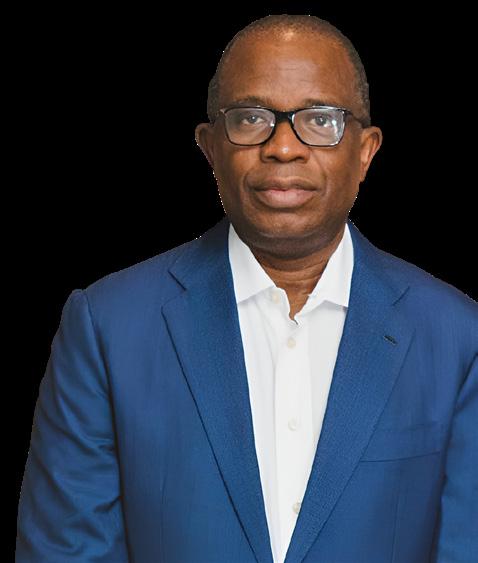
Previous to the arrival of the company he is presently leading, Ajisebutu was solely a business man who engaged in the business of importation and exportation of households, fashion and corporate items.

He launched into the ICT space in 1997 to fulfill his curiosity to explore greater challenges and become more relevant in the country.
Shortly after his venture into the sector, Ajisebutu became a big name that got many talking of his exploits which not only lifted the sector but also aided businesses for telecommunication operators.
Government of Nigeria, which actively supports the sector.

“We have the best regulatory body in this part of the world, to be honest,” Ajisebutu says. “And technology business contributes 19% of our GDP. To me personally, that shows there are no barriers. There are no obstacles. You have to determine within yourself to take advantage of the opportunity. And the opportunity is there to be grabbed.”
To ensure the business is performing to the highest standards, 21st Century Technologies focuses primarily on five crucial elements: infrastructure, customers,
Honestly, we can’t do it alone
Transforming the entire energy system requires all of us to change how we do business, invest, govern, consume, and even live.
people, partnerships and sustainability – the business's core values.
To abide by the first element, infrastructure, 21st Century Technologies is currently building high-capacity, openaccess connectivity in Nigeria, which is resilient, reliable and protected. “What we’re building is very compelling,” Ajisebutu explains. “And that's what our customers want.”
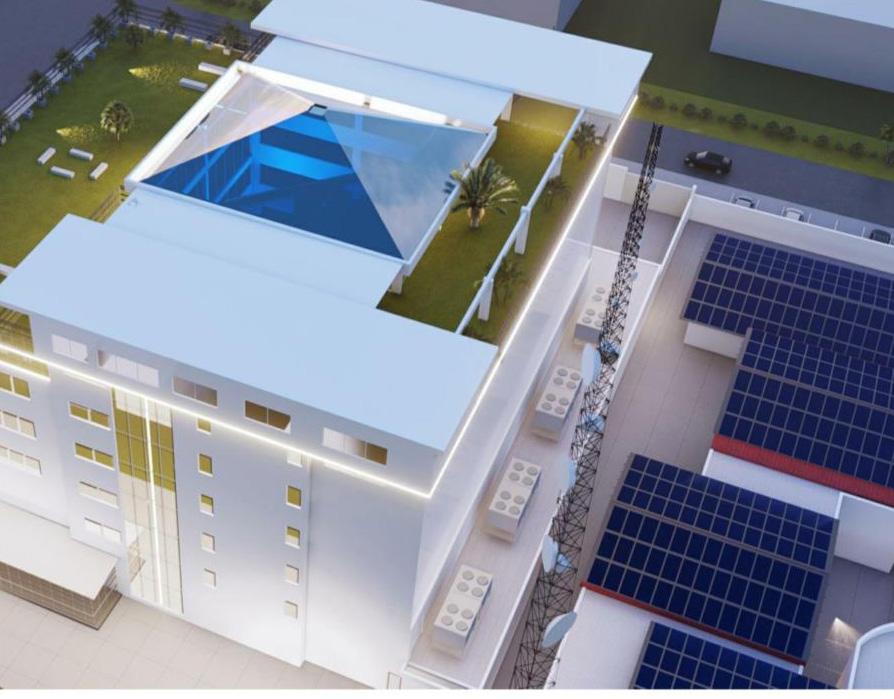
The second element, customers, highlights that technology is not the customer's core business, but it is the core of their business. 21st Century Technologies is therefore well-positioned and fully mobilised to offer technology solutions as a service to their customers. “This ensures that our customers can focus on their core business,” Ajisebutu adds, “So, we become core to their business.
“That's our philosophy, and why we have been able to reach over 1,000 companies in Nigeria. We are doing incredibly well, providing services to all of them. Without creating value for the customers, we don't have businesses offering services today. We have to be able to create value. We have to be able to make it very agile and
“Poverty is now defined by lack of access to technology, rather than geography”SITE: 5, JEREMIAH UGWU STREET, OFF BABATUNDE ANJOUS STREET, ADMIRALTY WAY, LEKKI, LAGOS. 12MW DATA CENTRE
very compelling for them to be able to use the infrastructure."
To accomplish the third element, people, 21st Century Technologies prioritises youth's development. For example, the business assembled and trained youths to rewrite the history of technology, while building the most compelling tech academy in West Africa, opened by the Consul General of the American Embassy in Nigeria. The aim is to train 10 million people in 10 years – to offer technology to the people of Africa.
Sustainability, the fourth element, lies at the heart of 21st Century Technologies. “Throughout our infrastructures, we have installed solar panels,” Ajisebutu says.

“Our 1MW solar panel powers some of the critical load we have today, and we plan to extend it to 10MW in the near future.

“We don't see challenges. We see opportunities. The greatest obstacle opens to man – as far as I'm concerned – is ourselves”
WALE AJISEBUTU CHAIRMAN/CEO, 21ST CENTURY TECHNOLOGIES
Our mission is: ‘meeting the needs of the present without compromising the ability of future generations to meet their own needs’ (United Nations 1987).
“We have just acquired 20MW of power plants, and discussion is ongoing to acquire additional 80MW, hydrogen and gas power plants to power our facilities and participate in providing power to the grid, so we take sustainability very seriously. Our goal is to become the first company in Nigeria to reach net zero – we hope to achieve this as quickly as possible.”
The final element, partnership, is the key to everything the business does. “We cannot do everything ourselves, so we work with trusted partners to ensure we cover as much ground as possible,” Ajisebutu shares. “We select the best partners in the world – those
that are pioneering in their industries — to ensure we have experts in every area.”

“Oracle is one of our partners, and I don’t believe that there's another company in this part of the world that understands database software to the depth that they do. We’re also partnered with Schneider Electric – a one-stop-shop for data centre infrastructures and software – they provide excellent products by excellent people coupled with excellent service delivery, we cannot ask for more. In addition, Siemens is the most advanced power company in the world with local knowledge and a positive approach to the market, to supply the power plant with power that is run by hydrogen and gas at the same time.”
21st Century Technologies is also partnered with Amazon, Microsoft Azure, VMware,
SITE: BURMA ROAD, APAPA 12MW DATA CENTRE

Multichoice Group, Super Micro, MIT, Glo, Airtel, MTN, NIBSS, 9Mobile and Orange.
Transparency, innovation and integrity are driving forces behind 21st Century Technologies. For example, the business is building a digital hospital to support operations in Nigeria. “We take our customers very seriously,” Ajisebutu says.
“We're entering into a good partnership and committing to our goal is key. We don't see challenges. We see opportunities. The greatest obstacle opens to man – as far as I'm concerned – is ourselves. We all face a couple of bumps in the road, but they are just to wake you up.
“We live in an era of exponential growth with technology and the internet at the heart of it all,” Ajisebutu shares. “The global data generated continues to grow rapidly without any sign of slowing down.
“More importantly, poverty is now defined by lack of access to technology, rather than geography. So we must do everything humanly possible to make sure that we build compelling infrastructure in this part of the world. And 21st Century Technologies is at the forefront of that.”
The business, therefore, feels compelled to participate in the fourth industrial revolution, having missed out on the first, second and third. 21st Century Technologies is committed to building infrastructure in Nigeria to build a reference point for technology in West Africa. To do so, the business invests in seven key areas: Connectivity, Data Centres, technology platforms, payments, people, security and power.
“We are building 75.5-megawatt Data Centres. When people question the need for it, I do not listen to their reservations,

because I know Nigeria will occupy it at the appropriate time,” says Ajisebutu.
The business is also powering data centres with hydrogen and gas-powered turbine engines. This facility is used to support the government when helping the population, ensuring life is made comfortable for the citizens of Nigeria.
“We're committed to this country,” Ajisebutu says. “We will do anything humanly possible to make sure that we provide the necessary infrastructure, the right skilled people and global partnership holding sustainability at the height of it all, to ensure we achieve these goals.”
21st Century Technologies is not slowing down. In fact, the company is racing to be a significant part of history, through the continuous implementation of board and infrastructure projects – they plan to stay ‘ahead of the curve’.
The business accelerates innovations that will provide support for intensive network

“We live in an era of exponential growth with technology and the internet at the heart of it all”
WALE AJISEBUTU CHAIRMAN/CEO, 21ST CENTURY TECHNOLOGIES
evolution and fast-track last-mile assets to digital connectivity, paving the way for a fully digitised future and supporting the digital economy. 21st Century Technologies is therefore investing aggressively to ensure this is achievable in the future.
By implementing bold infrastructure, the business continues to accelerate innovations in the area of technology solutions as well as provide support for intensive network evolution such as 3G, 4G, and 5G fast-track last-mile access to digital connectivity. Further, they will continue to deliver unique infrastructure services to our customers, vendors and partners, enabling a fully digital future.
Moreover, 21st Century Technologies will continue to build a compelling platform that will help to tackle some of the world’s biggest challenges, spanning AI and quantum computing to healthcare, aviation, logistics and construction.

The business will continue to grow at a rapid rate to become the largest provider of information security solutions, helping customers and partners define the risk in their environment and select the right technologies and solutions.
21st Century provides value that enables and drives socio-economic growth. “Technology has become part of us,” Ajisebutu explains. “We cannot remove technology – it’s become part of everything we do today, and it will continue to expand. Technology is fast becoming a resource-liberating mechanism. More importantly, with our help, technology will support Nigerians to do great things in terms of technology transformation and development.”

To support businesses in their ESG efforts, sustainability consultants provide a diverse set of services such as evaluating energy, water, carbon, waste, hazardous materials, and environmental impacts, while developing comprehensive sustainability plans and strategies.
As the urgency of climate issues grows, it’s essential for companies to partner with trustworthy sustainability consulting firms – and, in a fast-moving world, this list of companies changes frequently.
That’s why we’ve updated the top ten global sustainability consultants: to recognise the firms of 2023 that have assisted corporations in attaining their ESG objectives by promoting environmentally-friendly practices and producing sustainable outcomes.
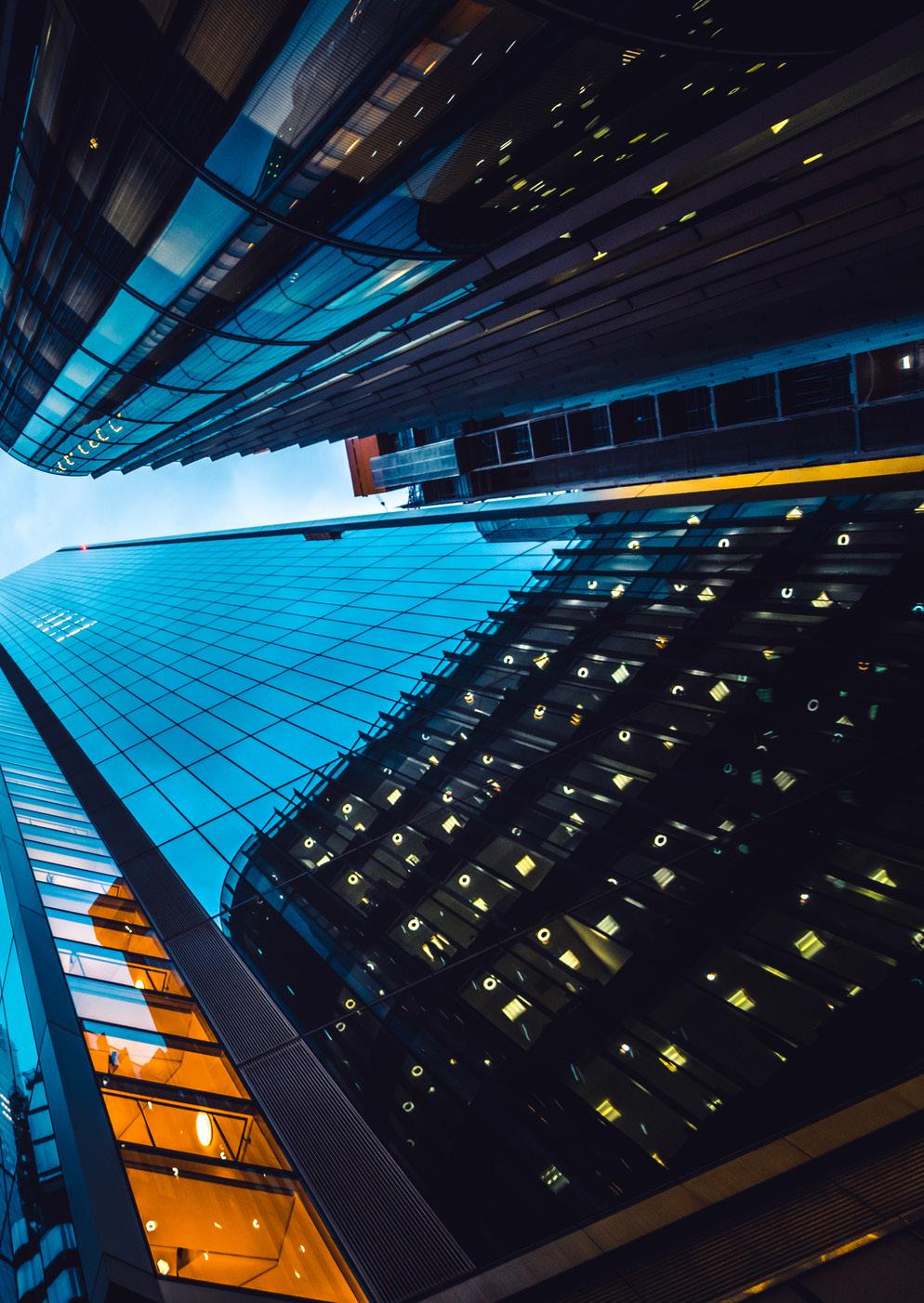
The world’s leading sustainability consultants help large businesses achieve their ESG goals by delivering long-lasting results and advocacy
HQ: London, UK
Global Chairman: Bob Moritz
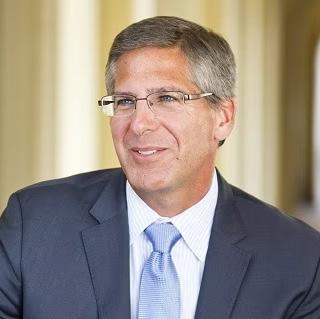
No. of employees: 328K+

Info: ESG Annual Report
Formed in 1998, PricewaterhouseCoopers (PwC) has become an influential, world-leading consultancy firm with a solid reputation for providing high-quality professional services to its clients. By integrating employee’s vast knowledge and experience in sustainable development consulting with PwC’s core business strategies, modelling, and valuation proficiency, the firm assists clients in assessing the strategic sustainability concerns that impact their enterprise. PwC helps clients evaluate the business case, creating and executing sustainable business strategies that prioritise addressing environmental concerns.

HQ: Paris, France
CEO: Aiman Ezzat
No. of employees: 300K+
Info: 2021/22 Environmental Sustainability Report
Capgemini’s sustainability framework is designed to accelerate progress at each stage of the net-zero journey. Expert consultants assist clients in defining and committing to a net-zero strategy that includes design-related transformations and adapting their business model. Additionally, the firm helps clients take action by designing sustainable operations, products, and services, while also enabling clients to monitor and report data, generating insights that allow them to continually adjust their strategy.
HQ: London, UK
CEO: Joe Ucuzoglu
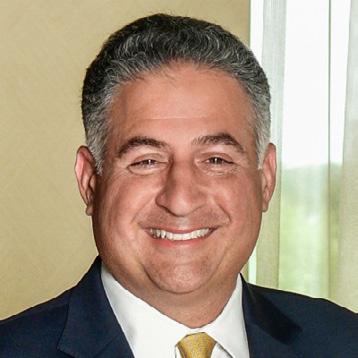
No. of employees: 415K+
Info: Deloitte 2023 CxO Sustainability Report


For more than 175 years, Deloitte has collaborated with leaders worldwide – including the Global 500 and private enterprises – to assist them in creating more promising futures, supporting their personnel, and achieving success, while simultaneously taking care of communities.
With staff consisting of some of the most brilliant intellects in the field, Deloitte persists in moulding the future by providing tangible and quantifiable outcomes. The firm serves almost 90% of Fortune 500 companies, spanning over 150 nations and regions.
HQ: Boston, Massachusetts, United States
CEO: Manny Maceda
No. of employees: 13K+
Info: 2022 ESG Report:
Bain & Company, a global management consulting firm, has a strong commitment to sustainability. It believes that sustainability should be incorporated into the core strategy of a business to future-proof it while leaders should take advantage of the various opportunities presented. To this end, Bain & Company works with its clients to make their operations more environmentally and socially sustainable while also improving efficiency and addressing risk management issues.
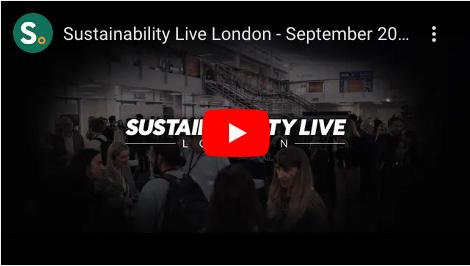
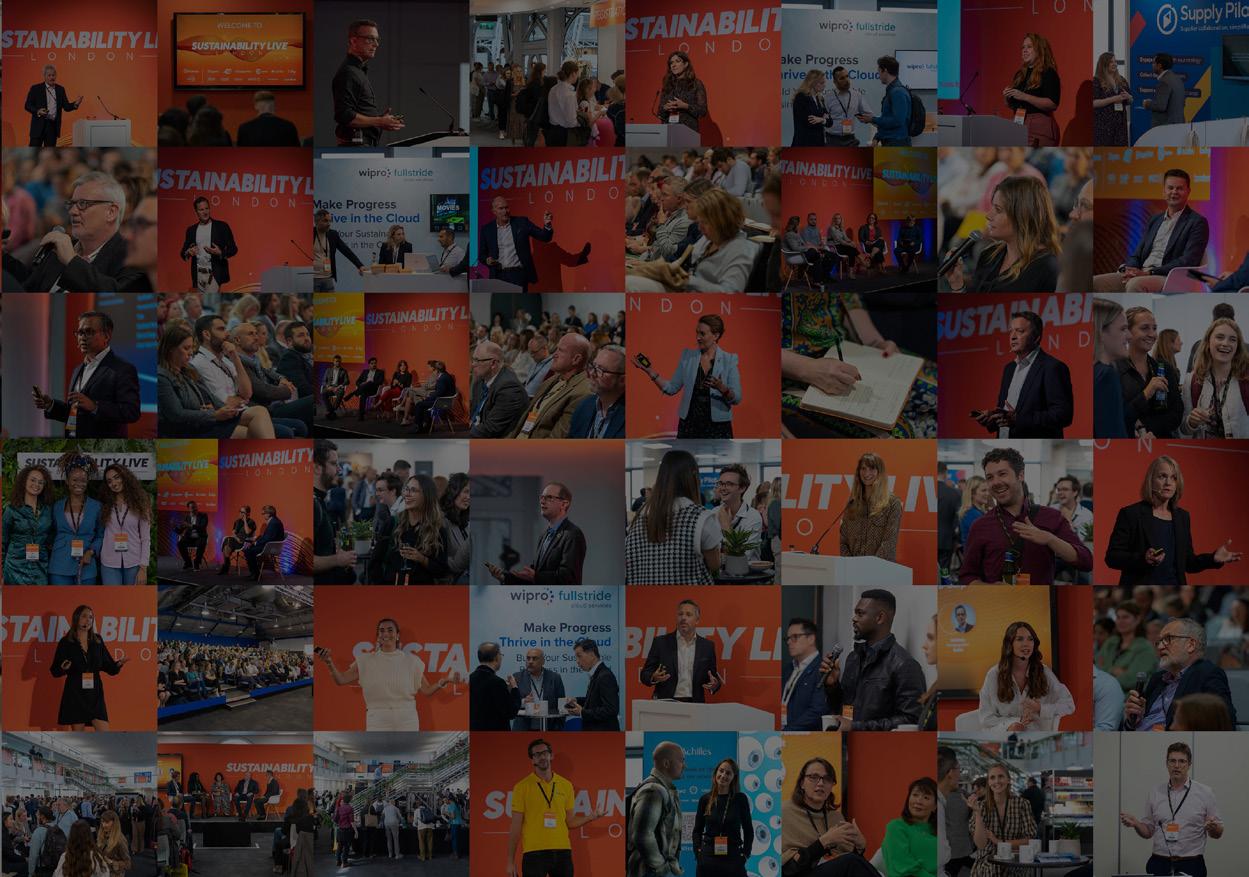
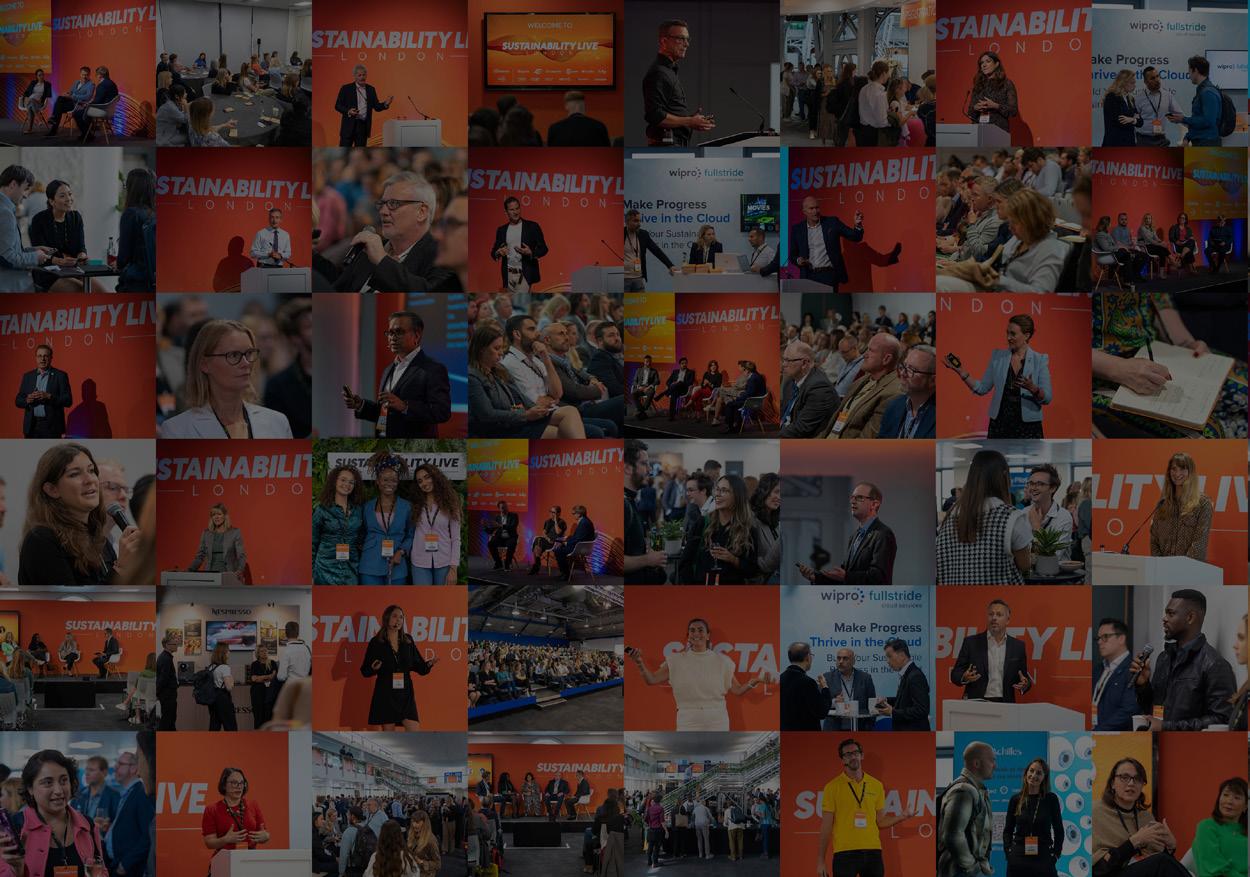
6 - 7 September 2023
Business Design Centre, London
SPONSORSHIPS GET YOUR PASS
HQ: New York, US
CEO: Bob Sternfels
No. of employees: 38K+
Info: 2021 ESG report: Sustainable and inclusive growth
McKinsey’s goal is to become the preeminent collaborator and consultant on sustainability, climate, energy transition, and ESG issues in the professional world. McKinsey partners with clients to spearhead a surge of innovation and economic growth that safeguards the planet and fosters sustainability.


What’s more, McKinsey is actively engaged with clients, committed to being a leading force for global decarbonisation. It strives to help industries transition towards achieving net-zero emissions by 2050, while balancing other sustainability objectives.

HQ: Amstelveen, Netherlands
CEO: William Thomas

No. of employees: 265K+
Info: Global Survey of Sustainability Reporting 2022
KPMG has a network of firms across 145 countries, spanning three key lines of business: financial audits, tax and advisory services. For KPMG, sustainable growth is crucial to constructing a thriving business and leaving a longlasting favourable imprint on the environment and society. As a result, the firm has disclosed its ESG commitments and has launched a multi-year investment initiative to provide top-notch proficiency and solutions that assist clients in managing ESG risks and opportunities.
HQ: London, UK
CEO: Tom Reichert
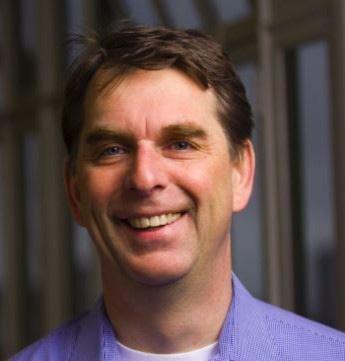
No. of employees: 7K+
Info: Sustainability Report 2022
Environmental Resources Management’s (ERM) core business is centred around sustainability. As the largest global consultancy specialising in sustainability, the firm collaborates with prominent organisations worldwide, providing inventive solutions to sustainability issues and uncovering commercial opportunities that balance present needs with those of future generations.
The firm’s multidisciplinary team of top-tier experts aids clients across various sectors in operationalising sustainability, leveraging their comprehensive technical expertise to address their social, risk, safety, health and environmental challenges.
HQ: London, UK
CEO: Carmine Di Sibio
No. of employees: 365 4K+
Info: The CIO Imperative: How emerging tech can accelerate a path to sustainability
EY’s mission is centred around creating a better working world. The firm’s services and expert insights are aimed at promoting trust and confidence in the global economy as well as in capital markets.

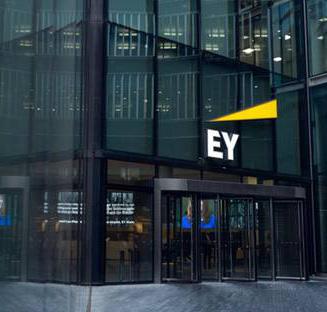
The firm takes a value-led approach to sustainability, emphasising its importance in creating and safeguarding sources of value for business, society, people, and the world at large.
EY offers a range of sustainability, decarbonisation, and ESG services, while supporting businesses to address the challenges that organisations face.

HQ: Dublin, Ireland
CEO: Julie Sweet
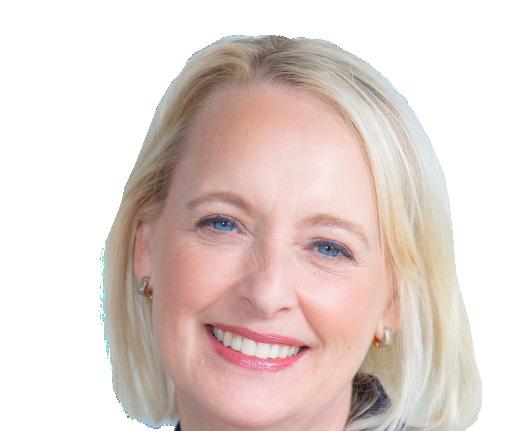
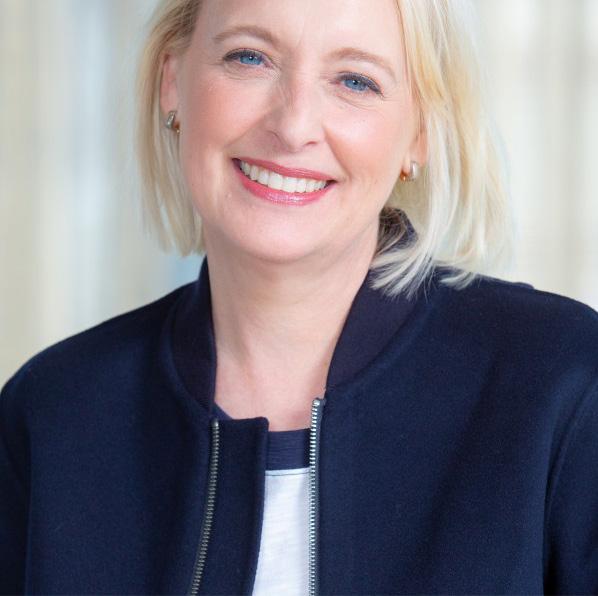
No. of employees: 738K
Info: Reporting approach and ESG disclosures

With Julie Sweet – one of the world’s most powerful businesswomen –at the helm, Accenture is a firm driving change and creating meaningful value.
Accenture operates in over 120 countries and has served more than 9,000 clients. Its approach to sustainability is comprehensive, integrating sustainability into every facet of its work for the benefit of all stakeholders – including clients, employees, shareholders, partners, and communities.
Accenture offers solutions that mitigate carbon emissions across various domains, such as buildings, transport, energy systems, and even entire cities, while simultaneously promoting social and economic advantages. Moreover, Accenture works with organisations to incorporate sustainability throughout the value chain, thus enabling trusted, circular, and net-zero value chains.





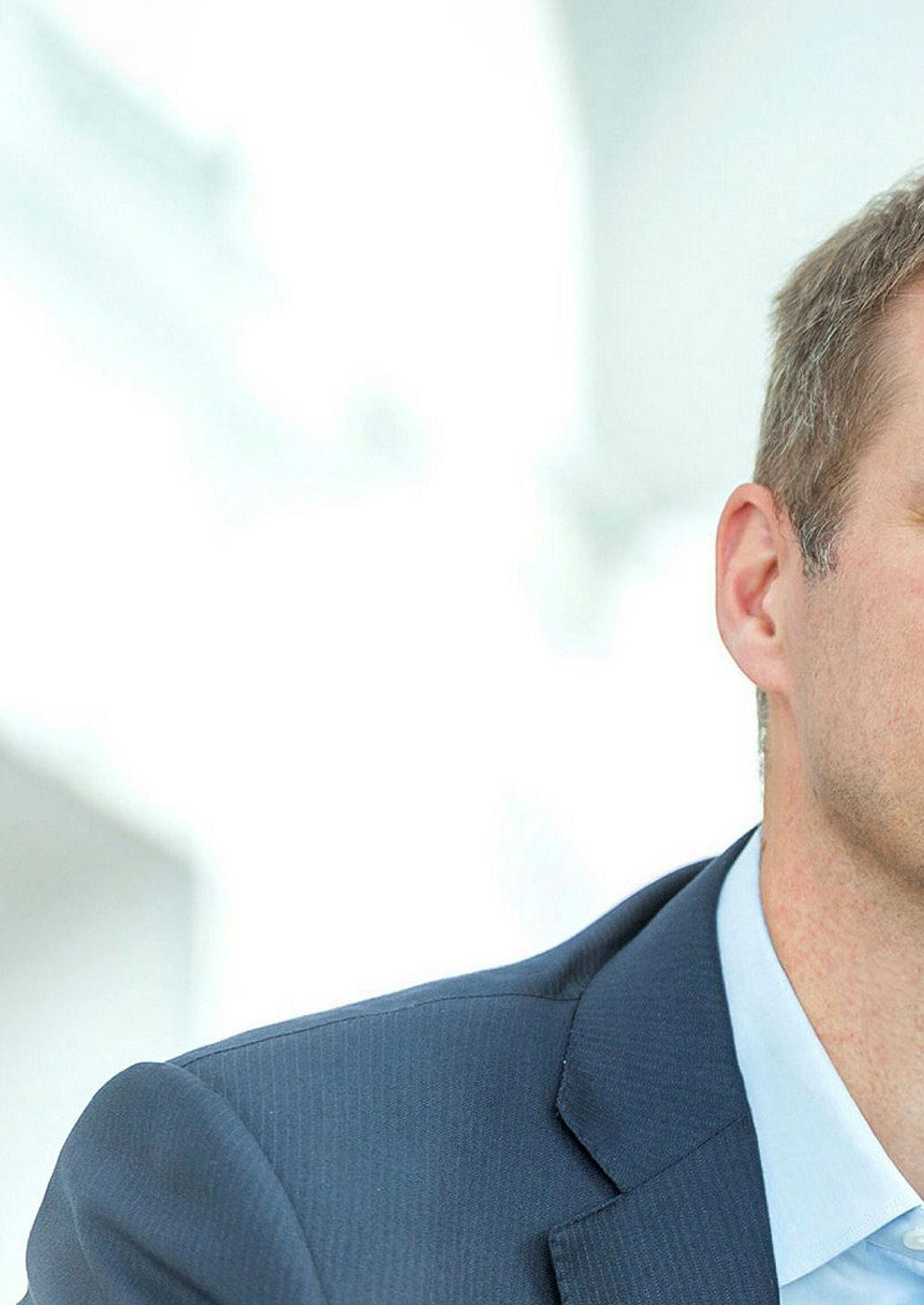


HQ: Boston, Massachusetts, United States
CEO: Christoph Schweizer
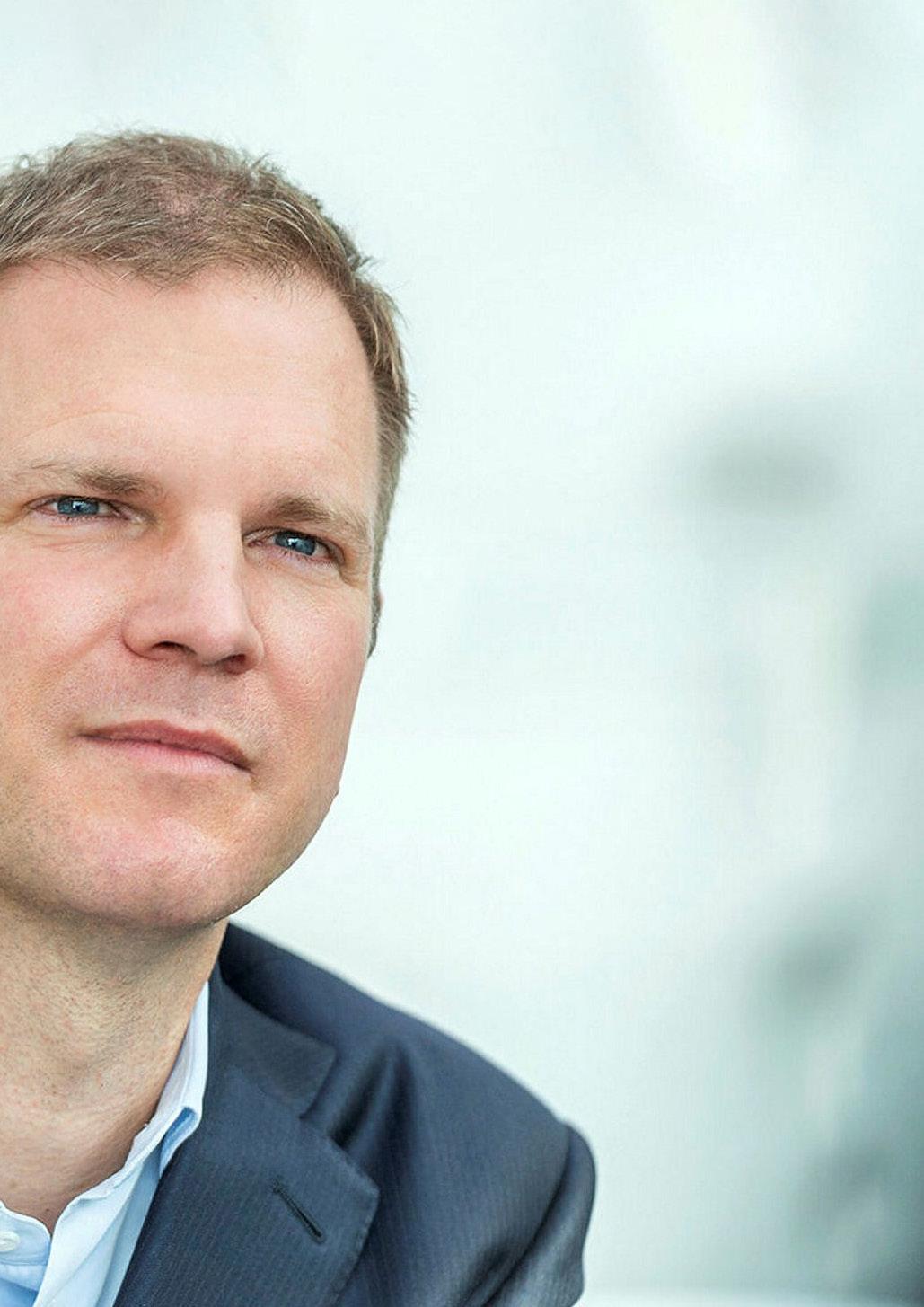
No. of employees: 30K+
Info: The Sustainability
Imperative in Emerging Markets
Boston Consulting Group (BCG) is a global consulting firm that works with leaders in business and society to tackle their most significant challenges and opportunities. Established in 1963 as the pioneer of business strategy, the firm takes a transformational approach to benefit stakeholders, enabling organisations to grow, build sustainable competitive advantage, and drive positive societal impact.

BCG’s diverse, global teams are committed to unlocking potential and driving change, delivering integrated solutions through management consulting, technology and design, and corporate and digital ventures. The firm’s overarching purpose is to unlock the potential of those who advance the world, and it seeks to embody this purpose through its work every day.
BCG collaborates with its clients to expedite their climate and sustainability efforts. The company assists them in recognising and utilising climate innovation, integrating sustainability on a large scale into their operations, and capitalising on the value they generate.
 WRITTEN BY: TOM SWALLOW
PRODUCED BY: THOMAS LIVERMORE
WRITTEN BY: TOM SWALLOW
PRODUCED BY: THOMAS LIVERMORE

Hands up, then, who saw this one coming…a leading telecommunications provider giving similar treatment to cars as it would handheld digital devices? While it would have made for a ludicrous conversation a decade or so ago, connectivity has become a staple in modern life, naturally progressing towards various applications in the automotive sector.
EV manufacturers have embarked on a journey that will mark its place in history as the most significant evolution of transport, which also comes with a lot of responsibility to protect drivers and passengers in alignment with their contributions to global sustainable change.
This can be witnessed throughout countless connectivity exploits and, as explained by David Brown, Head of Connected Mobility Product Portfolio at Vodafone Automotive, telecommunications and digital services play an integral role in the future of electrified mobility.
The services provided by Vodafone Automotive – a global service subsidiary of Vodafone – include hardware and software and Brown leads the product management team to deliver next-generation connectivity-based services to customers looking to improve road safety and vehicle security, efficiencies, and emissions reduction. Non-connected services are supplied as upgrades to on-board vehicle systems and connectivity-based services
are fulfilled through multiple solutions, including vehicle-to-everything (V2X) services, which enable communications between cars and their surrounding infrastructure, driving behaviour monitoring and crash reconstruction.

In the vehicle security area the company offers professional services to locate and retrieve cars to minimise vehicle losses, as well as solutions that dynamically predict the probability of an event occurring over a certain period of time, such as notifying drivers on risky zones.

DAVID BROWN HEAD OF CONNECTED MOBILITY PRODUCT PORTFOLIO, VODAFONE AUTOMOTIVE
“If you break down a telematics solution into its constituent parts, you’ve got the hardware, you’ve got the connectivity, the platform, and the service”



Through a passenger-vehicle lens, Vodafone Automotive’s solutions enable peace of mind that the latest electrified cars – as well as ICE vehicles in previous years – are the safest they can possibly be while also achieving greater energy usage and other benefits. Ultimately, the mission of the company is, as Brown states, “about making mobility safe, secure and accessible.”
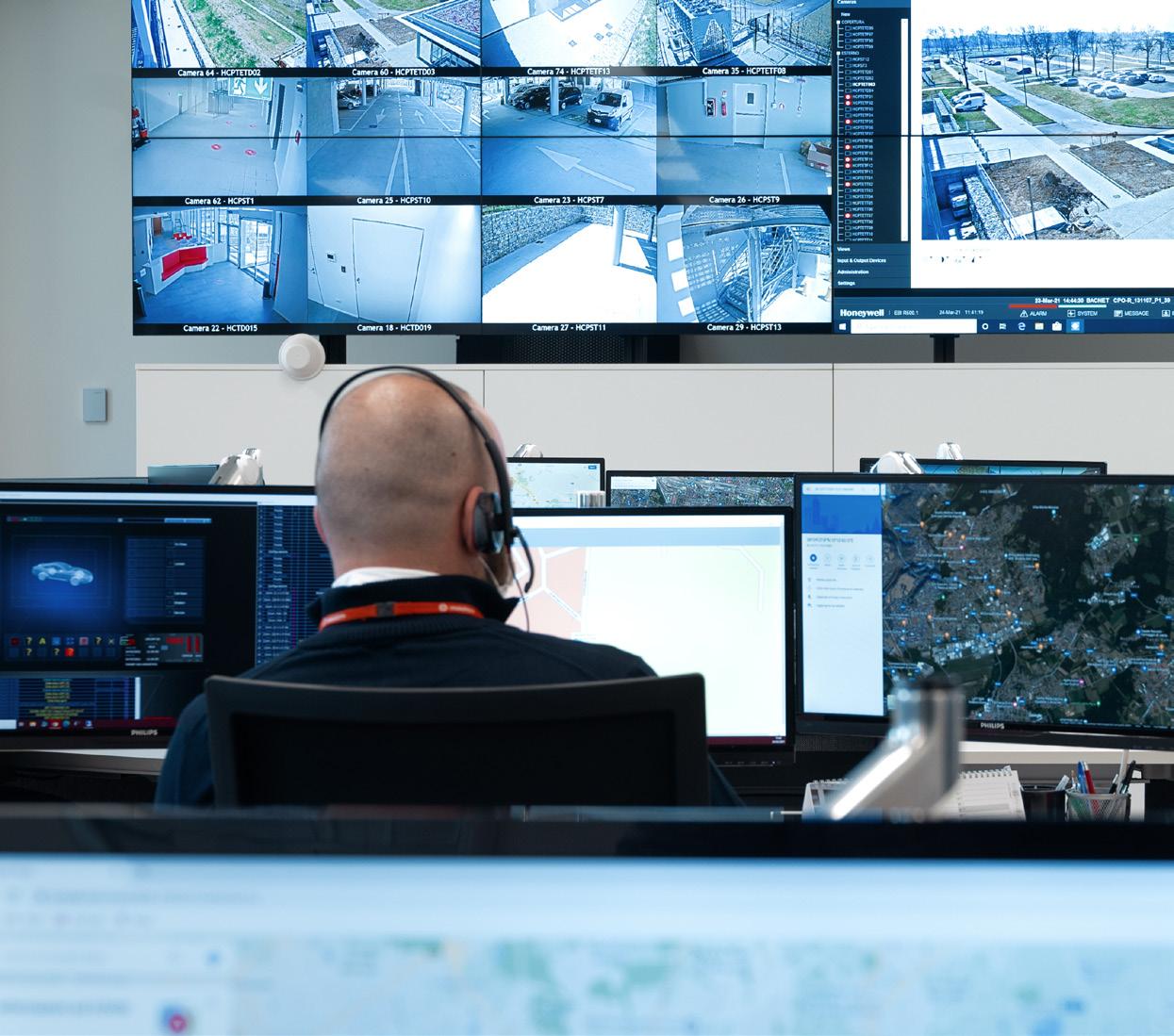
These three words form the pillars of innovation that Vodafone Automotive focuses on, which also carries over to fleet

“‘Time to green’ means realtime vehicle communication with traffic lights to reduce idling time”
DAVID BROWN HEAD OF CONNECTED MOBILITY PRODUCT PORTFOLIO, VODAFONE AUTOMOTIVE
operations and other commercial uses. As far as safety and security goes, the goal is pretty simple: to reduce the number of stolen cars, traffic issues and accidents occurring on public roads each year. Overall, it means to help move forward a more sustainable and safe mobility.
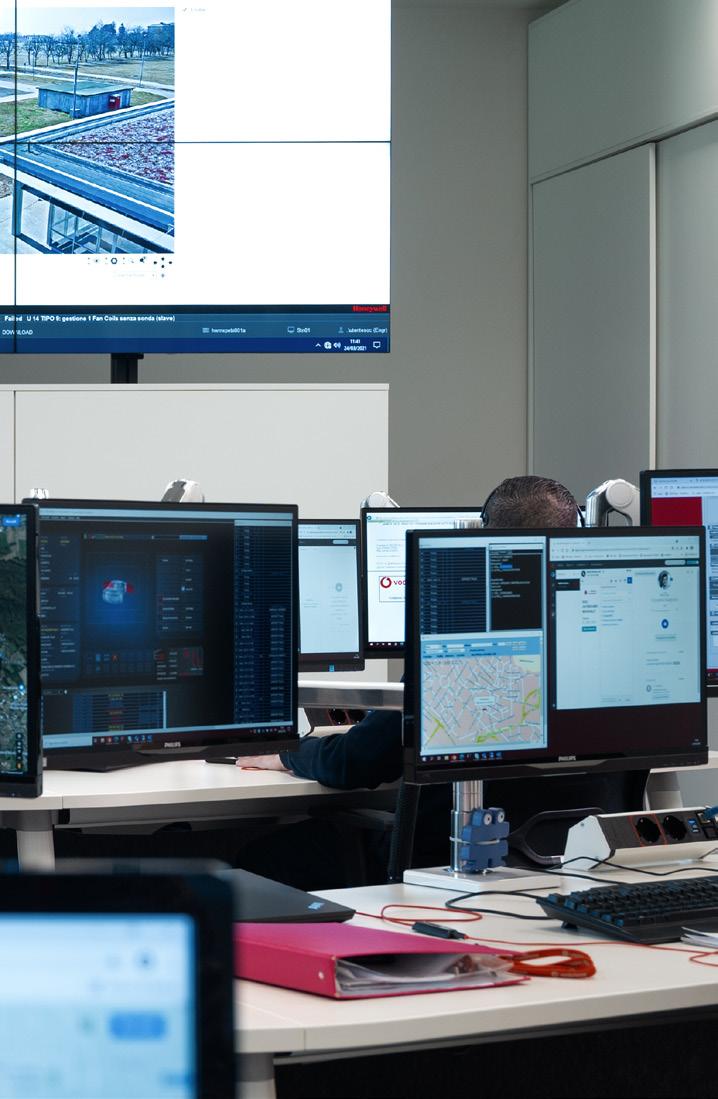
“The first pillar is really focused on the safety side of things and the aim to reduce road deaths to zero,” says Brown.
This is where cooperative connected mobility services generate key benefits that really come into play, particularly in cities and other urban environments where infrastructure is enabled with V2X
TITLE: HEAD OF CONNECTED MOBILITY PRODUCT PORTFOLIO
INDUSTRY: MOTOR VEHICLE PARTS MANUFACTURING
LOCATION: UNITED KINGDOM
David joined Vodafone in 2010 and took over product management responsibility in mobile phone devices, then in motor insurance telematics. In this role, he created a new programme function to deliver customer onboarding for complex solution deployments of insurance telematics in Northern and Central Europe. In 2019, he broadened his responsibility to lead a team of product managers and define a new product portfolio across all key verticals - Insurance, Fleet and Automotive. David holds a degree in Managerial and Administrative Studies from the University of Aston.




technology, which provides an added layer of safety to drivers while on the road. Vodafone’s product is appropriately named Safer Transport for Europe Platform (STEP) and introduces connected capabilities to provide more safety measures to drivers and vulnerable road users.

Leveraging the 5G and edge cloud capabilities developed by Vodafone, the automotive segment is about to tailor its architecture to enable V2X capabilities and package STEP on top of it. The idea of the cars having the ability to connect with others in the vicinity will encourage a more cooperative mobility ecosystem
“Being part of Vodafone, we are able to access 5G technologies and edge cloud, which, with competence in architecture design and V2X software developments
from Vodafone Automotive, has allowed the development of that capability for the entire ecosystem,” says Brown.
Working in the insurance realm is key for Vodafone Automotive, as it supports the overarching goal of road safety. Citing an example of the great work achieved by Vodafone Automotive, Brown explains a scenario where its connected solution not only benefits the drivers, but also provides a call handler with more scope for a quality service.
“When visiting a UK-based insurer that provides services to brand new drivers on the road, I was able to see first-hand how our solution makes a difference,” says Brown.
What Brown saw was how Vodafone Automotive’s solution enabled call managers to handle customer cases much more
effectively, using data to gain clearer insight into the incident, whether it be low energy crashes or more serious accidents.
By leveraging telematics services, insurers have, for many years, managed the risk of a wide range of drivers. From the perspective of new road users, this is to reduce insurance premiums, but these days we’re beginning to see the real benefits to providing vehicle usage data.

“Bearing in mind these can often be young drivers, understanding how our technology can help provide a level of assurance in high stress situations really brought it home for me. The impact was that our service meant the insurer could focus on the young drivers struggling in a time of need.”
This goes to show the impact that connected mobility has and how Vodafone
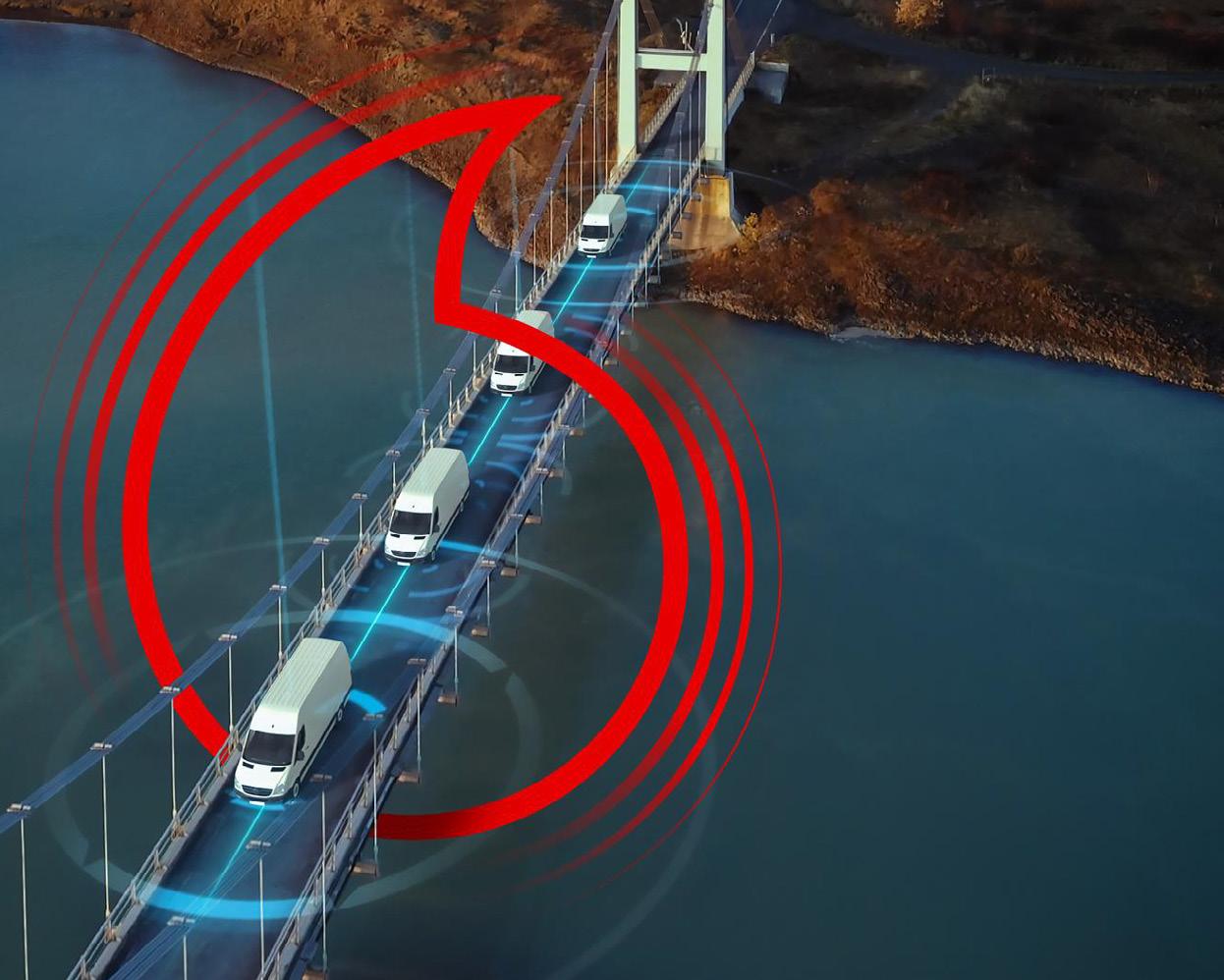
“We have Vodafone behind us, which gives us collaborative access to the 5G technologies and Edge Cloud and has allowed the development of V2X services a lot quicker”
DAVID BROWN HEAD OF CONNECTED MOBILITY PRODUCT PORTFOLIO, VODAFONE AUTOMOTIVE
Automotive is able to integrate with infrastructure and businesses to not only achieve its goals in line with its own pillars, but breed a new quality of service to its partners’ customers. Leveraging some of the best technologies on the market and almost 15 years’ experience in helping insurance to digitalise policies, the company tailors that insightful approach to insurance, which is but one way that it contributes to safety.
“If you break down a telematics solution into its constituent parts, you’ve got the hardware, you’ve got the connectivity, the platform, and the service – we play in all these parts. Being part of the Vodafone family the connectivity is naturally a core part — we have our factory for the design and manufacture of hardware, and of course we have the platform and the service network covering over 50 countries. The fact that we can bring all of those together makes us unique and makes us a leader in the market,” Brown says.
Much like the digital ecosystems that enable businesses and homes to function, road transport is entering a new era of connectivity that will allow devices to share and access data from vehicles and infrastructure components surrounding them. An example of this from a safety perspective is how assessments are made of the road ahead, which has been adopted on major highways, but is still yet to leverage this to the highest degree.
With vehicles connected to other vehicles and data shared with infrastructure – which will in turn be shared with other road users – this unlocks new functions to enable realtime insights on the road. This is V2X.

With V2X, road users could begin to see real-time updates in the vehicle made useful to them as they travel. Vodafone Automotive

recognises the potential of V2X in ensuring that any road collisions or diversions are reported and managed instantly to the driver, preventing any further incident or dialling out inefficiency.
“The key point is that this communication needs to be instant to deliver value to the road user. This is possible thanks to our 5G networks and multi-edge computing,” says Brown.
Not only can such a solution save time and emissions in cities, but with drivers more aware of the road condition changes, they can focus on the surrounding environment, which could reduce collisions with nearby cyclists, pedestrians, and other cars –fostering a more mindful approach to travel.
A great example of V2X is being designed and implemented by Vodafone, which Brown explains allows drivers to determine, what he calls, ‘time to green’.
In March 2022, Vodafone launched STEP to enable faster and more efficient safety information distribution with road users using its proprietary technologies.

To be successful in this, the company ensures an agnostic solution that is compatible with all in-vehicle navigation systems and third-party apps to provide access to real-time traffic and collision data.
Road users will be directly connected with transport authorities to gain a better understanding of the road conditions and leverage these insights to avoid accidents, congestion, and delays on the road.

The issue of road congestion can be seen globally with more cars on the roads in cities, but access to real-time data has the potential to limit this by keeping drivers informed. This would be enabled throughout connectivity - data sharing between cars and traffic lights.
“For example, you are in London and you are stuck in traffic. You are at the traffic lights, traffic lights turn green, you’ve raced to the next set of traffic lights, and by the time you get there, they’ve turned red. You’re then idling for 30 seconds,” Brown says.

“‘Time to green’ effectively means communicating with those traffic lights and
the road infrastructure; it will tell you when the next set of traffic lights are due to change and recommend your approach to the traffic lights so that, by the time you get to them, you don’t need to apply the brakes – losing all momentum in the vehicle and using lots of energy to get the car back up to speed.
“We see V2X aligning with autonomous vehicles, whereby each system can complement each other to create extra layers of protection for drivers, passengers, and pedestrians.
“This is where the system, through maybe cameras or through smartphone applications, is able to determine where

pedestrians and cyclists are in a shared space of the road,” Brown says.
“An example is with lorries, where quite often cyclists ride alongside. You can have a warning system that tells the lorry driver, even though the cyclist is in their blind spot, they are there – ’proceed with caution’.

Though all these solutions show promise for a safer, more sustainable road network, it requires collaboration amongst a variety of players such as OEMs, roadside infrastructure providers, public authorities and vehicle fleets across Europe. Particularly in the realm of EVs, the demand and readiness is there for connected car services, but education plays
a key role in enabling progress – revamping the road infrastructure network. Future prospects are bright for connected mobility and will even present new opportunities later down the line.
“Our focus is mainly on safety and security. Of course, as the applications and use cases evolve there will continue to be interesting and wide ranging commercial benefits. We want to make roads safer, and STEP will enable us to do that. Understanding how drivers interact with it will enable us to delve deeper into connected mobility.”
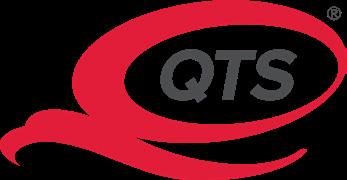
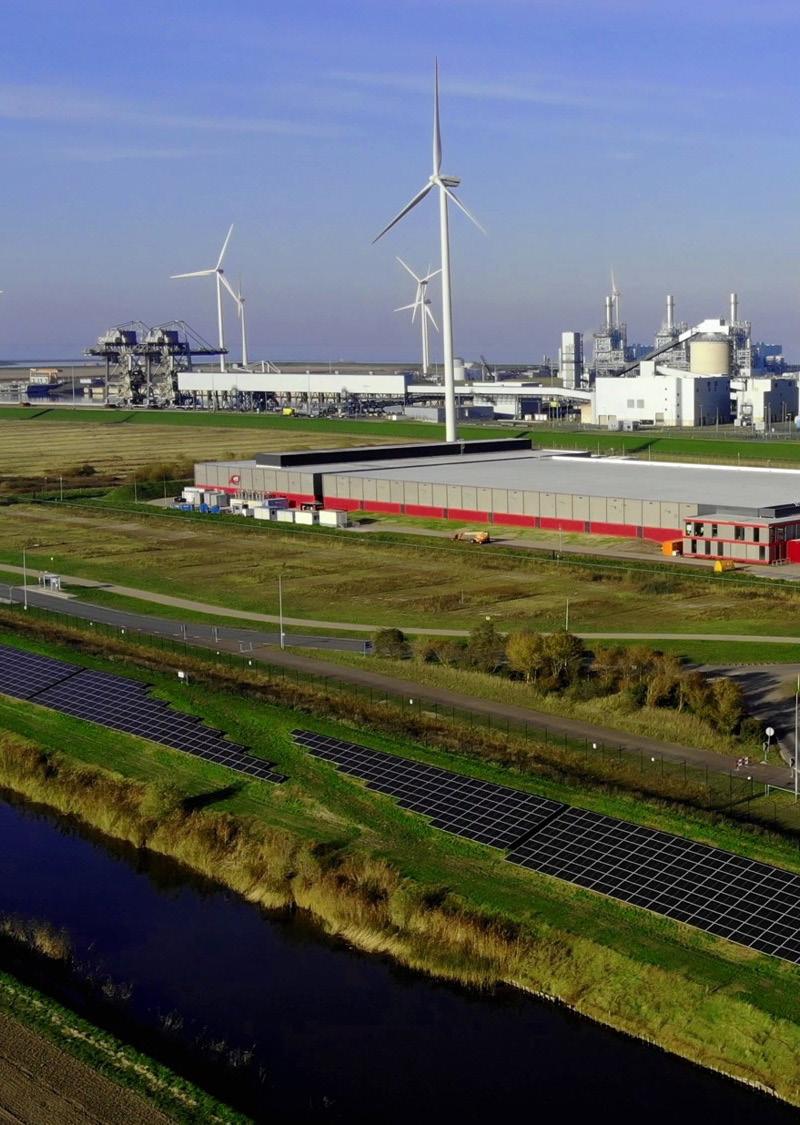
Sustainability features surrounding QTS’ Eemshaven mega data centre
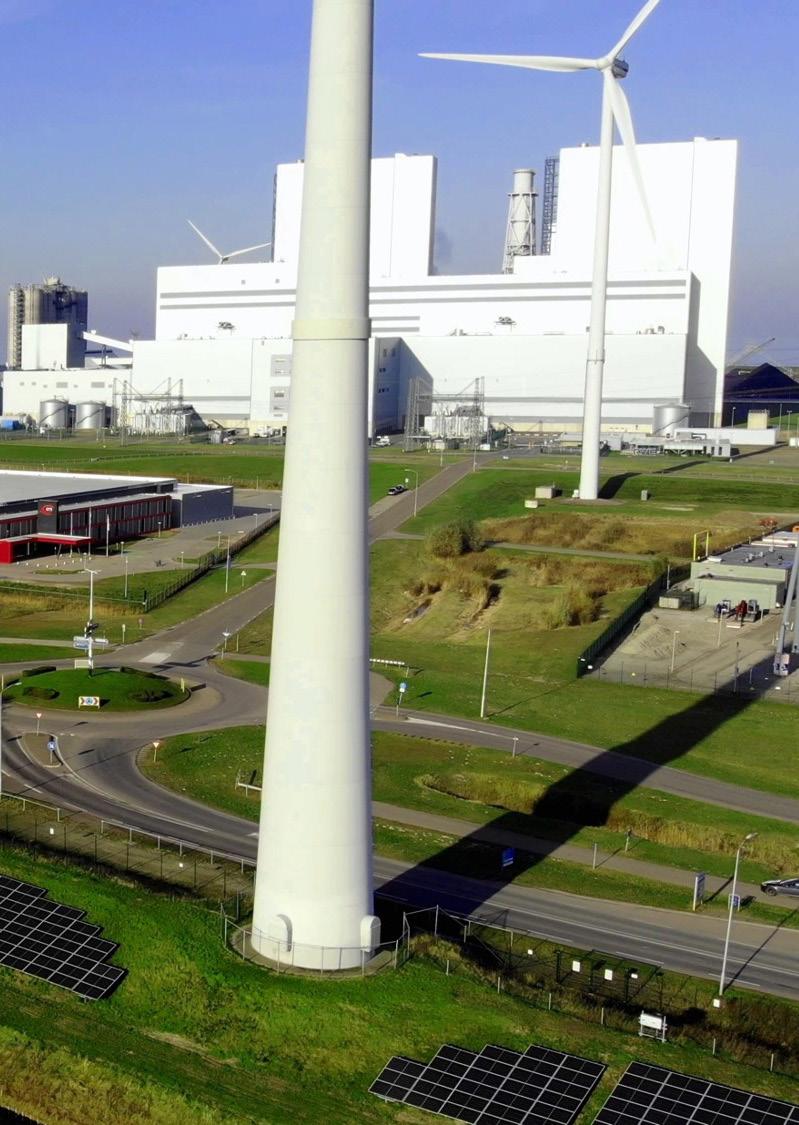
QTS Data Centers – a leading provider of enterprise, hyperscale, and US government data centre solutions – is a pioneer in delivering sustainable IT infrastructure putting its Environmental, Social and Governance (ESG) report and sustainability goals at the heart of everything it does.
Travis Wright, Vice President of Energy and Sustainability at QTS, has been leading the company’s sustainability initiatives since 2018, advocating for greater focus to be placed on carbon-free energy while leading QTS’ philanthropic ventures.
Wright reflects on how data centres can be used as a force for good while highlighting ESG initiatives and goals that set the company apart from others.

Data centres have become an integral part of our lives. These sophisticated buildings full of computers manage the information we all use virtually every minute of the day, (think navigation, voice and video streaming, social media, text, email, etc) and as such they have become massive consumers of energy on behalf of society as a whole.
As an industry, it is essential for data centres to maintain and expand their focus on decarbonising the grid. They have the potential to either positively or negatively impact this goal making it imperative to take responsibility in aiding this endeavour.
873
Number of Employees
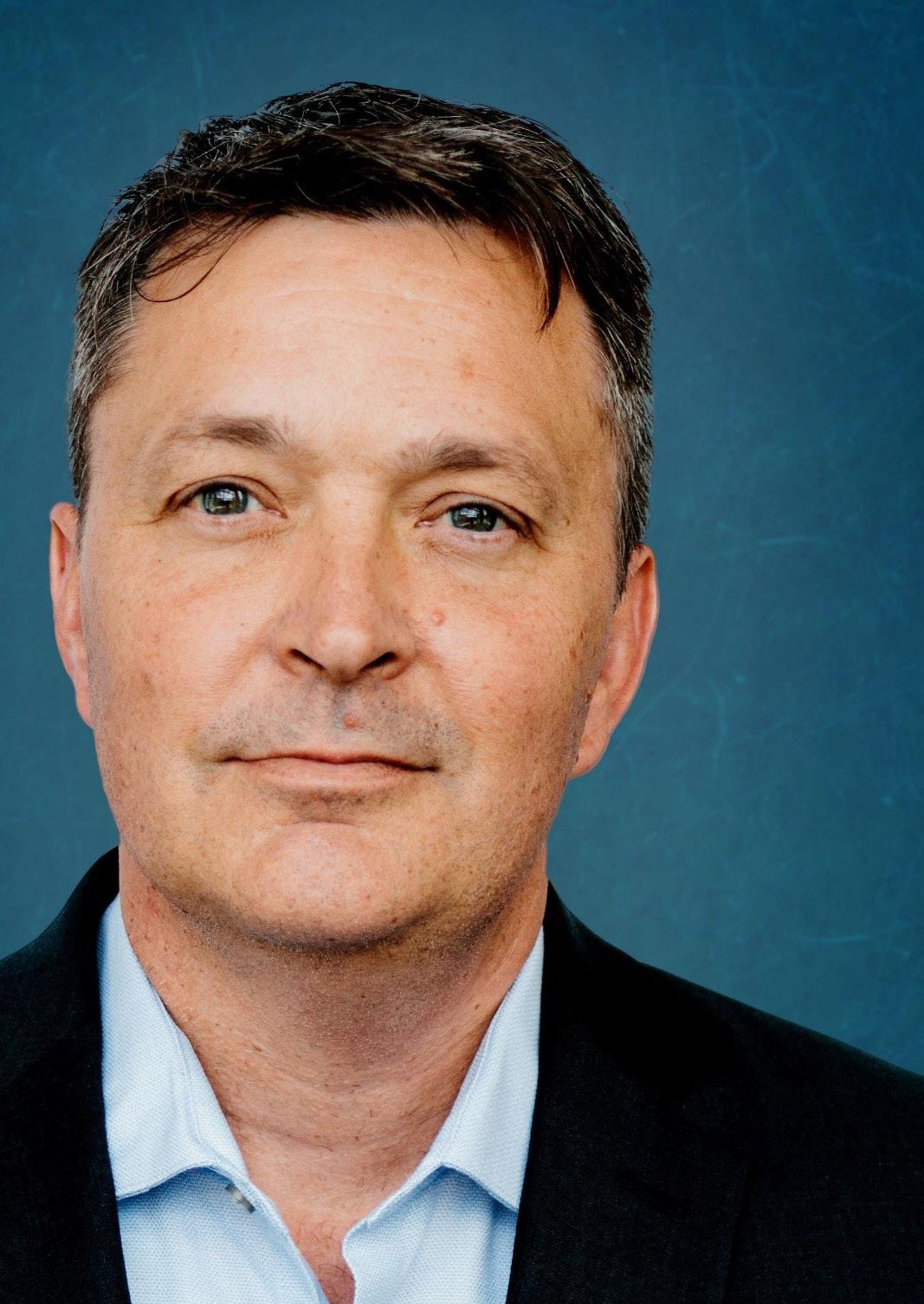
“When QTS decided to take on the challenge of sustainability, we did it with an open mind and the need to provide total transparency and public disclosure for our employees, our customers, and our shareholders,” Wright said.
According to Wright, QTS’ board of directors, led by CEO Chad Williams, was adamant in the belief that it could “create value for our investors and benefit society at the same time.

“After a comprehensive vetting process, we determined our core environmental pillars to be energy, water and waste. We formalised key goals including a commitment to procure 100% of our power from renewable sources and we would do it by reducing the amount of utility power and
offsetting it with renewable resources such as solar and wind.”
That commitment has since shifted from pure-play solar and wind renewable to carbon-free, which includes nuclear and large-scale hydro. This shift is predicated upon the fact that data centres are becoming so big that they are impacting not only the environment but the stability and resiliency of the utility grid.
“Solar and wind generate electricity in a less predictable way, referred to as intermittent generation. When we go into a new market and introduce a large 200-400-megawatt data centre campus, we are taking flat, predictable baseload energy off the grid. If we then turn around and develop a solar or wind facility to offset
“WE DO A LOT OF PHILANTHROPIC WORK AND VOLUNTEERING, WHILE ALSO ENSURING WE’RE ACCURATE AND TRANSPARENT WITH OUR ACCOUNTING AND BUSINESS PRACTICES”
TRAVIS WRIGHT VICE PRESIDENT OF ENERGY AND SUSTAINABILITY, QTS
the energy used with renewables, we are removing that flat, predictable baseload energy, and replacing it with unpredictable intermittent generation. This causes instability in the grid.
“We need to keep our eye on the ball,” Wright adds, “if the goal is to decarbonise the grid, then we need to do it in a thoughtful way that allows us to serve society without destabilising the grid. Until we solve the storage problem, we need to focus on carbon-free energy that provides baseload energy.
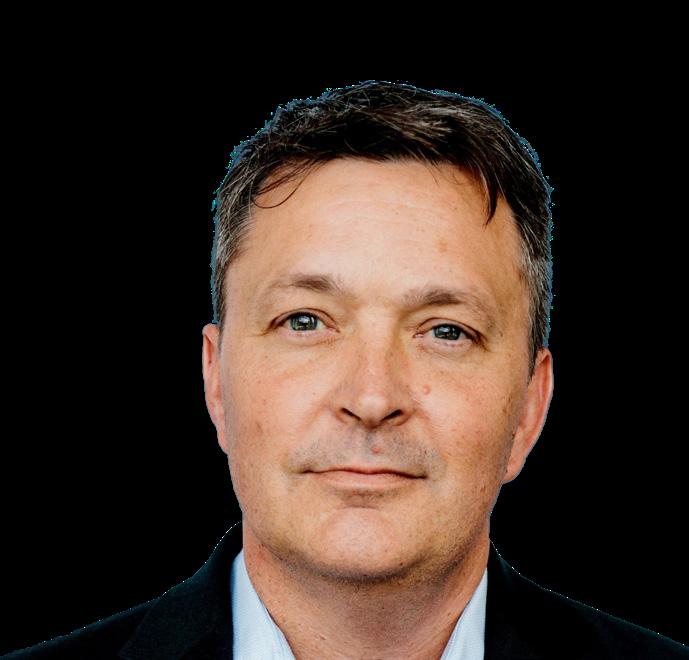
“Carbon-free is the focus, but we still intend to source the maximum amount of renewable power possible. As an industry, this challenge will be made possible once we start to solve storage challenges associated with energy from renewable sources.”

TITLE: VICE PRESIDENT OF ENERGY AND SUSTAINABILITY
Travis Wright is the Vice President of Energy and Sustainability. He pioneered QTS’ environmental and sustainability strategies and has been the driving force behind QTS’ expanding sustainability leadership position. He played a key role in the development of QTS’ Environmental, Sustainability and Governance (ESG) report – one of the first in the data centre industry –that documents QTS’ commitment to procure 100% of its power from carbon free sources.
Under his leadership, QTS has become one of the largest users of green power among all data centre companies and the 13th largest among Top Tech & Telecom companies overall. Travis was instrumental in QTS being awarded the prestigious GRESB benchmark ranking QTS #1 among
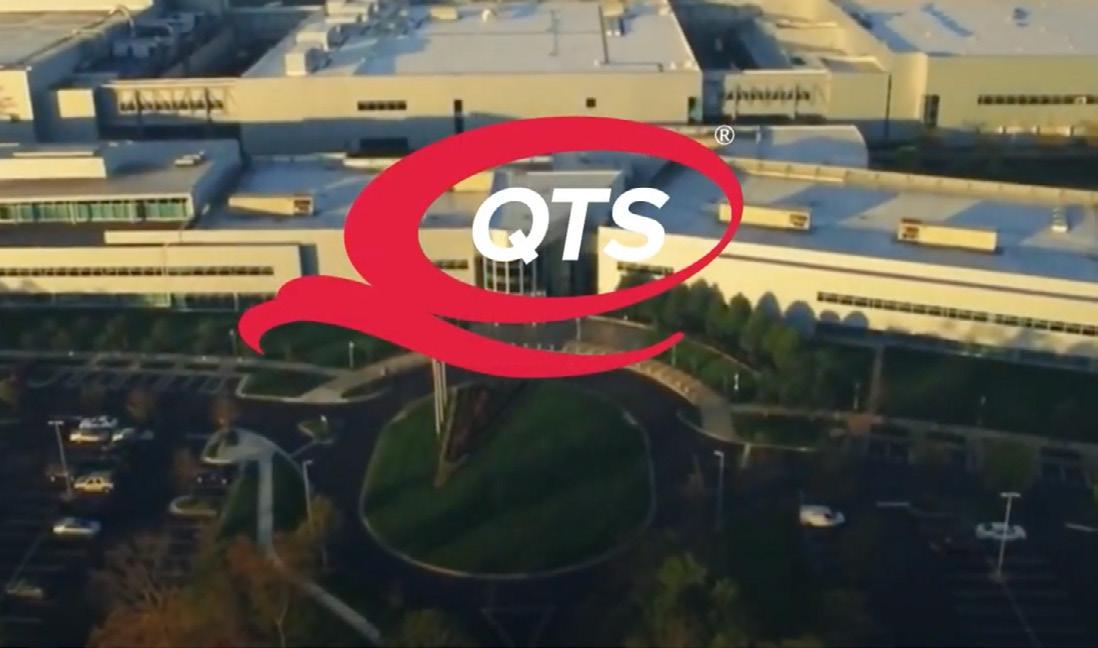
A holistic approach to sustainable data centres
QTS prides itself on approaching sustainability in a holistic way, which is demonstrated through QTS’ Freedom standard design and building specification – the basis of all new greenfield builds. This standardised design accelerates rapid deployment of data centre space and aligns with the logistical and sustainability requirements of the world’s most sophisticated companies who benefit from Freedom’s modular approach and
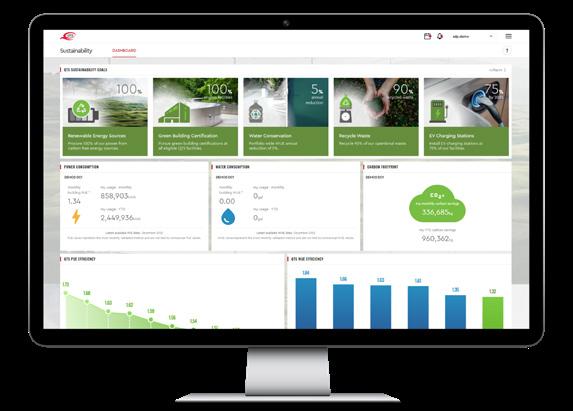
“IT’S LESS TO DO WITH CORPORATE PROFITS AND MORE TO DO WITH GOING OUT INTO THE WORLD AND CREATING GOODS. IN A WAY, WE’RE LEADING THE INDUSTRY DOWN A PATH AND ENCOURAGING OTHERS TO FOLLOW”
TRAVIS WRIGHT VICE PRESIDENT OF ENERGY AND SUSTAINABILITY, QTSWATCH NOW
ability to pinpoint and optimise power and cooling to specific spaces.
This includes Water Freedom as a key feature. Water Freedom is the industry’s first true zero-water cooling solution paired with 100% renewable energy making QTS’ data centres some of the most water-efficient data centres in the world.
“Previously, companies could do zerowater cooling systems, but they required a lot more energy,” Wright explained. “This meant there was a trade-off between being either energy-efficient or water-efficient. Water Freedom uses a low-pressure, pumped, refrigerant system that uses outside air economisation to deliver world-class energy efficiency metrics, as well as using minimal water. It’s a game-changer.”
Technology companies are renowned for having aggressive decarbonisation goals and QTS is expected to match their standards in its data centre builds. “Whenever we go into new markets, we strive to achieve what others have never done before,” Wright explains. “It’s all about being good to society and our bottom line at the same time. We want to lead the industry and encourage others to follow.”
Although sustainability means something different to everyone, QTS places great importance on their programme being “financially, culturally, and operationally” sustainable, to ensure the company achieves its ESG goals for years to come. As a result, QTS is passionate about creating new initiatives that create value for stakeholders, while also benefiting society at the same time. These initiatives consider QTS’ influence and impact on the environment through energy, water and waste while addressing the company’s relationship with its employees and
communities.
The company has also introduced unique “success-based giving programmes” based on the amount of energy contracted by each customer.
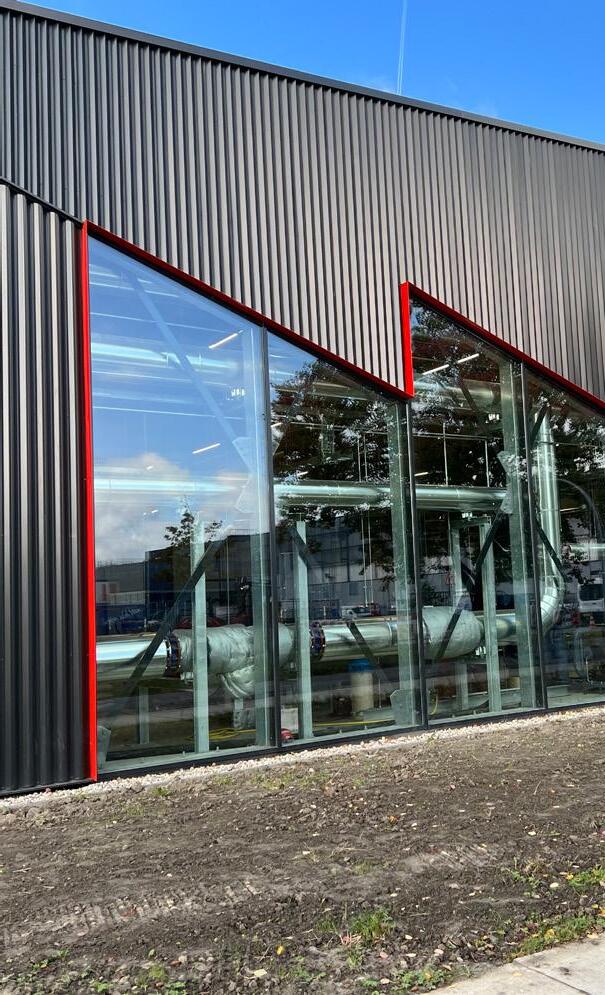
While attending a sustainability conference in San Francisco, Wright and his team met American Forests – a non-profit conservation organisation, dedicated to protecting and restoring healthy forest ecosystems.
“We loved their mission, but we couldn’t immediately come up with a way a data centre company could work with a tree planting organisation,” Wright explains. “As the team was brainstorming, we came up with the idea of linking the success of QTS to planting trees.”
“We measure our business in energy and we sell based on kilowatts (kW). So, we developed a programme that for every 100 kW that a customer signs with us, we would plant one tree per month for the entire life of their contract.
“After doing the calculations, we realised it was a good place to start – but we wanted to do more. So, we decided to go back in time and plant trees for everybody who’s ever signed contracts with us in the past.”
Five minutes into pitching the idea to Chad Williams, QTS’ CEO, the idea was approved, and Williams insisted that Wright and his team launch a similar project with clean water resources in impoverished nations.
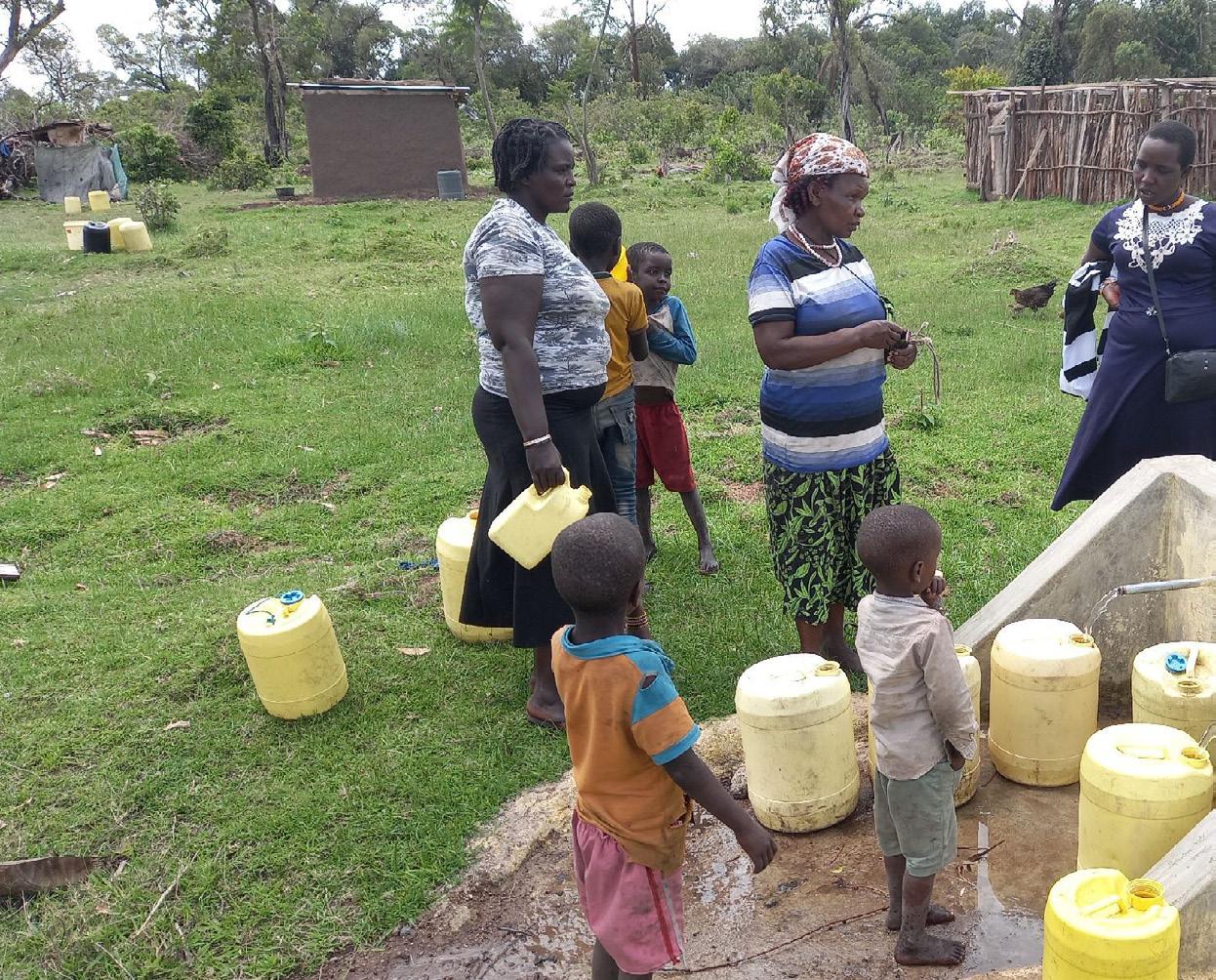
“THERE ARE VERY WATERSTRESSED AREAS IN THE WORLD, SO WE DECIDED TO WORK WITH SOME OF OUR BEST SUPPLIERS TO JOINTLY DEVELOP A SUPER-EFFICIENT METHOD OF USING ZEROWATER COOLING SYSTEMS”
TRAVIS WRIGHT VICE PRESIDENT OF ENERGY AND SUSTAINABILITY, QTS
After some research, QTS partnered with World Vision to create a programme that would supply three people with clean water for every 100kW sold. In addition, when a large company signed a 12MW deal or larger, QTS would build a water well in a community in a developing country, providing thousands of people with access to clean water for decades.
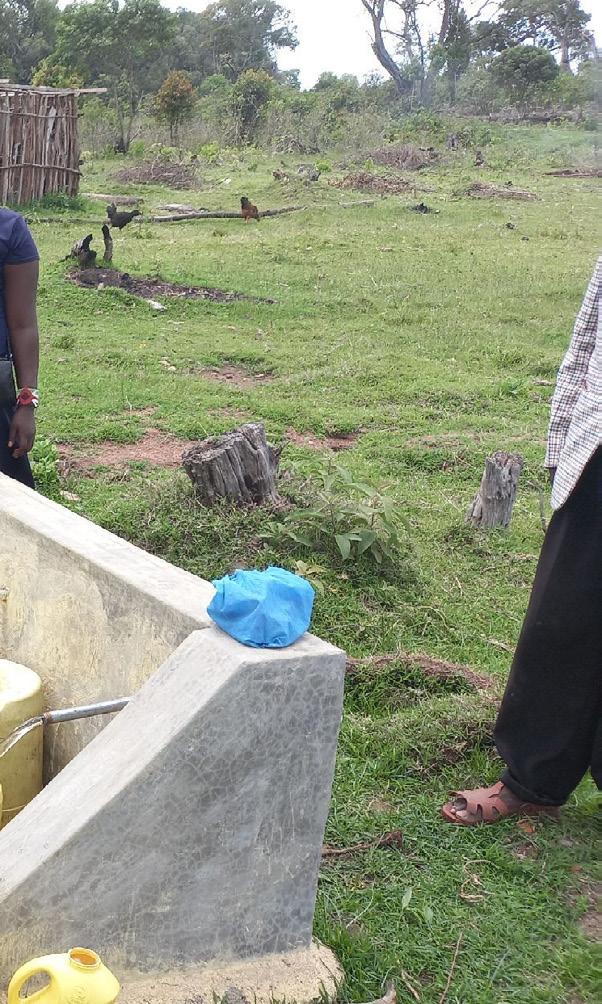
QTS’ third success-based giving programme with the US Dream Academy involves sponsoring children of incarcerated parents in Dream Academy Learning Center programs. Since its inception, QTS has sponsored more than 40 children with great success.
“Not only do these projects have fantastic repercussions globally, but our customers
also appreciate them. These initiatives are so different from what our competitors are doing and our customers are telling us they choose QTS because they’ll be doing good in the world, while also benefiting from highly sustainable data centre and IT infrastructure services.”
QTS’ passion for success-based giving did not go unrecognised. Last year, QTS won the award for Best Initiative for Philanthropy and Corporate Giving based on the programmes. Wright says: “Winning this award meant so much to all of us, simply because it shows the positive impact we’re having on the world and demonstrates the importance of being good corporate citizens.”
Other unique QTS sustainability initiatives are taking place in the Netherlands where QTS has data centres in Groningen and Eemshaven. In partnership with WarmteStad, the sustainable utility company for the municipality of Groningen, QTS is the first to supply residual heat for a large-scale sustainable district heating project.
“WarmteStad developed a way to capture the heat generated by data centres and use it to heat homes and buildings in the communities including a university campus situated nearby in the city of Groningen,” Wright said. “The district heating system takes heat directly from the data centre to heat water that is pumped through the existing hot water heating system in the buildings in the community.”
It is estimated that the district heating project will produce sustainable and affordable heat for more than 10,000 households, buildings and knowledge institutions in the northern districts of Groningen by 2026. By heating with water, buildings can operate without a natural
“They’re just going to get bigger,” Wright says. “Now, the world is moving into a new era of technology, with AI and autonomous vehicles at the forefront. There are a lot of things that are now cropping up as being the big drivers of data, and that curve of data usage is just exponentially growing.”
“So we’re getting more efficient in how we build data centres, but ultimately, we’re going to be growing at a rapid rate. We’re going to start seeing gigawatt-sized campuses for data centres in the distant future.”
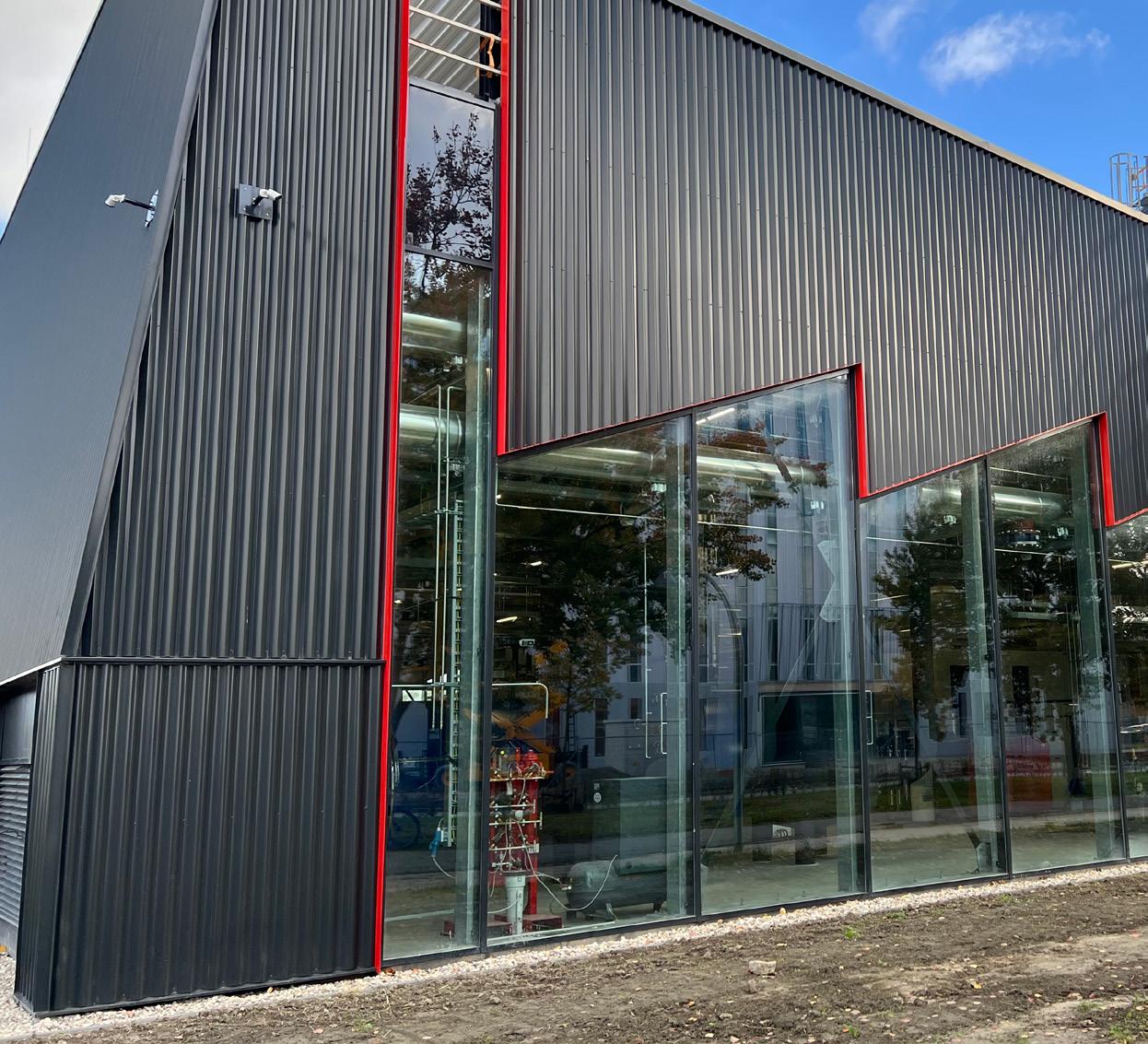
“Our electricity grid may not be able to support that, so we will probably end up doing on-site preservation. We also may have small-scale nuclear reactors on-site, in the next seven or eight years away in the US – less than that in Europe.”
“I do think the carbon-free resource of generating electricity onsite is the future, which I think it’s pretty exciting.”
gas connection which significantly reduces CO2 emissions and supports Groningen’s environmental goal to be completely CO2 neutral by 2035.
This revolutionary system is much more common in Europe than in the US, mainly because the infrastructure is typically closer together. The Dutch government advocates these systems and therefore incentivises companies, so there is a third party taking the heat from QTS and delivering cold in return. This cold return water allows increased efficiency of the data centre cooling system.
Another creative QTS sustainability initiative addressing energy and water conservation is the North Water initiative. “Until recently, data centres in certain parts of the Netherlands were cooled using valuable clean public drinking water. QTS’ Eemshaven data centre and Google are now using North Water’s sustainable ‘industry water’ to provide energyefficient cooling for data centre servers while freeing up millions of gallons of clean drinking water for the surrounding community,” Wright explained.
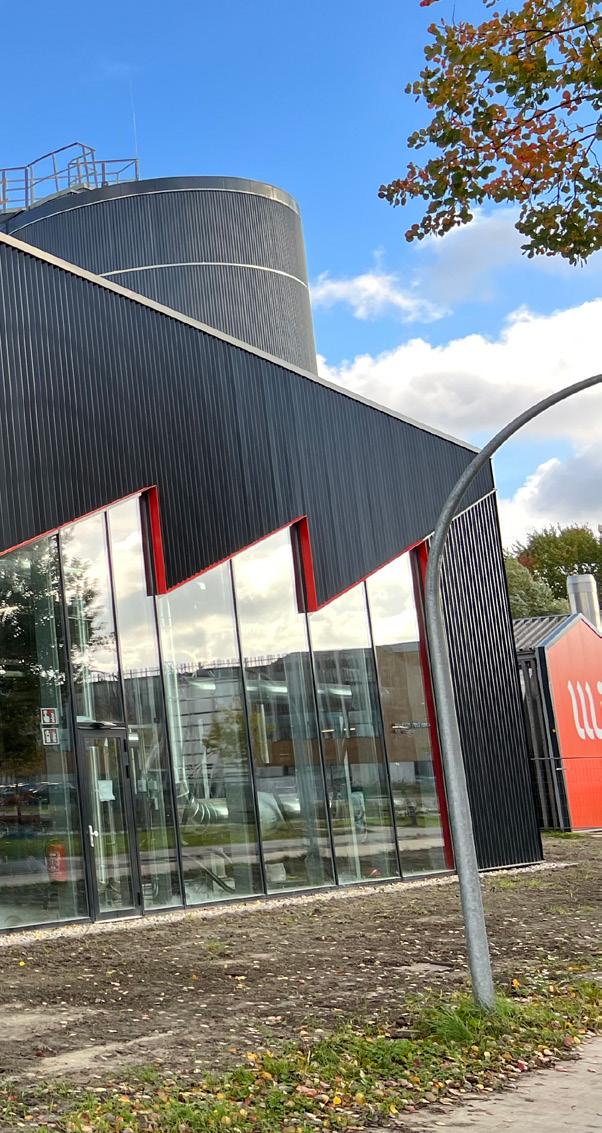
In addition, QTS recently launched the data centre industry’s first sustainability dashboard as part of its API-powered Service Delivery Platform. It enables customers to get a real-time view of the environmental impact of their IT infrastructure hosted in the data centre. The dashboard allows customers to see their building-level power usage effectiveness (PUE) and water usage effectiveness (WUE) data, typically difficult to obtain but often required for ESG reporting. Customers gain added insight into their environmental impact with access to data illustrating renewable energy, power and water consumption, carbon footprint and carbon savings.
“All of this gives our customers real-time energy and water use that other companies aren’t providing,” Wright explains. “This allows us to open up the books and to show that we’re being completely transparent. More companies are required to report on their sustainability footprints, so they need our data to ensure they are being completely transparent.”
“SIMILAR TO THE OTHER PROJECTS, EVERY TIME A DEAL IS MADE BETWEEN ONE AND 12KW, WE WILL SPONSOR A CHILD FOR A YEAR. SO FAR, WE’VE SPONSORED OVER 40 CHILDREN”
TRAVIS WRIGHT VICE PRESIDENT OF ENERGY AND SUSTAINABILITY, QTS



6 - 7 September 2023
Business Design Centre, London
SPONSORSHIPS GET YOUR PASS